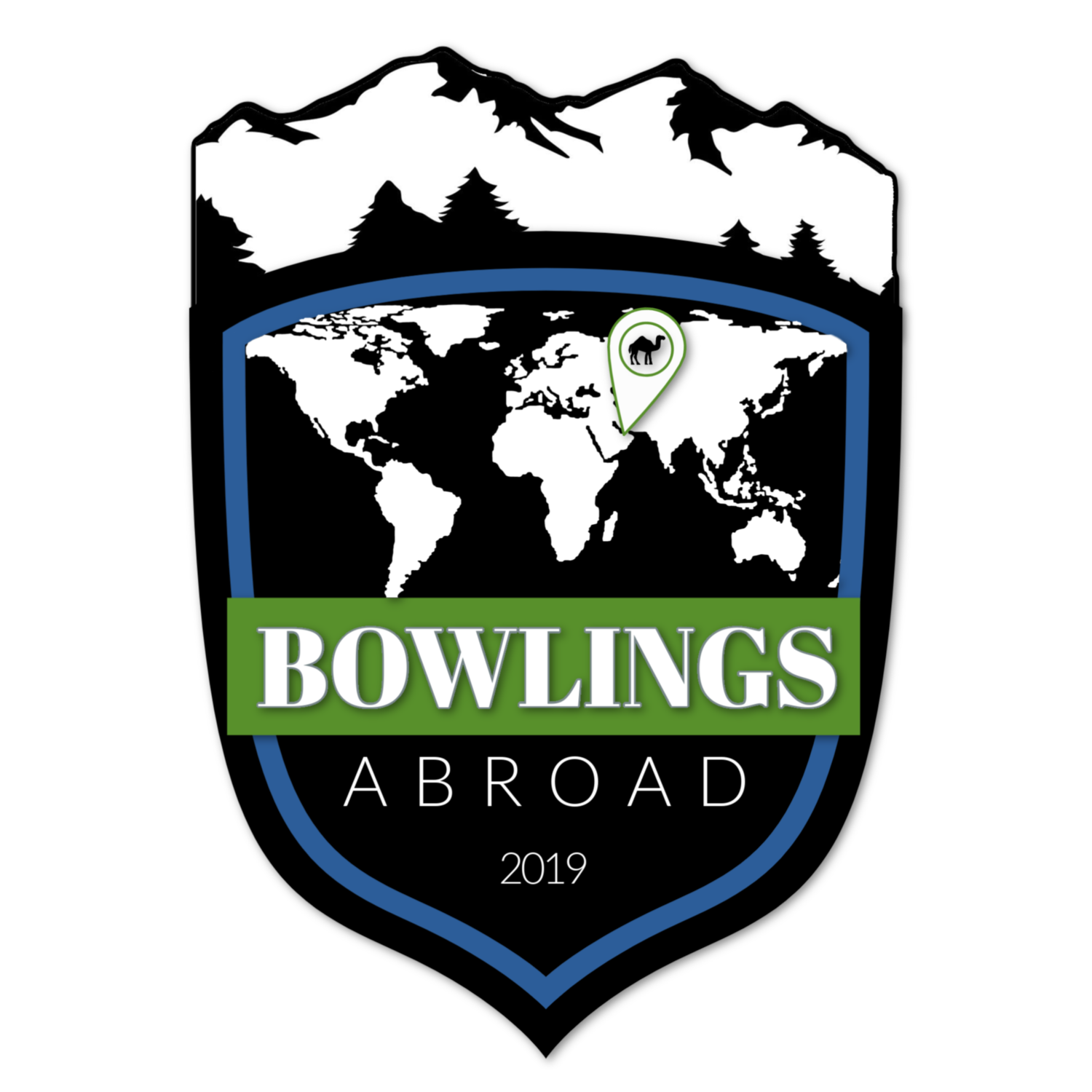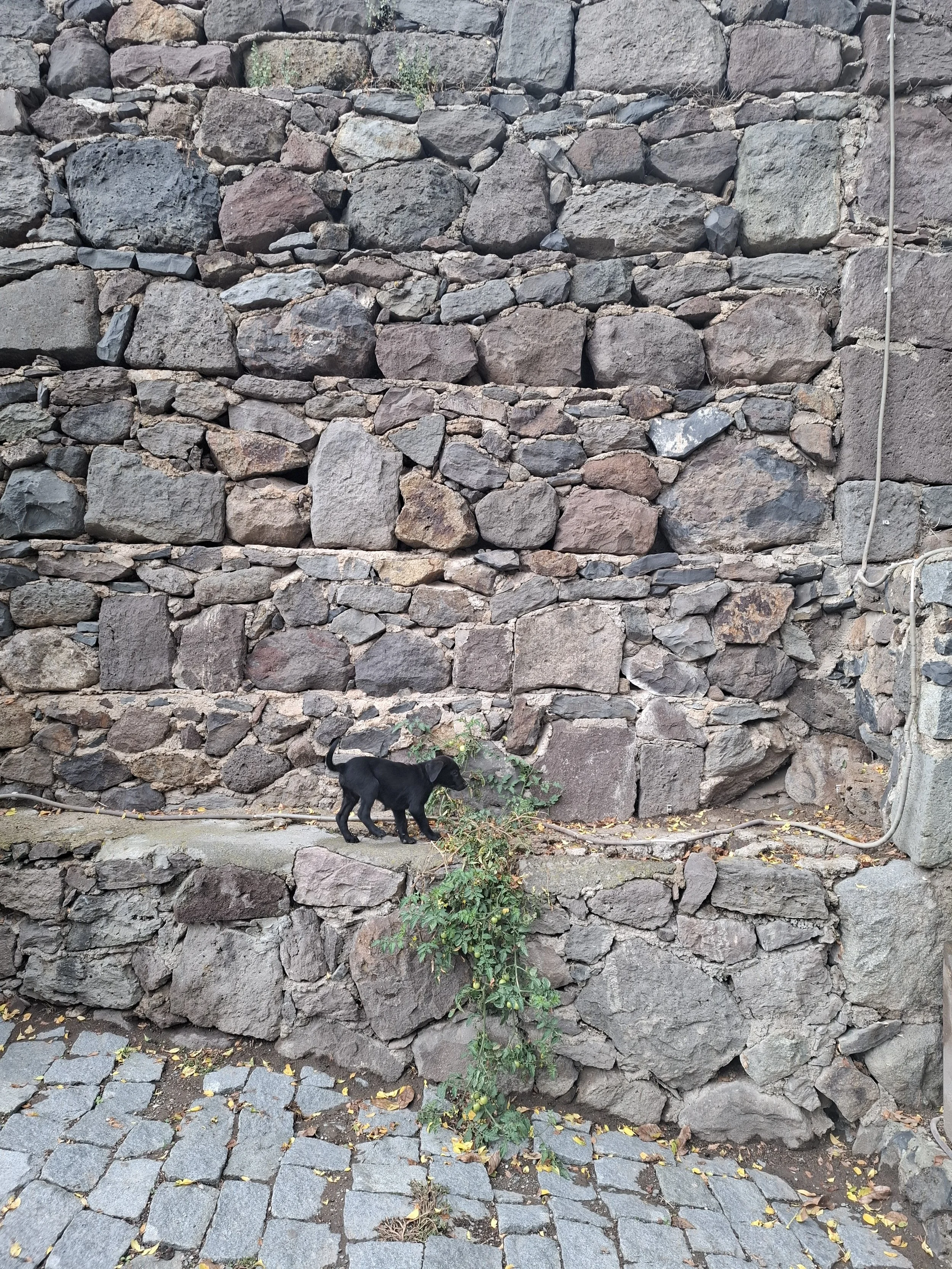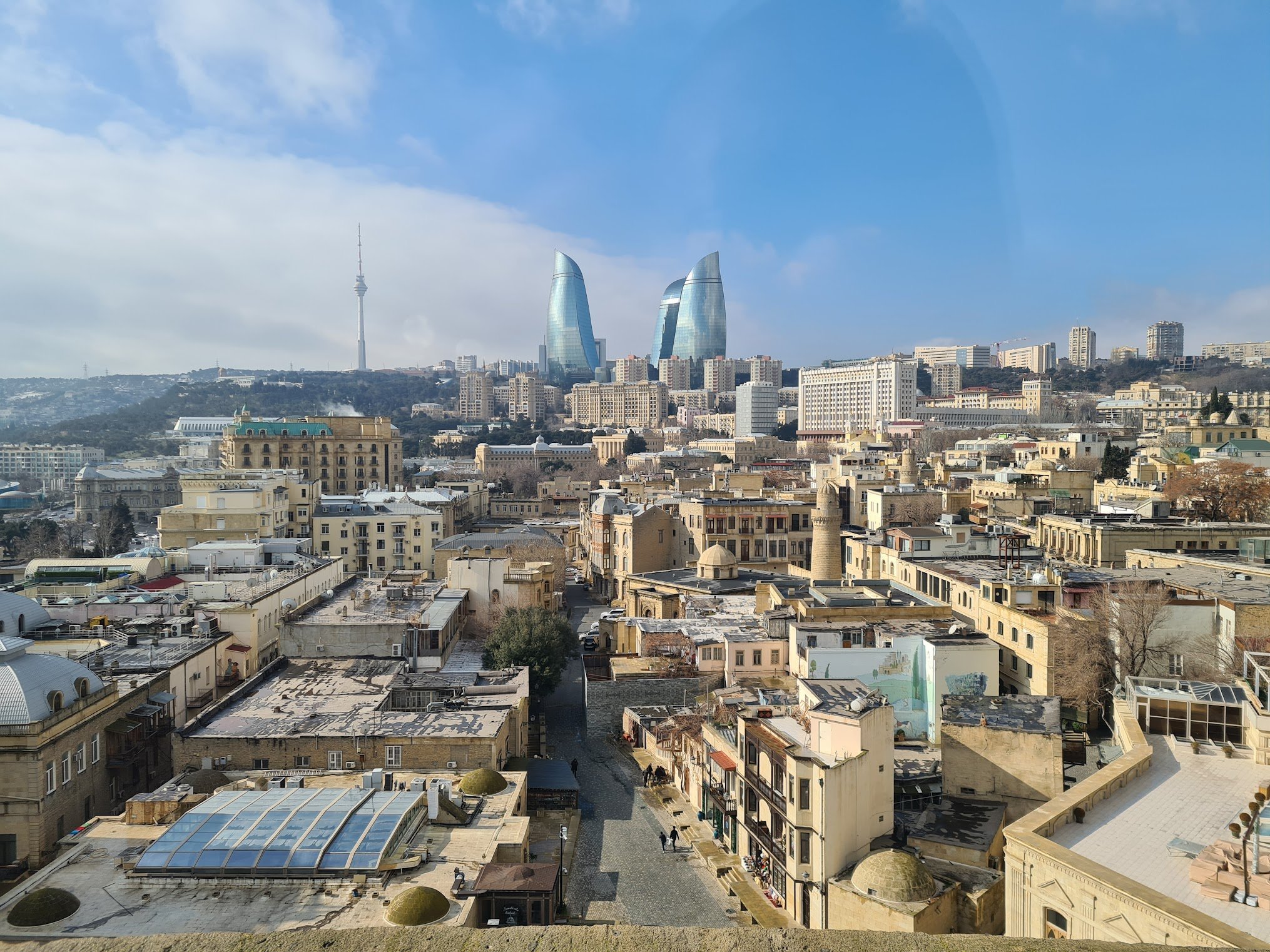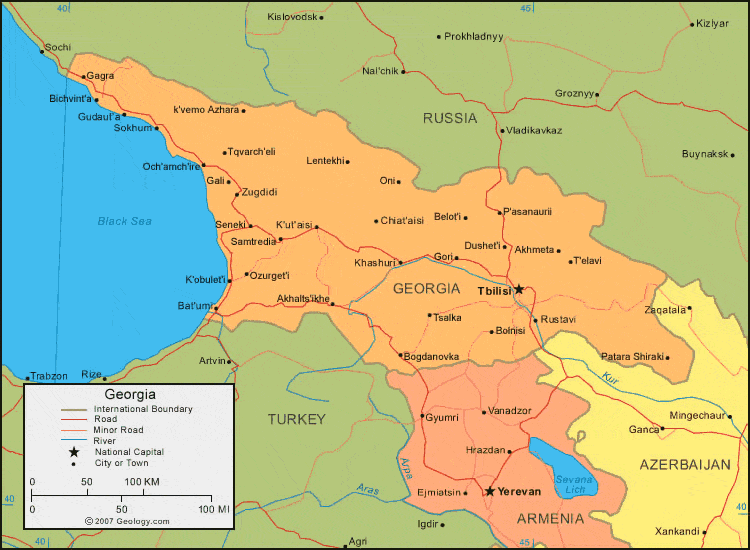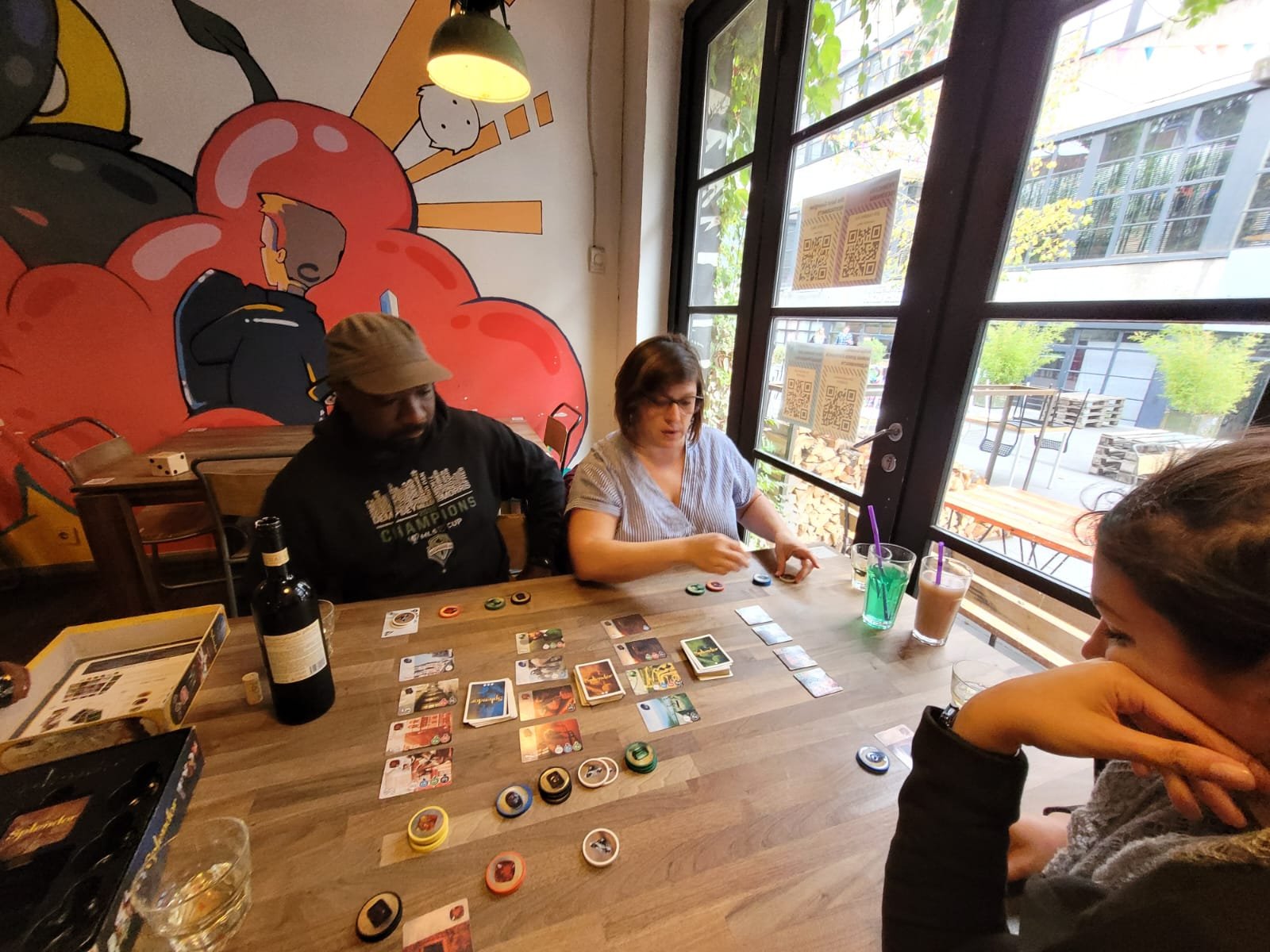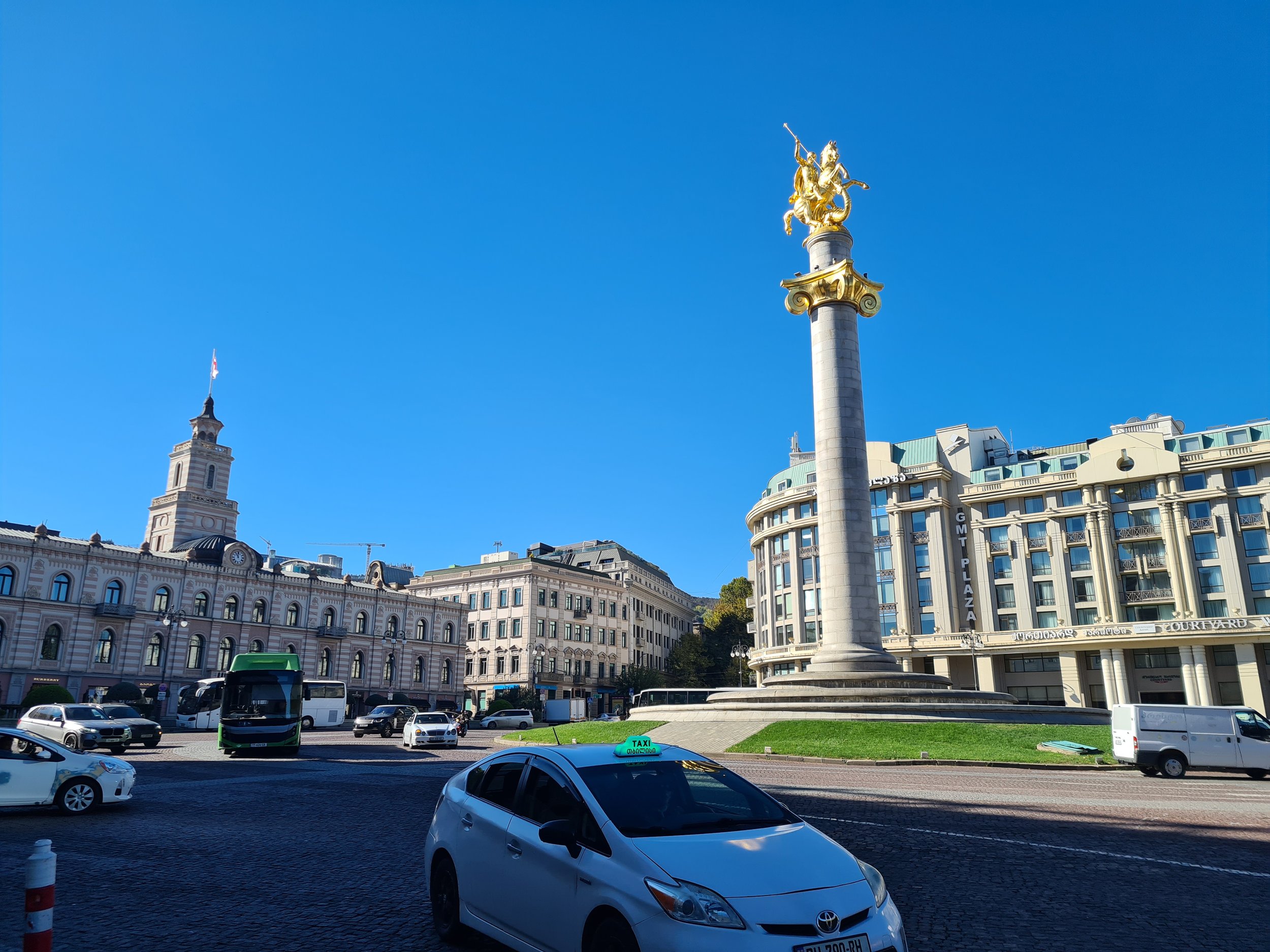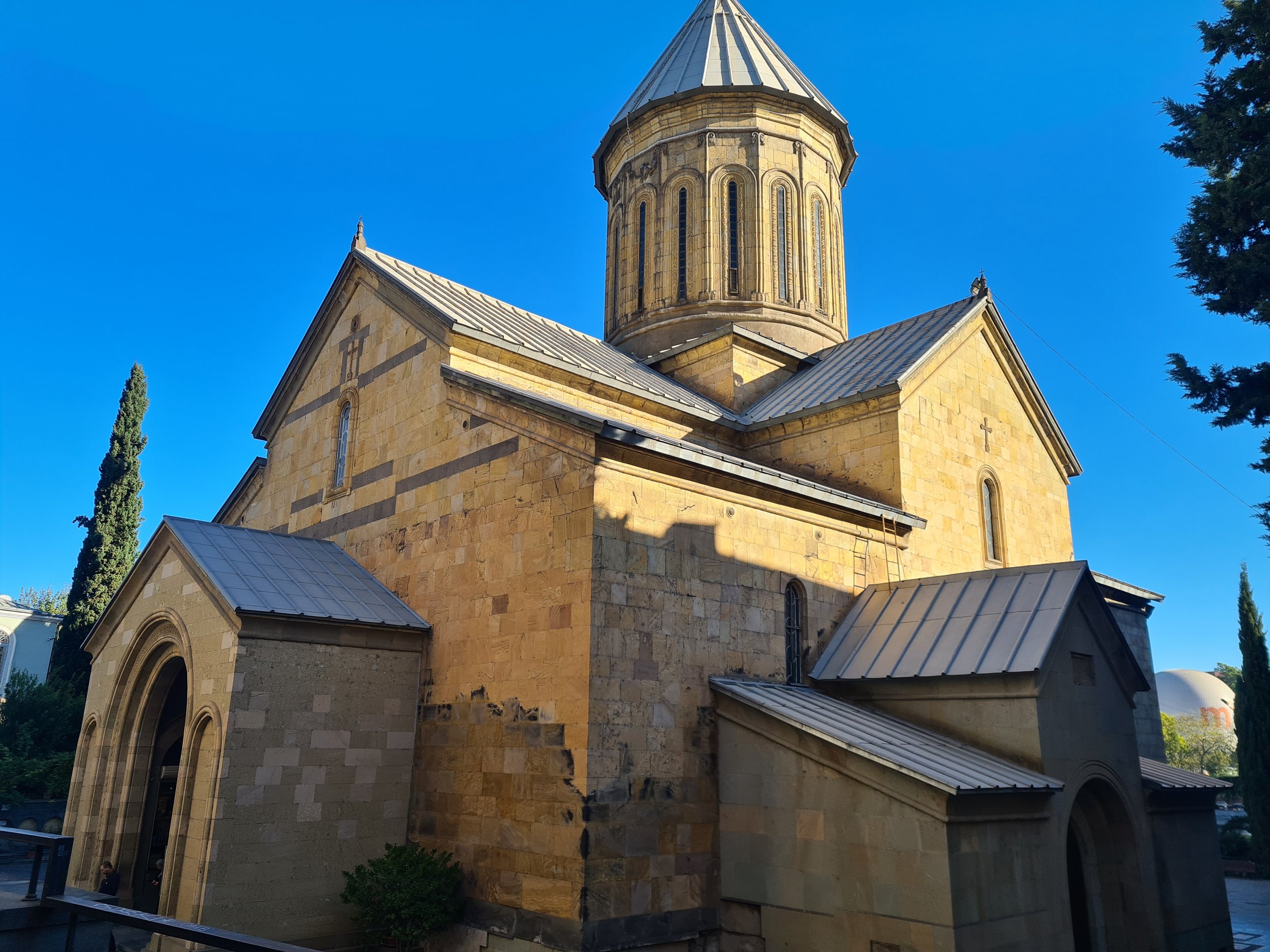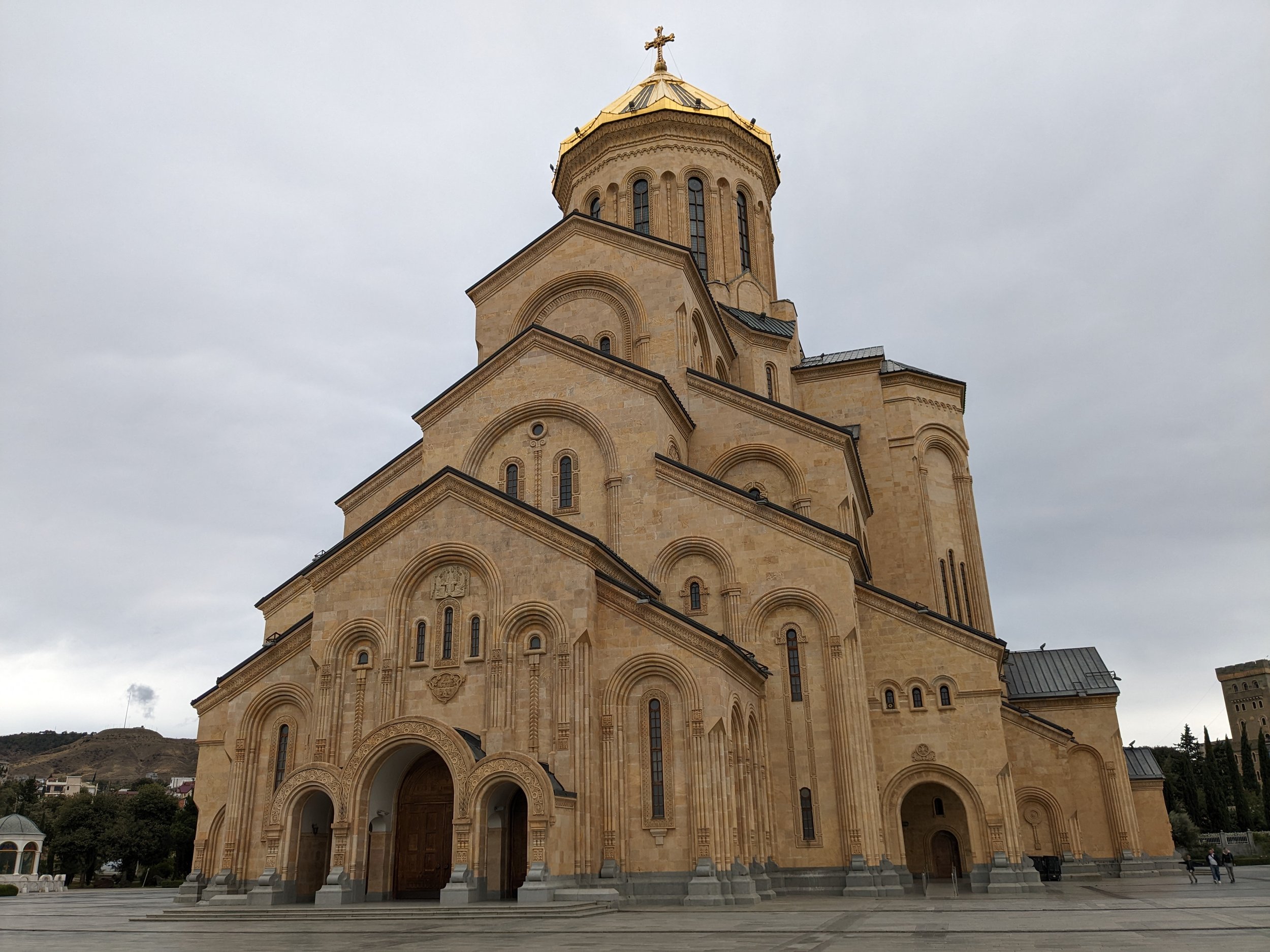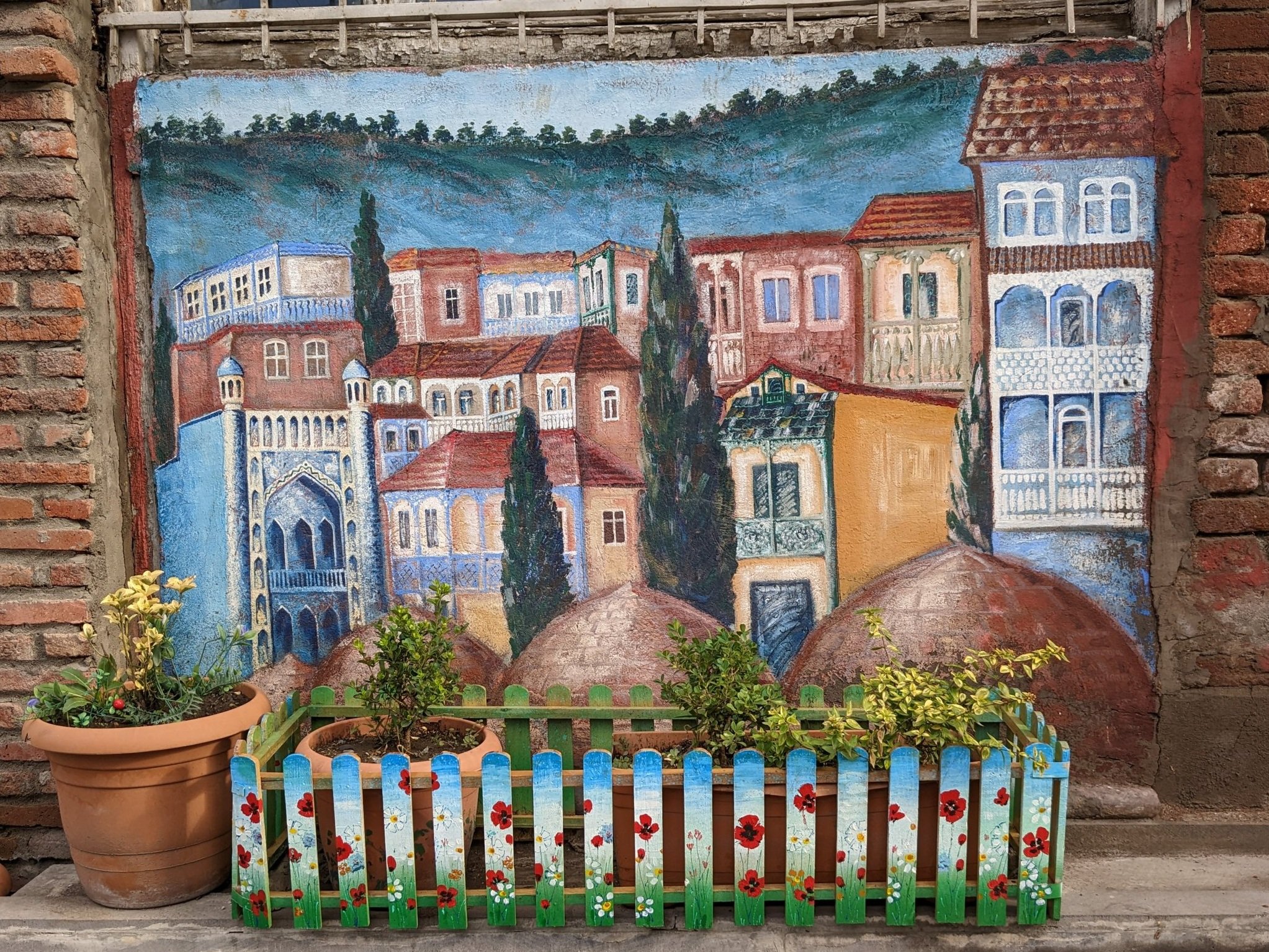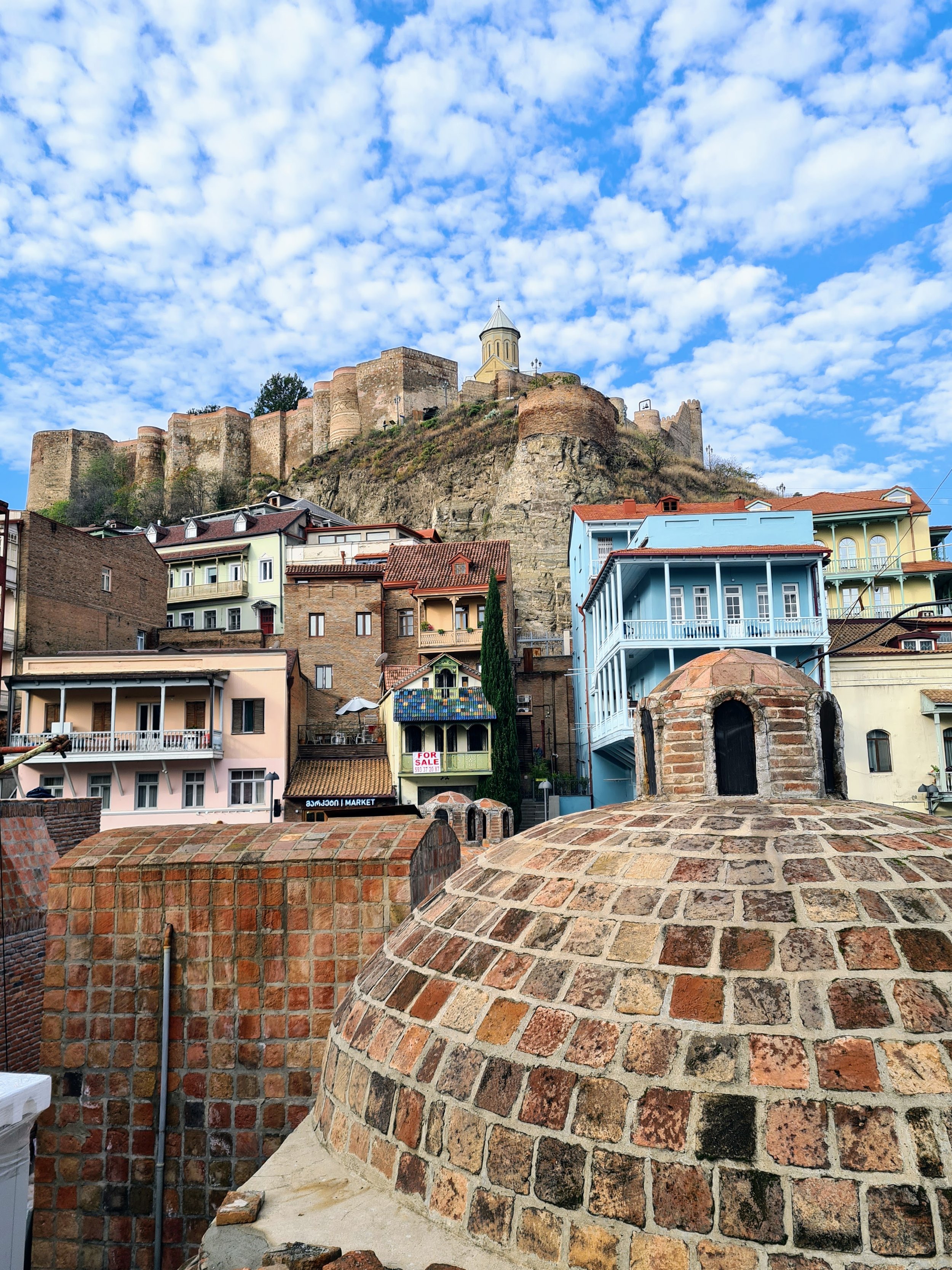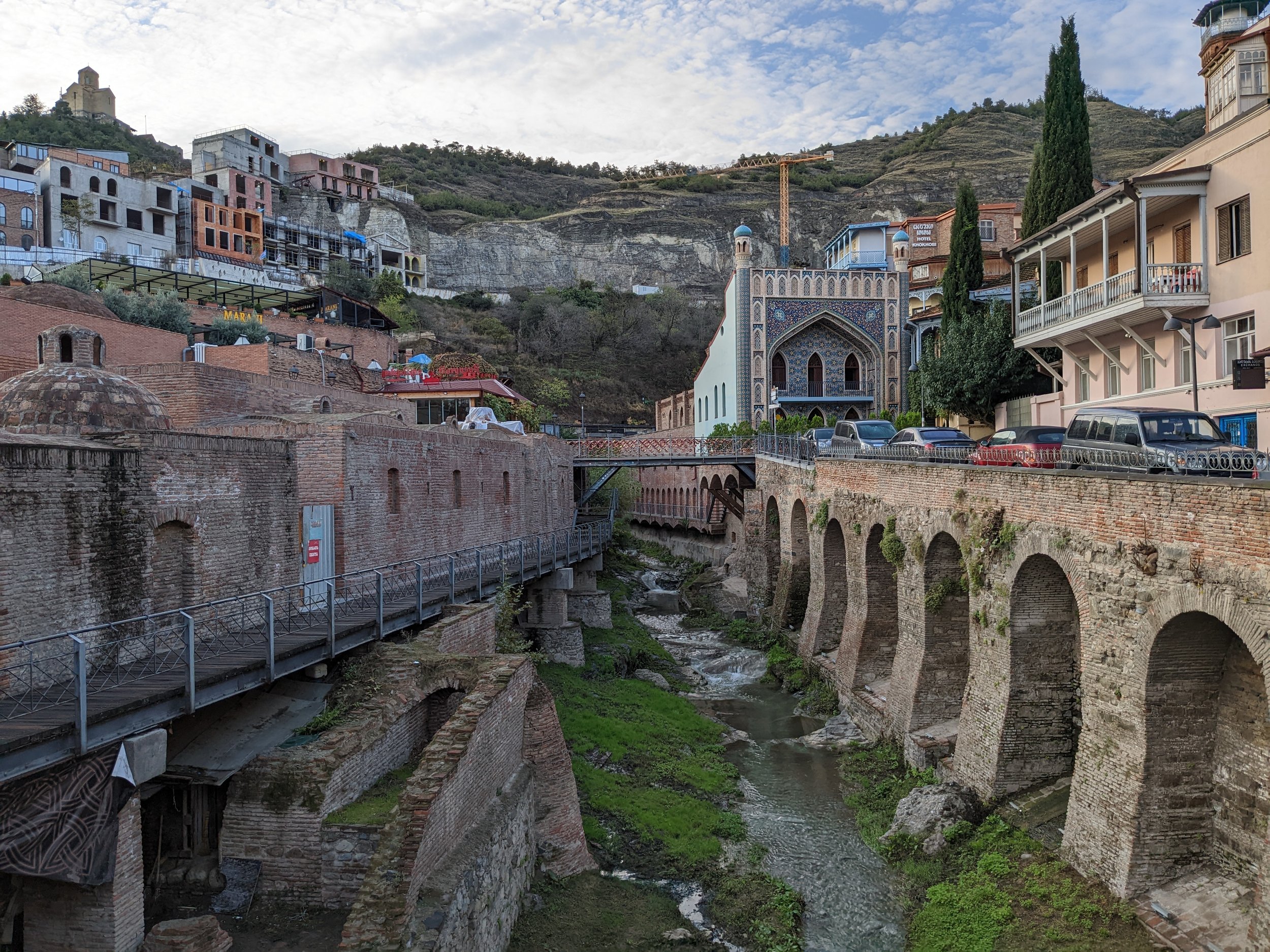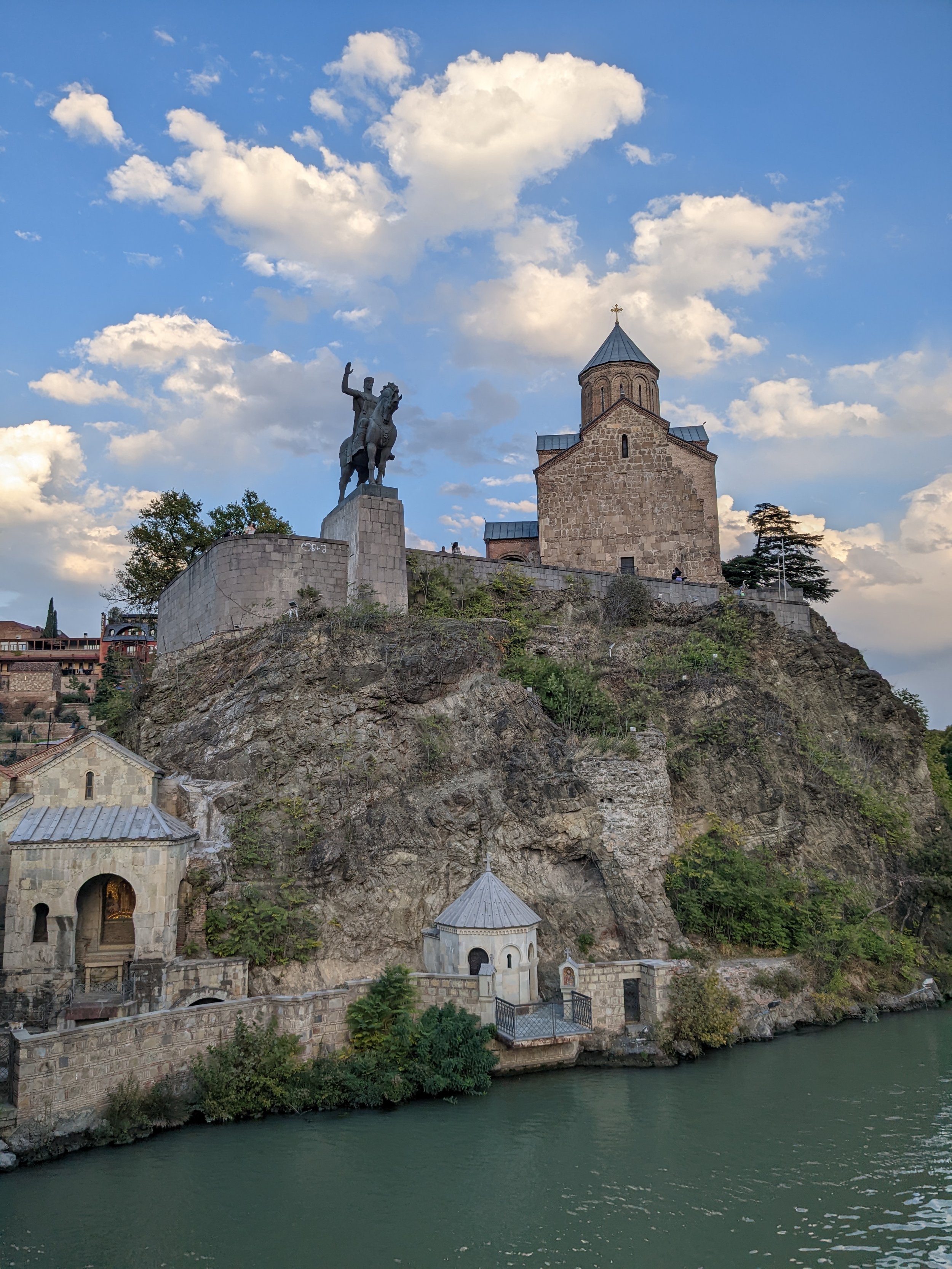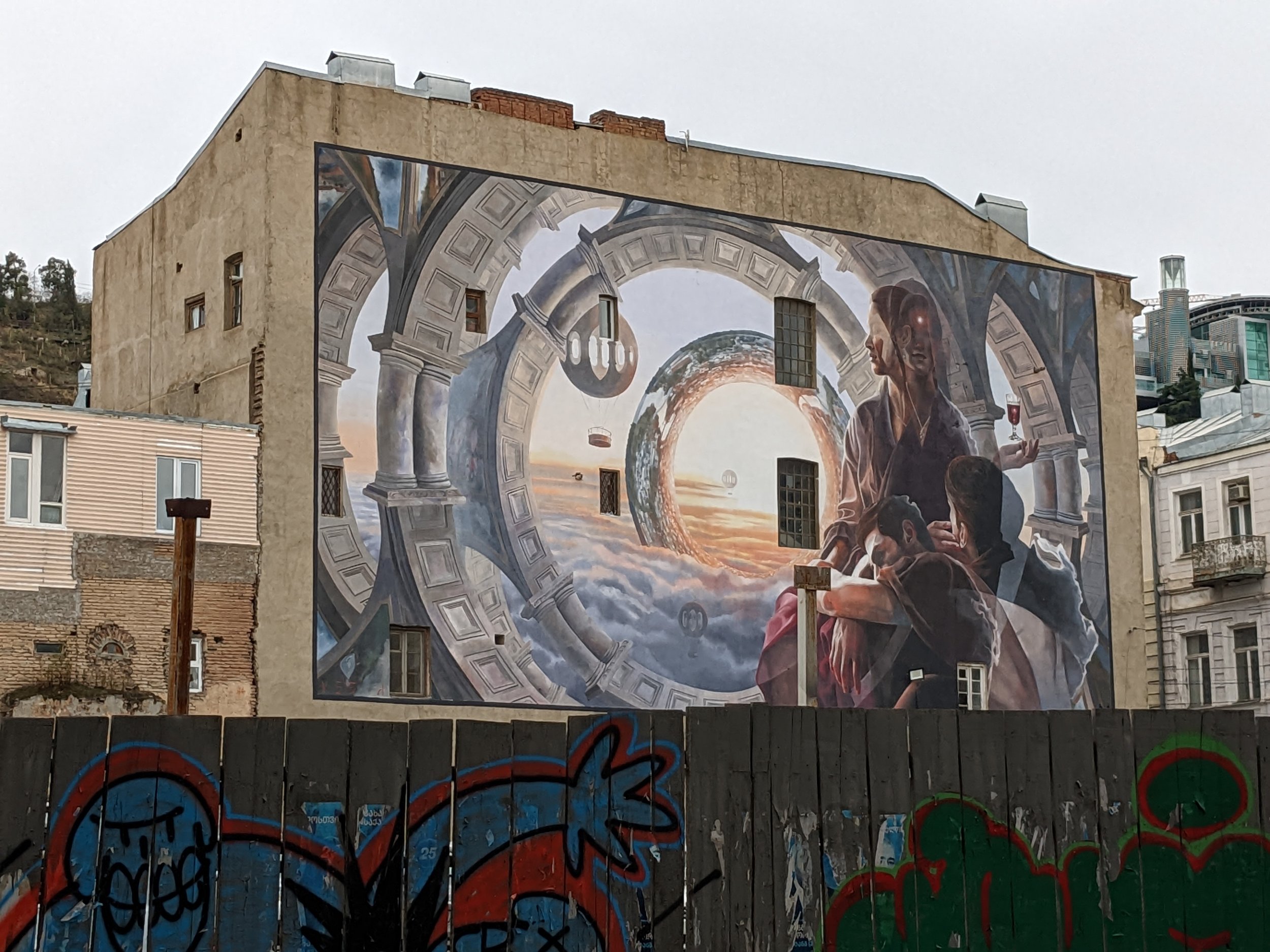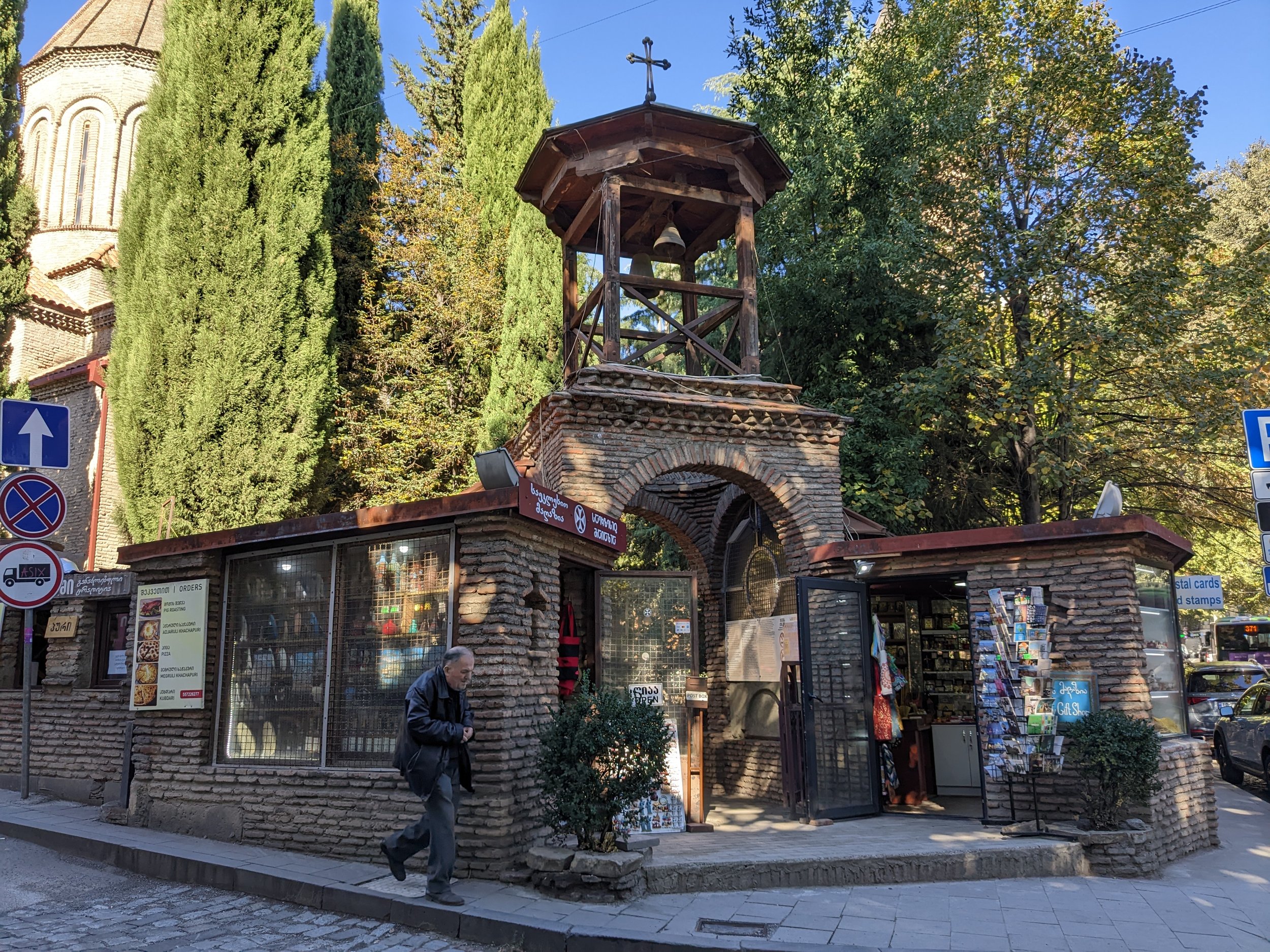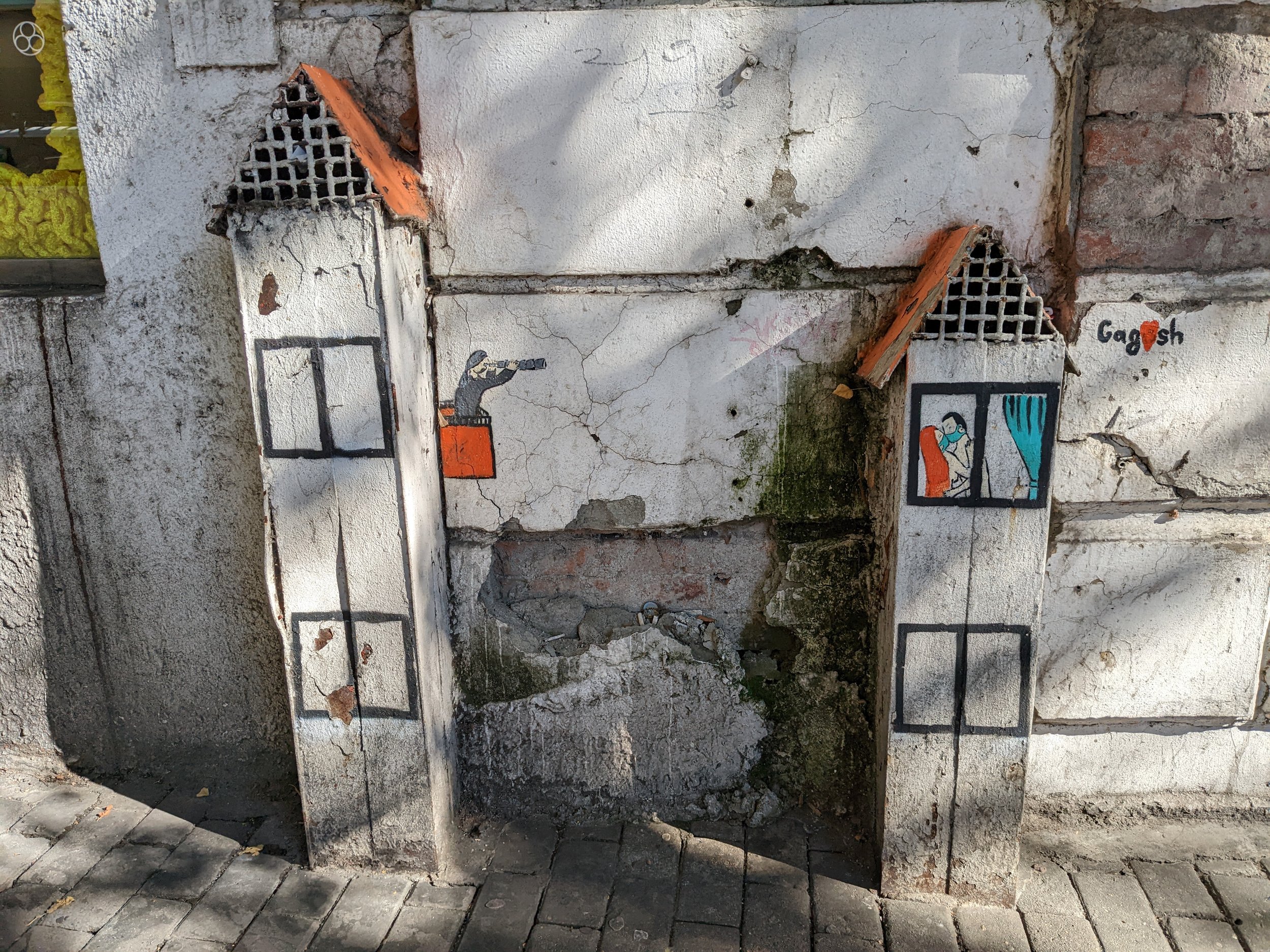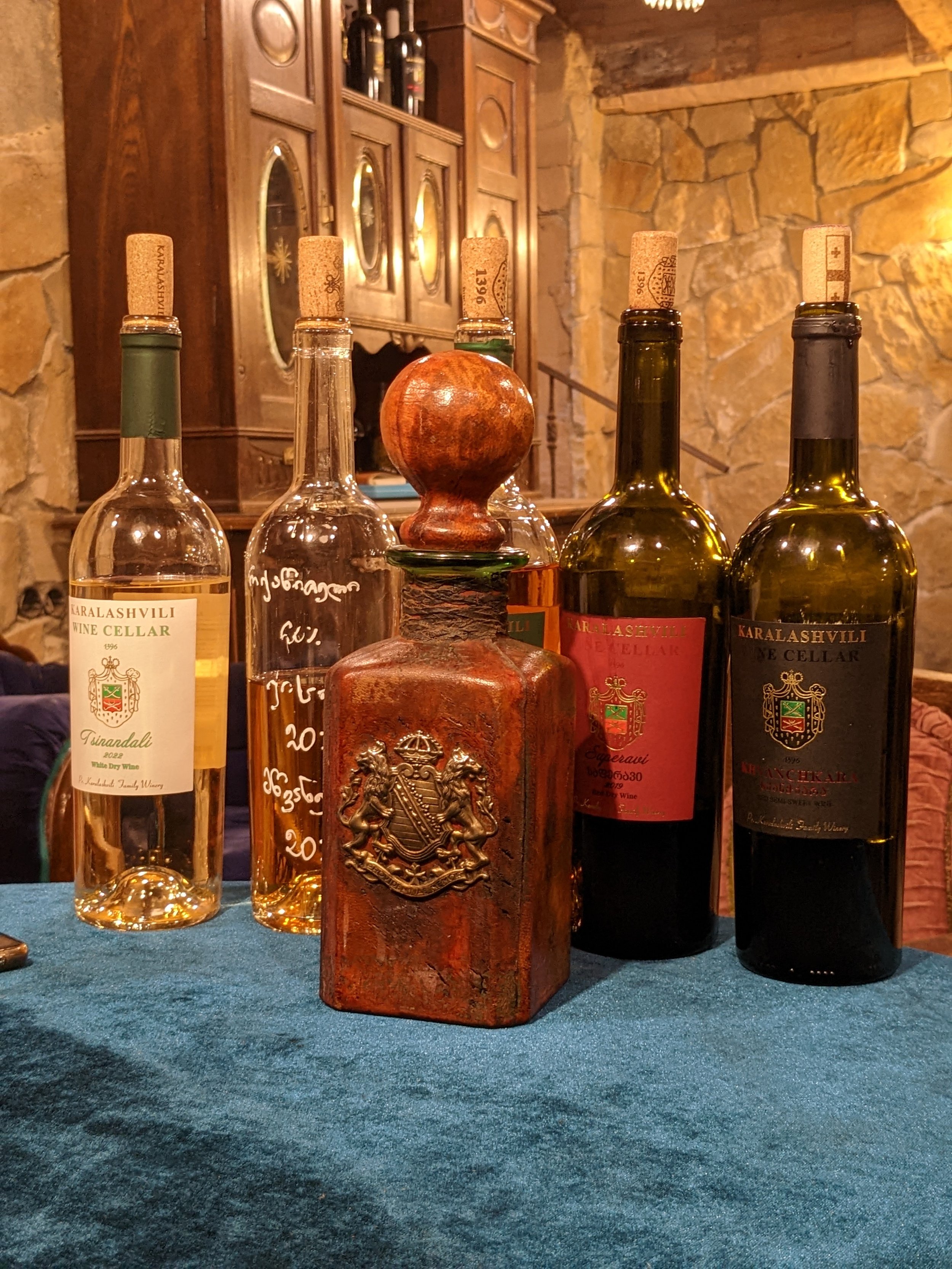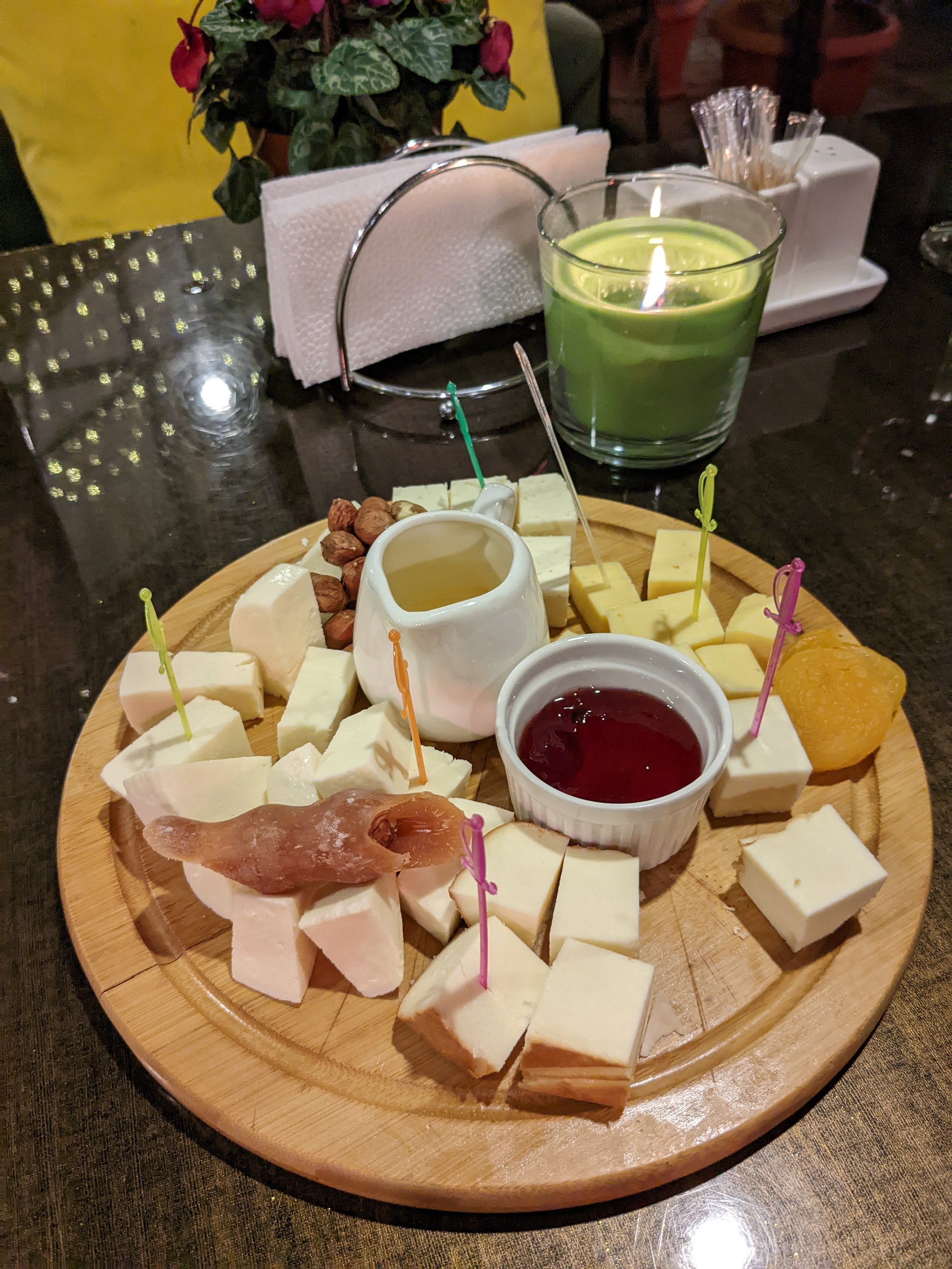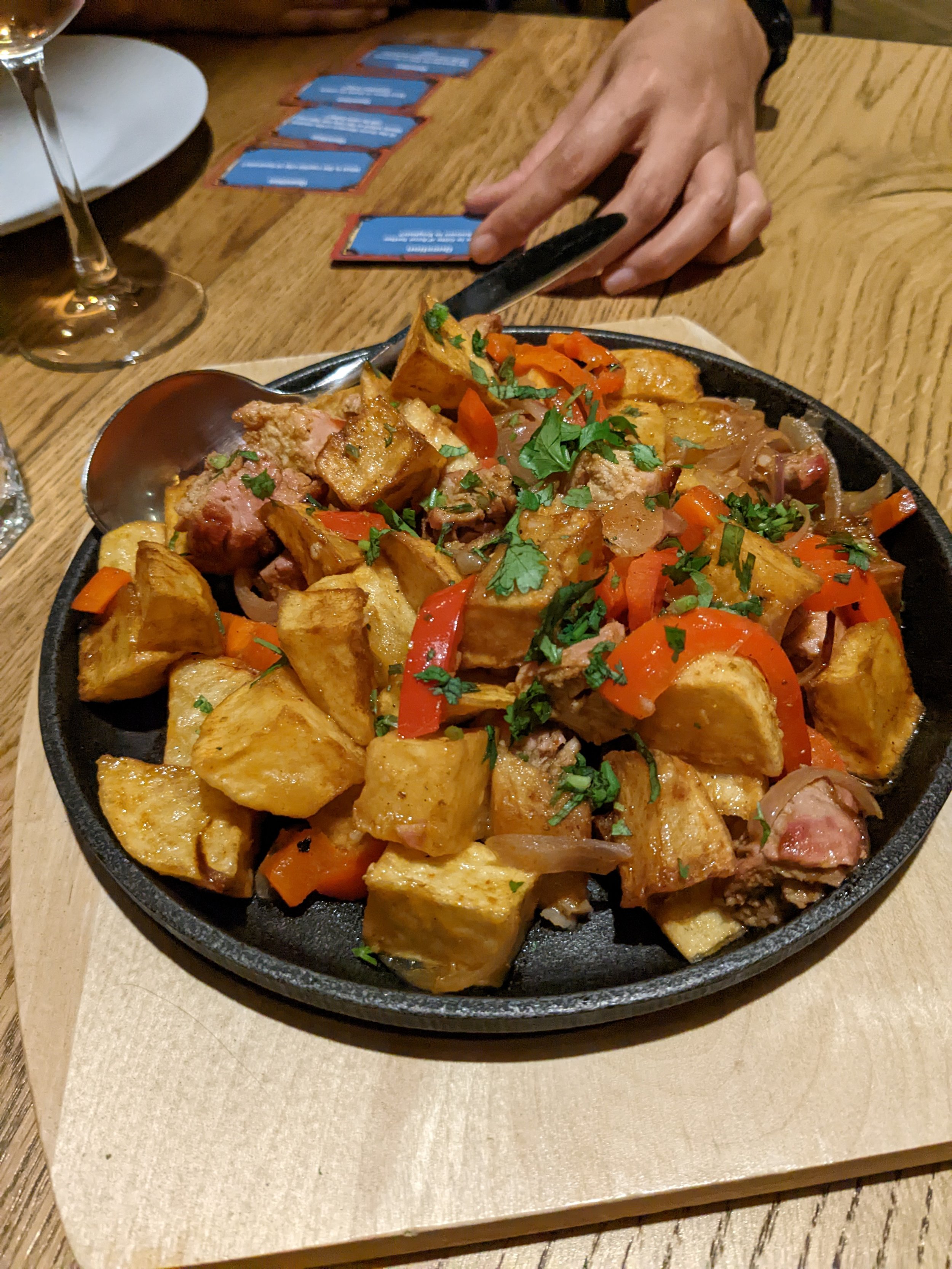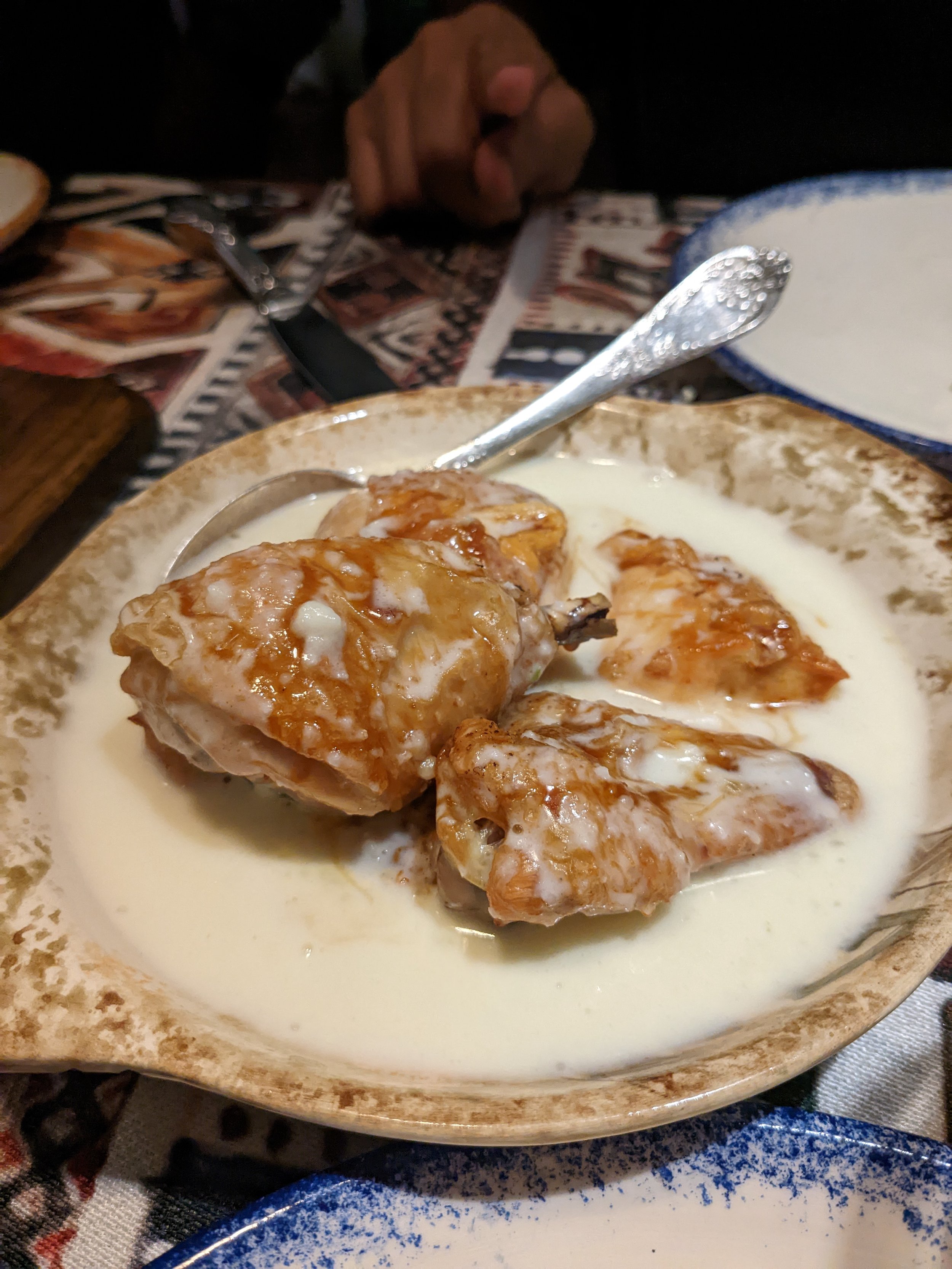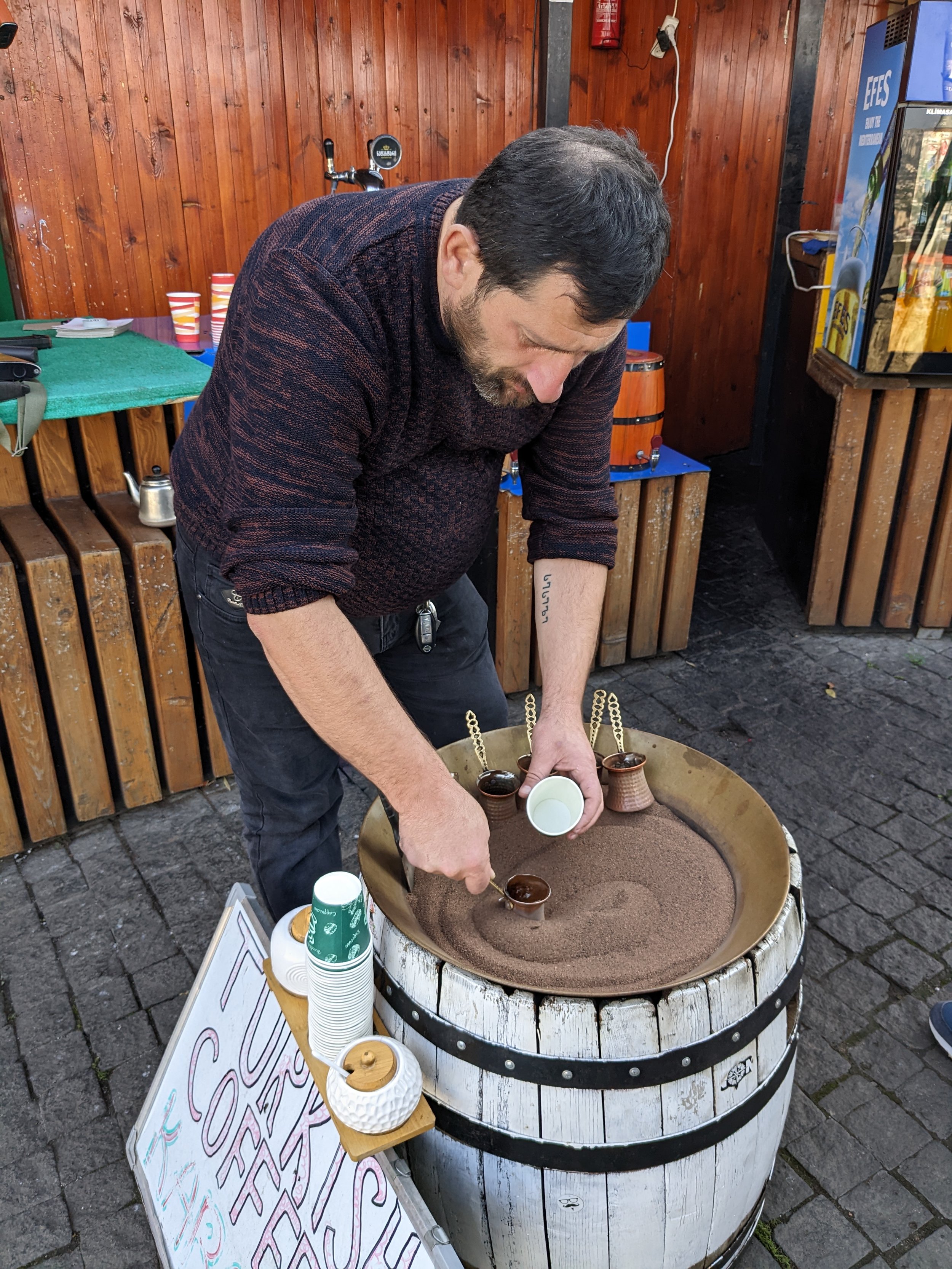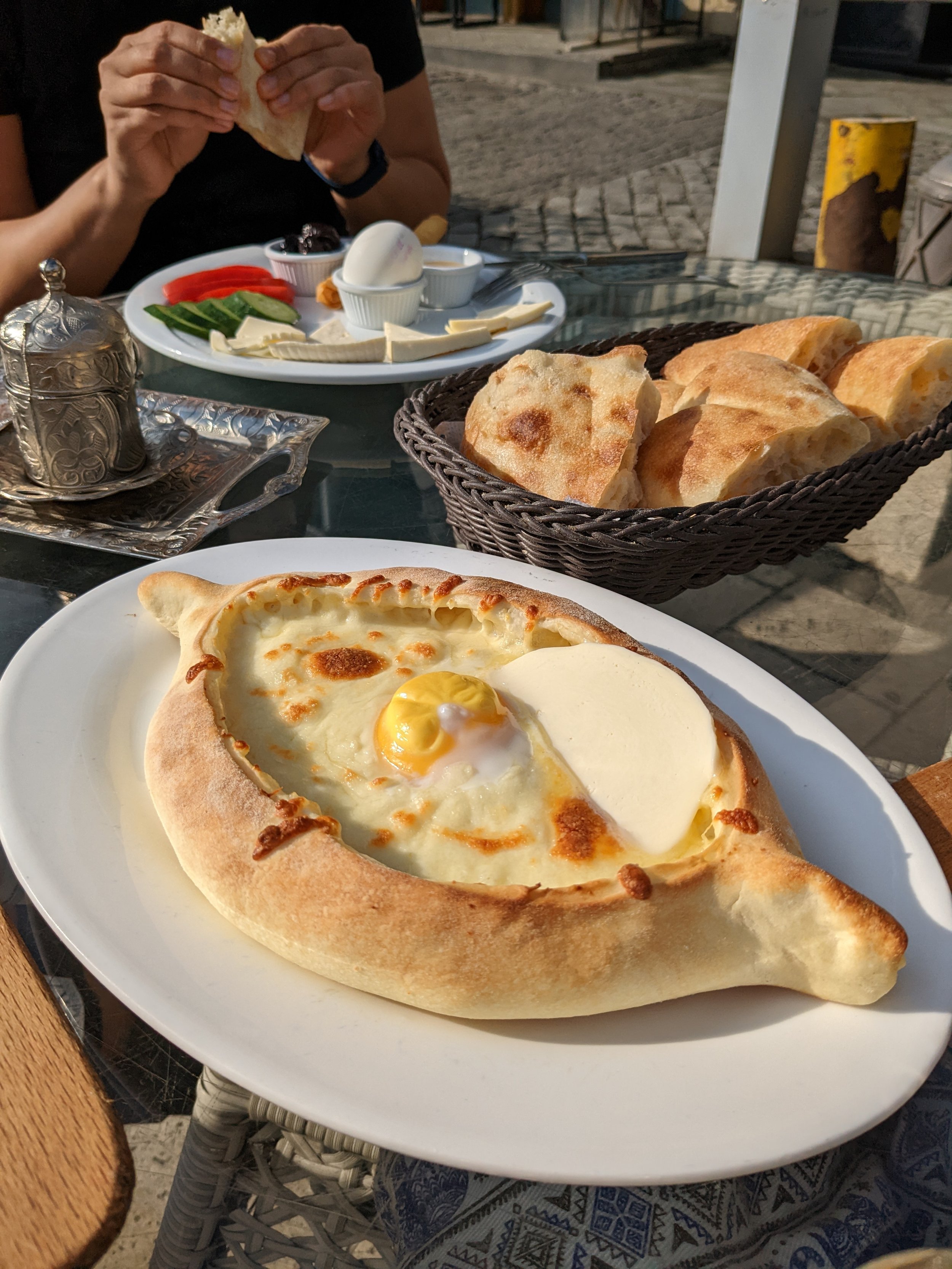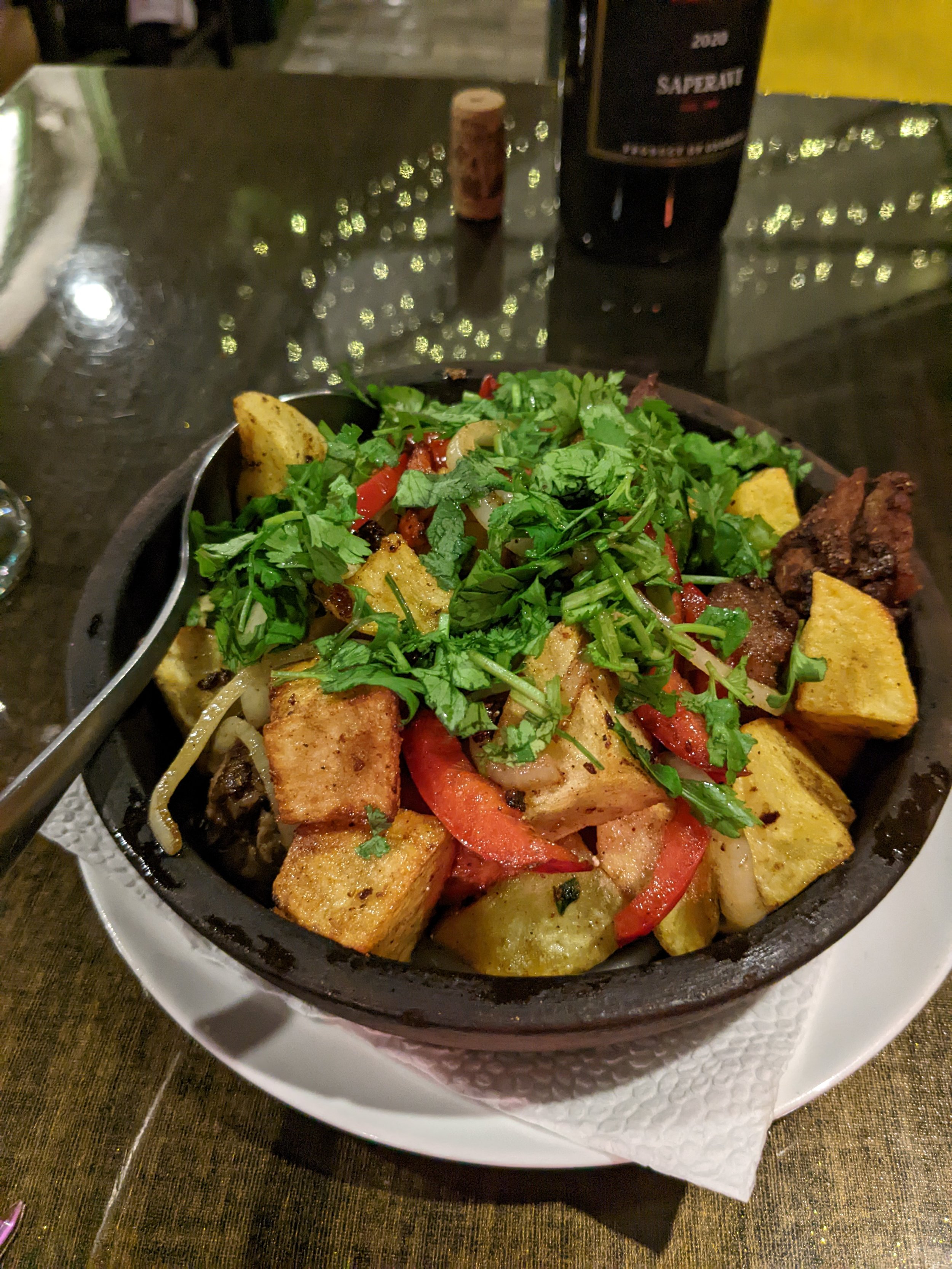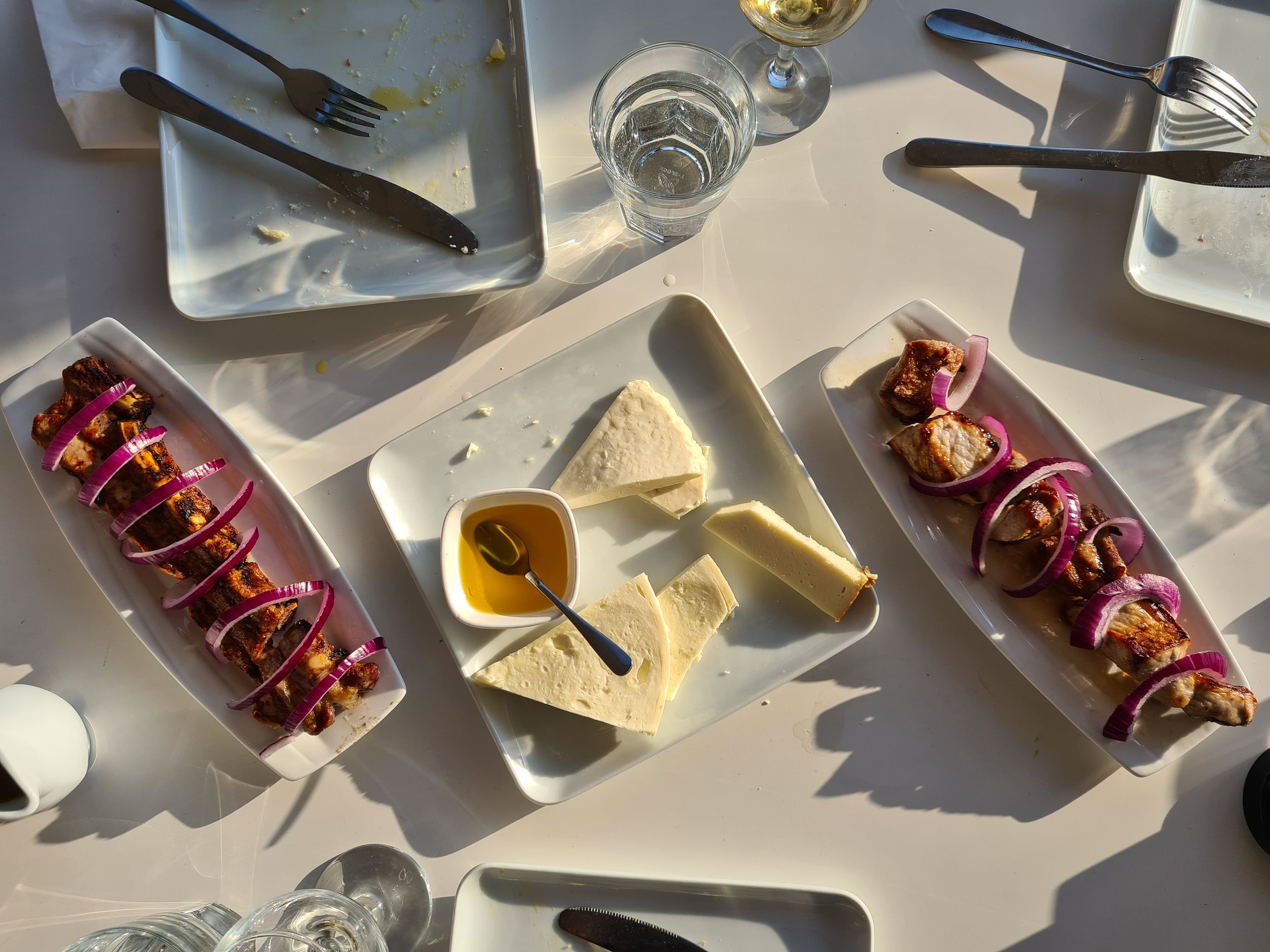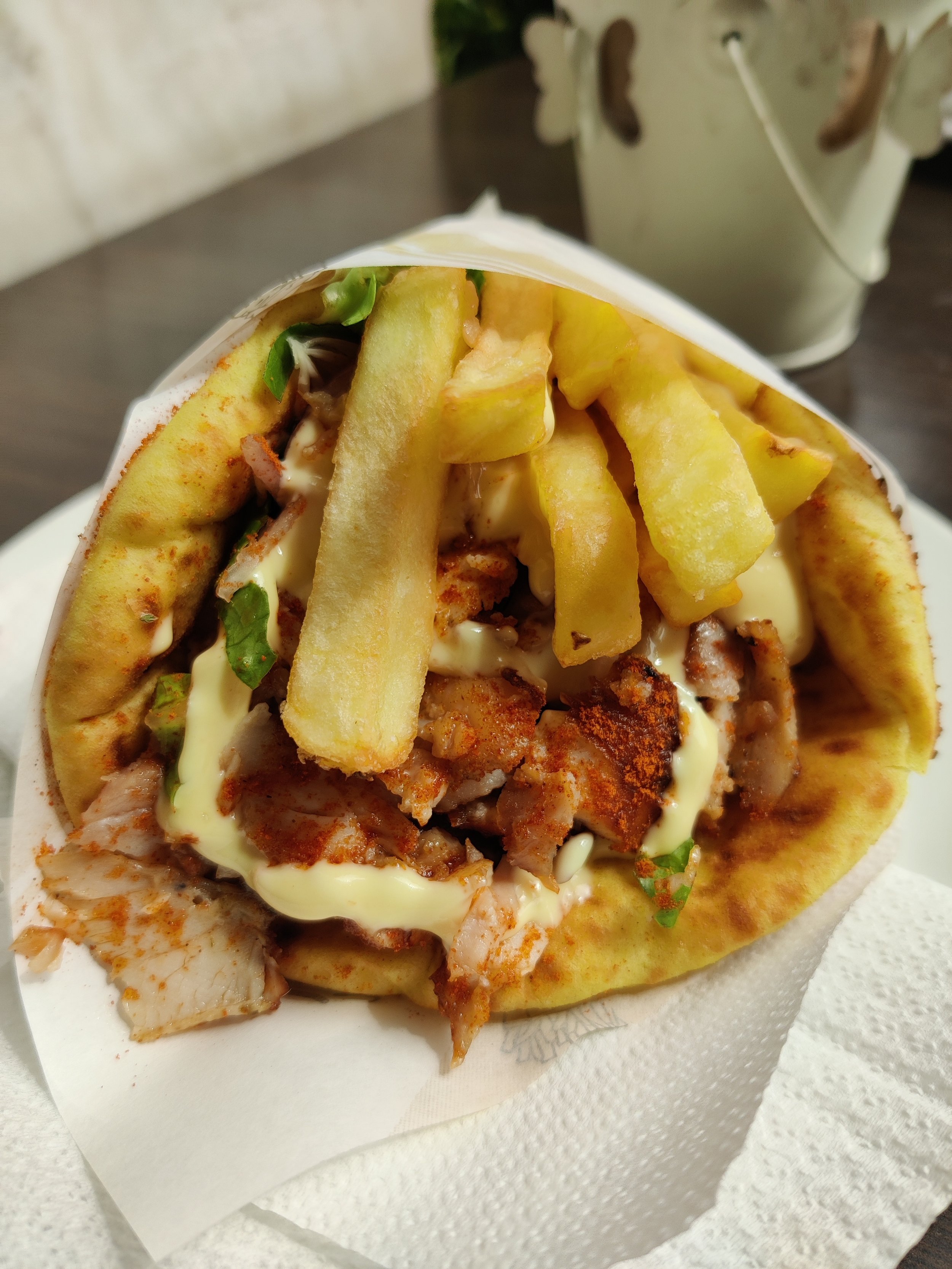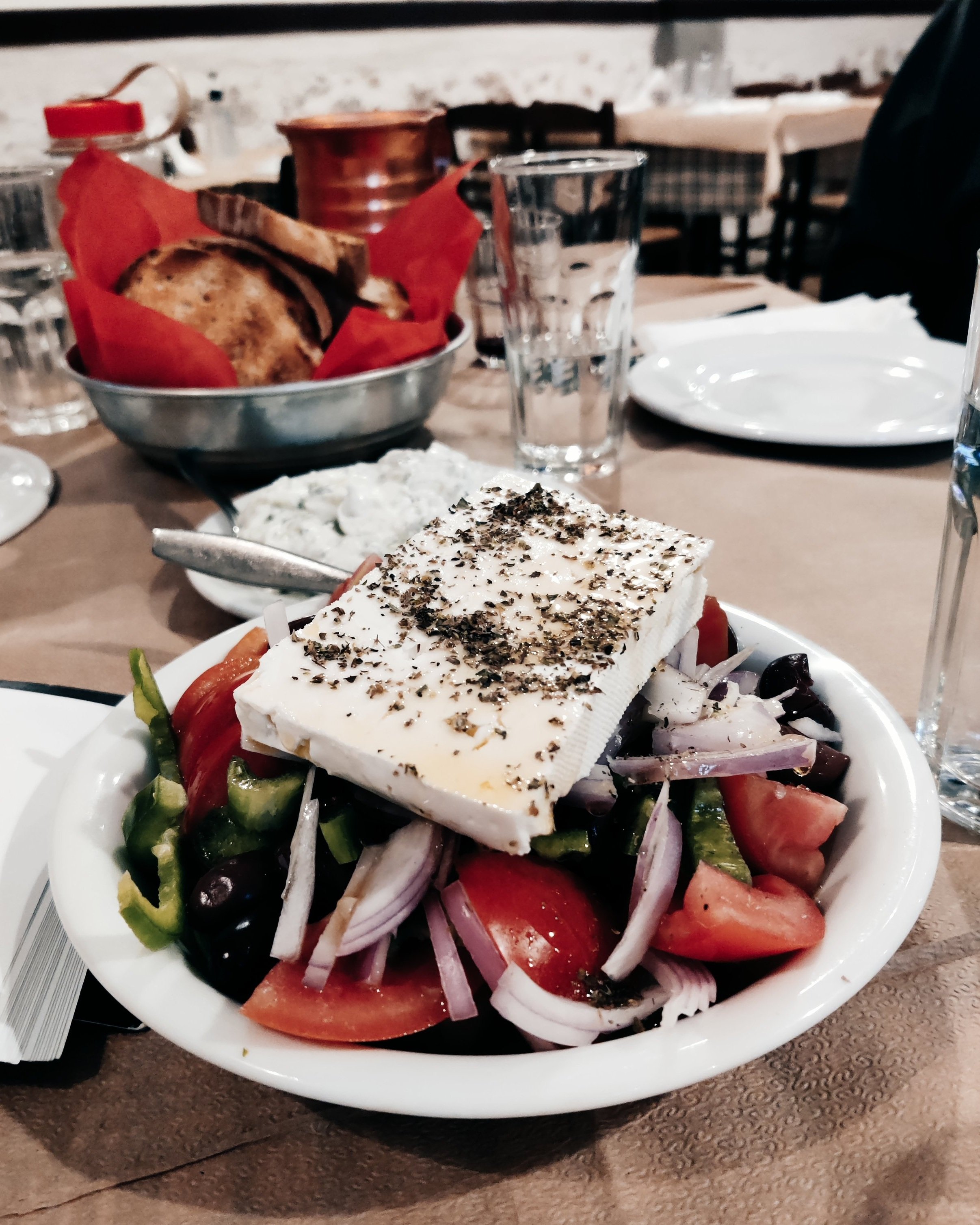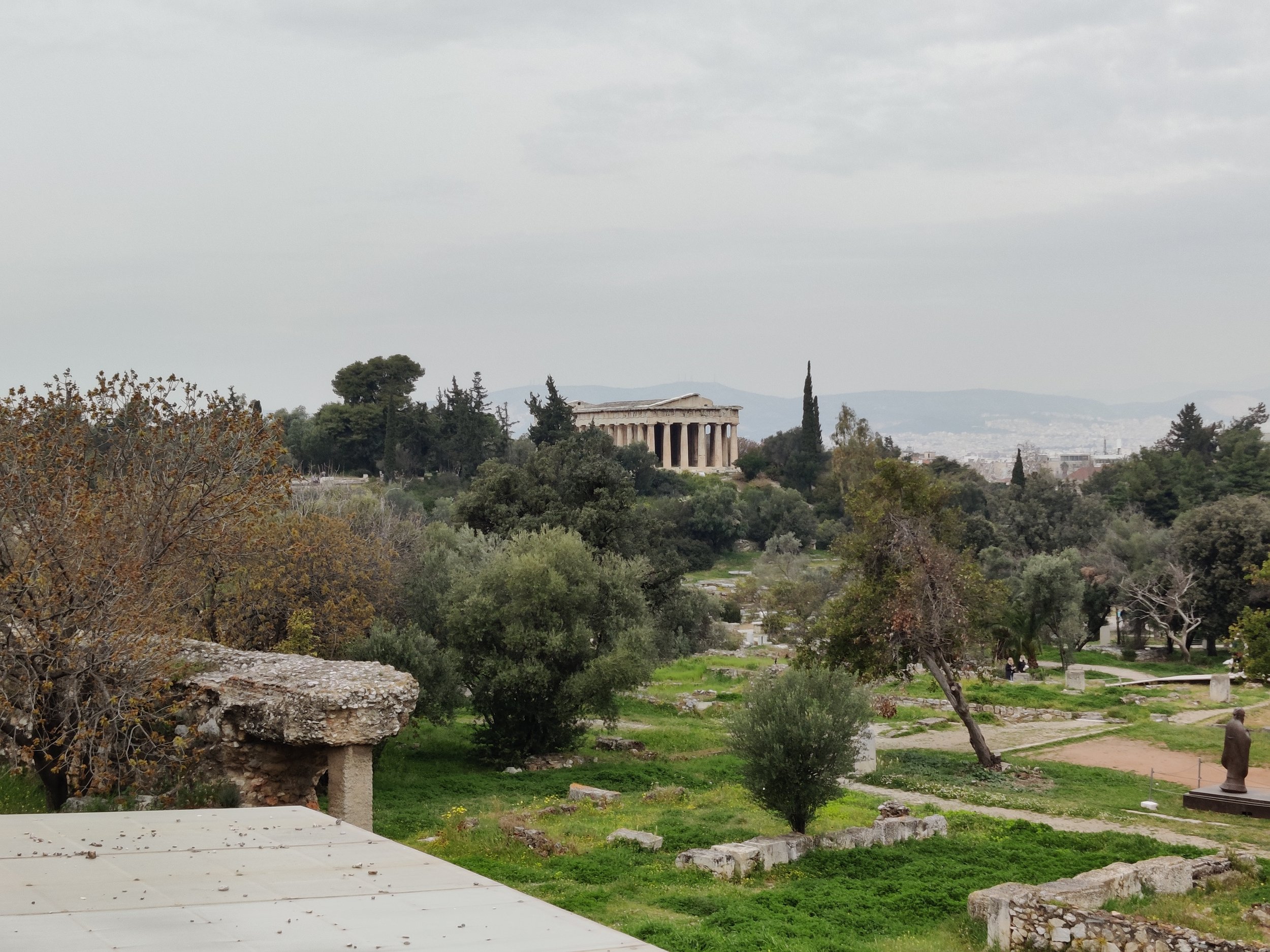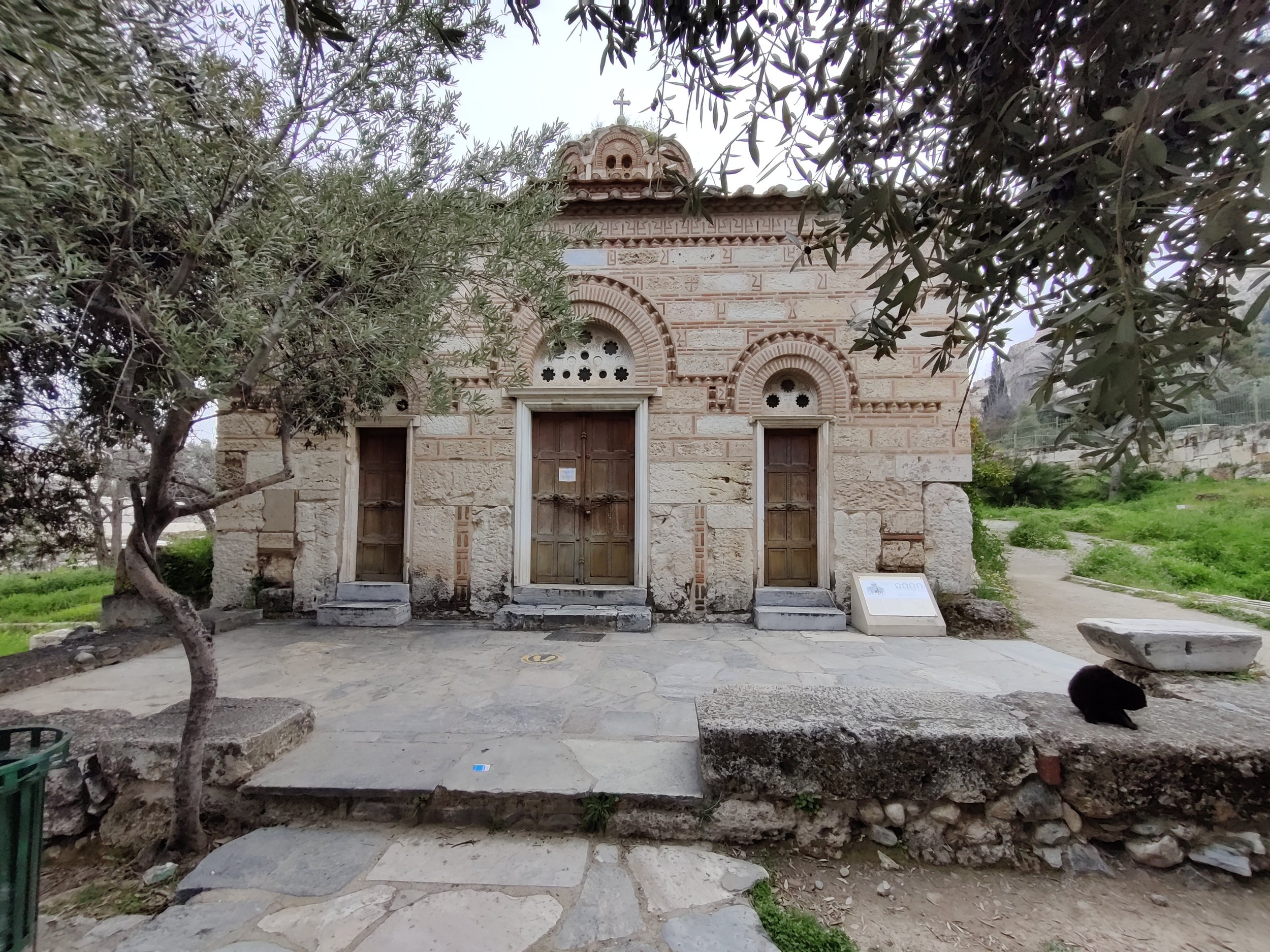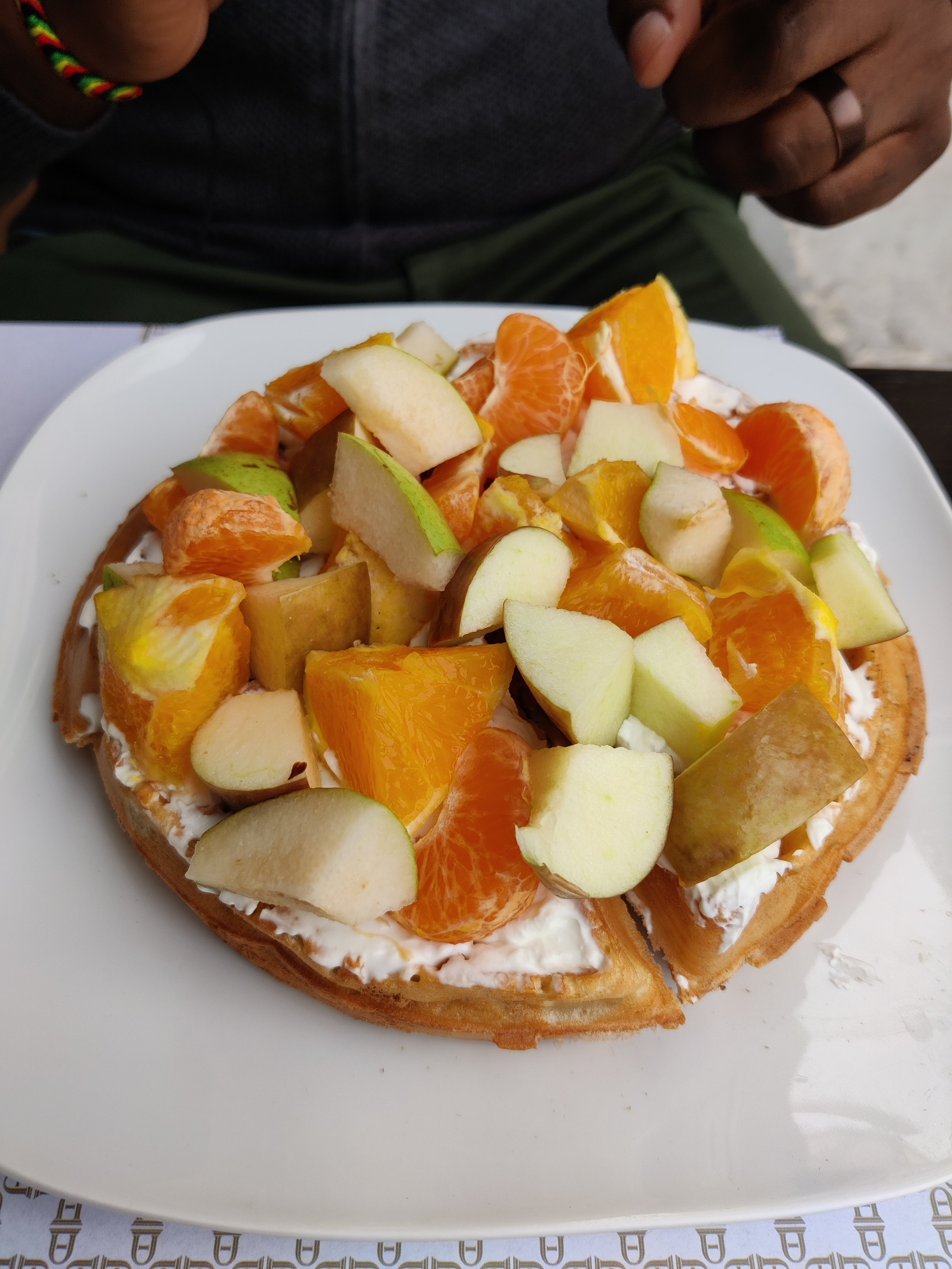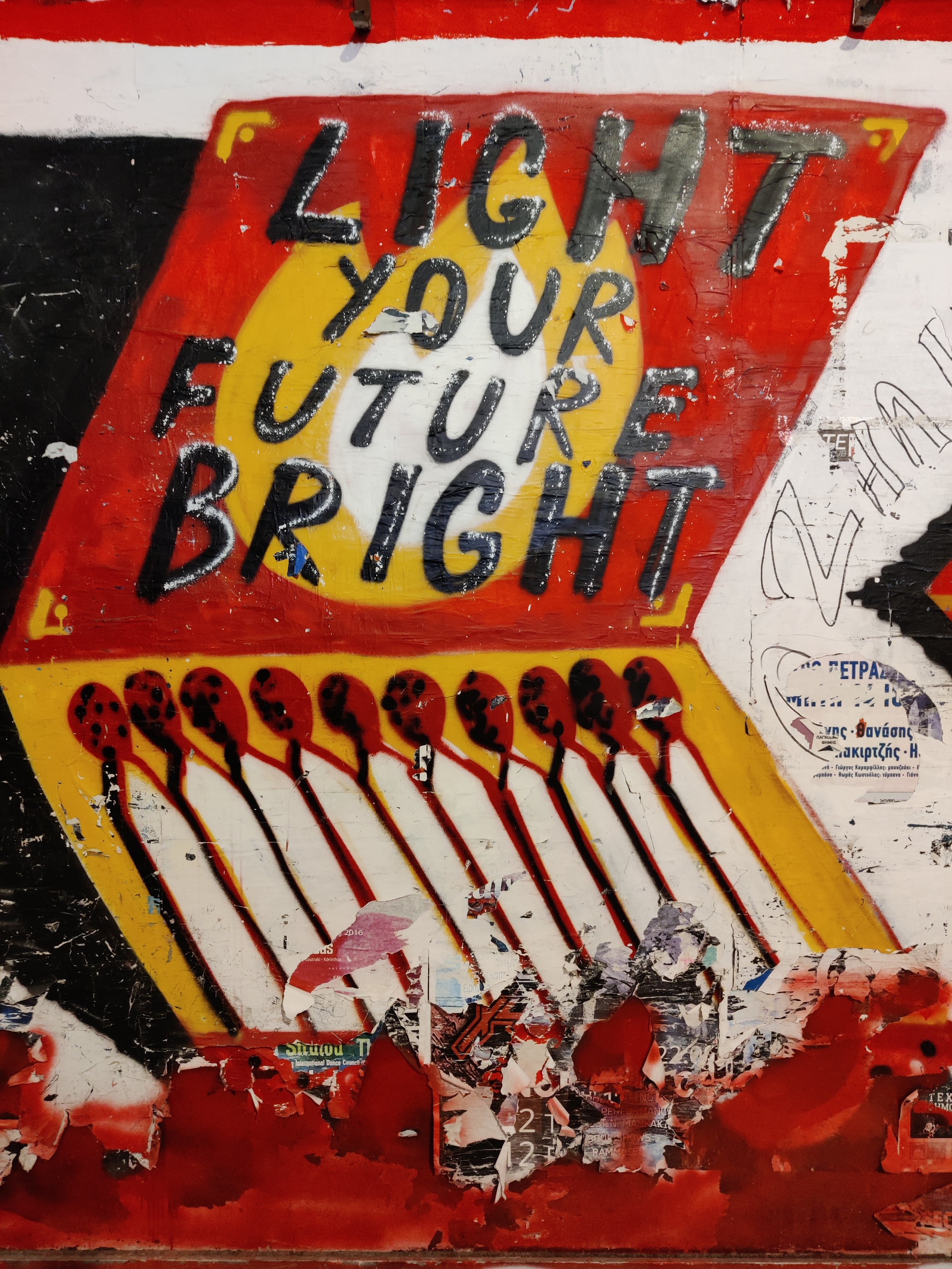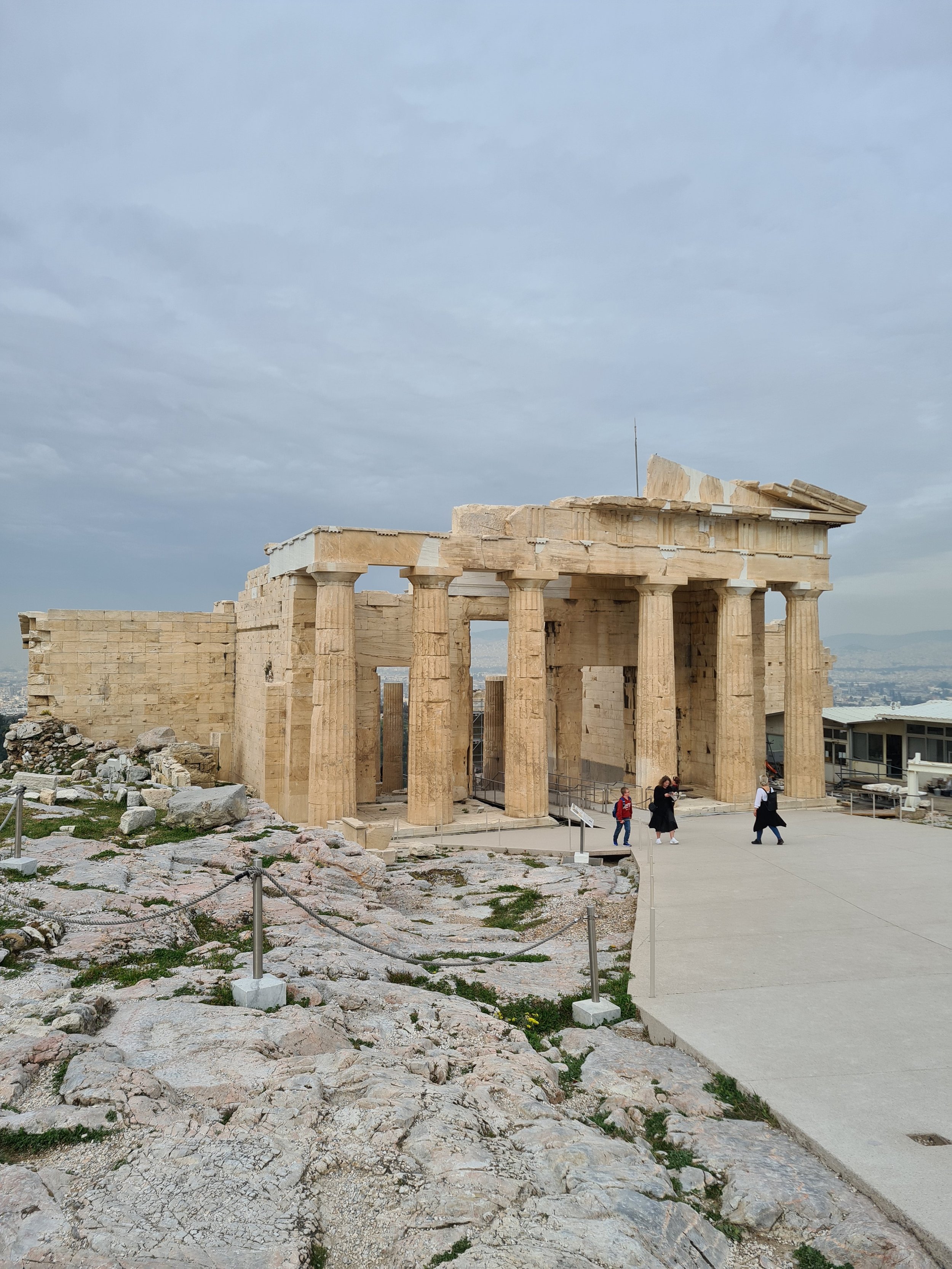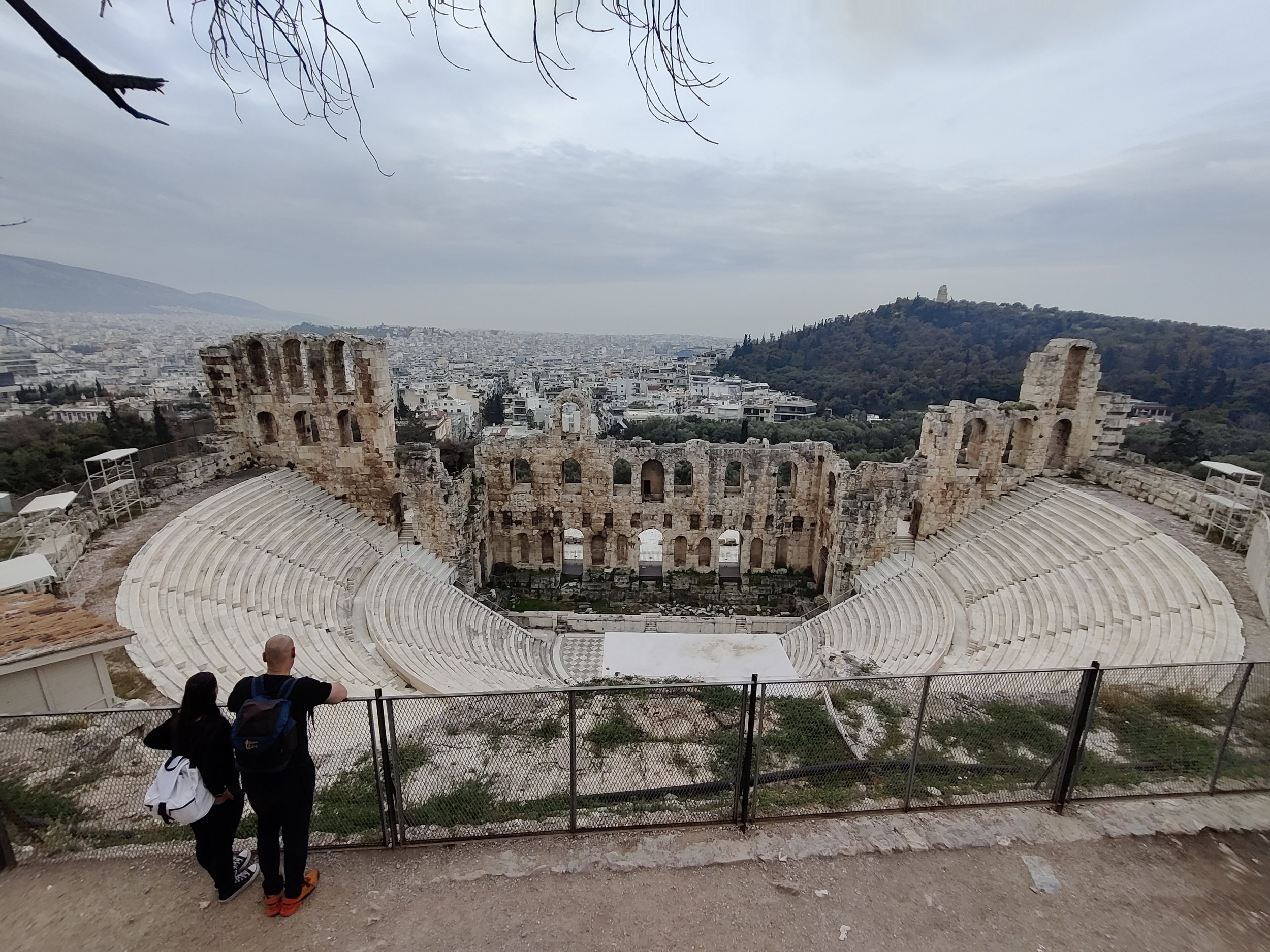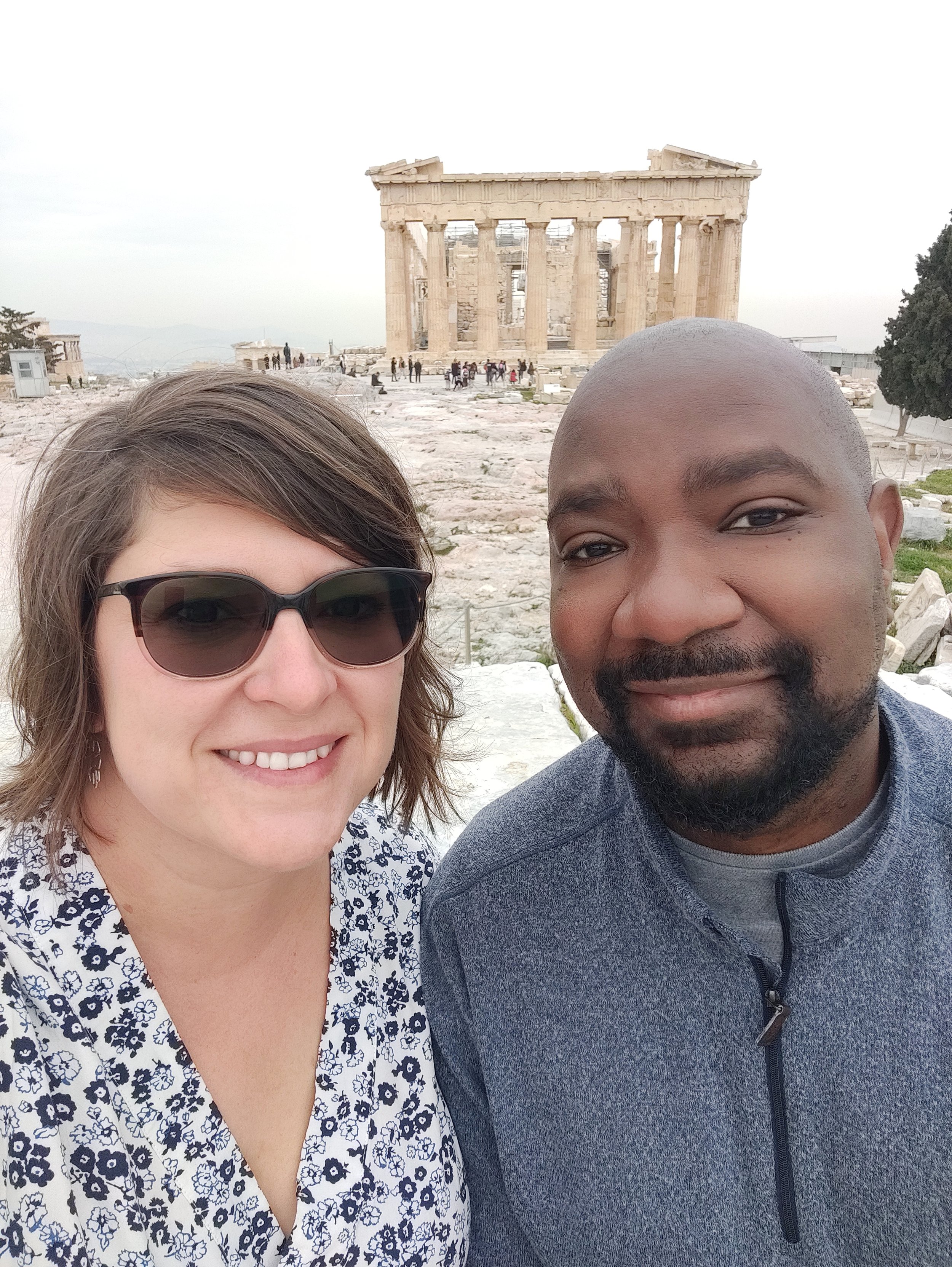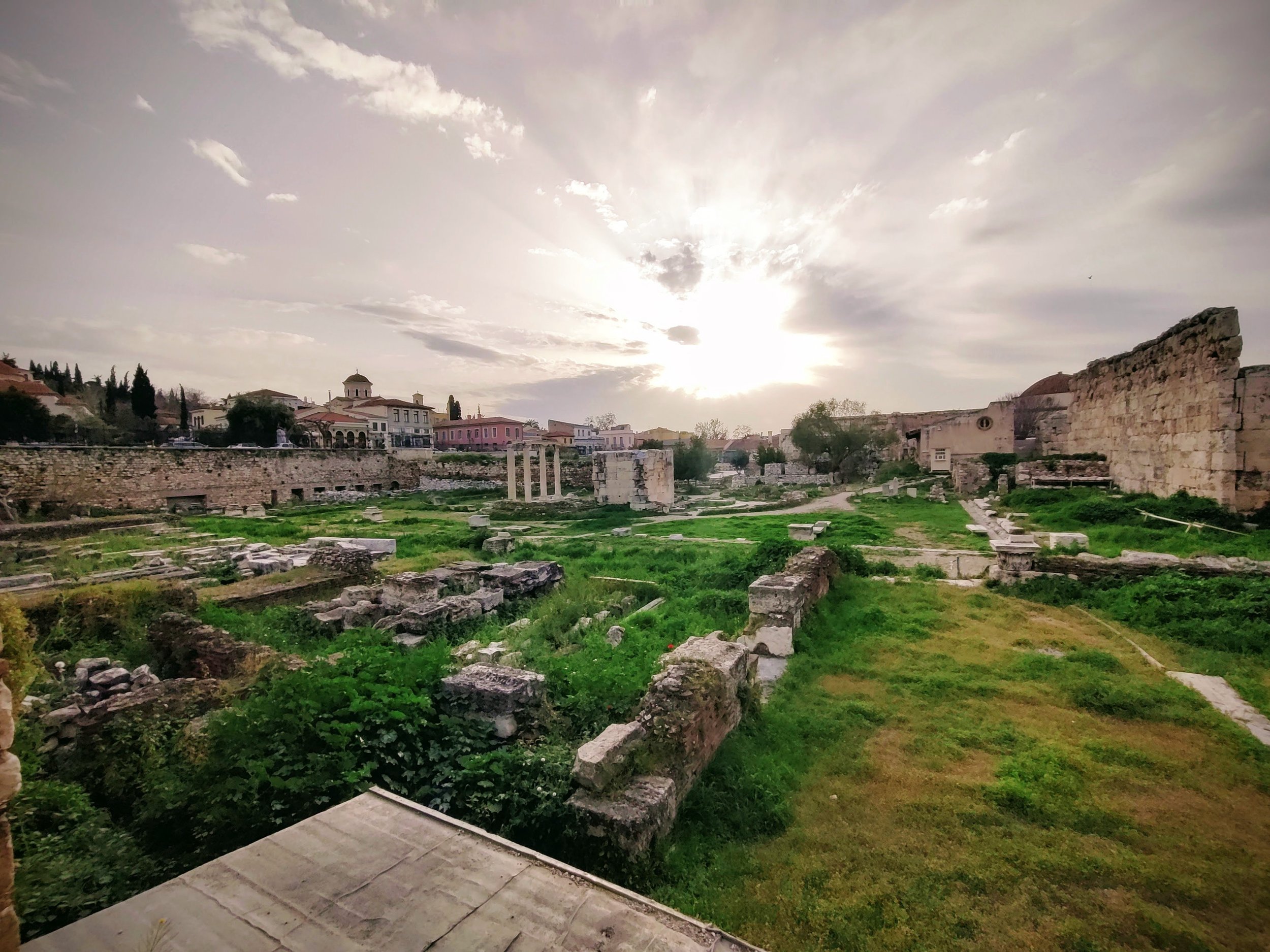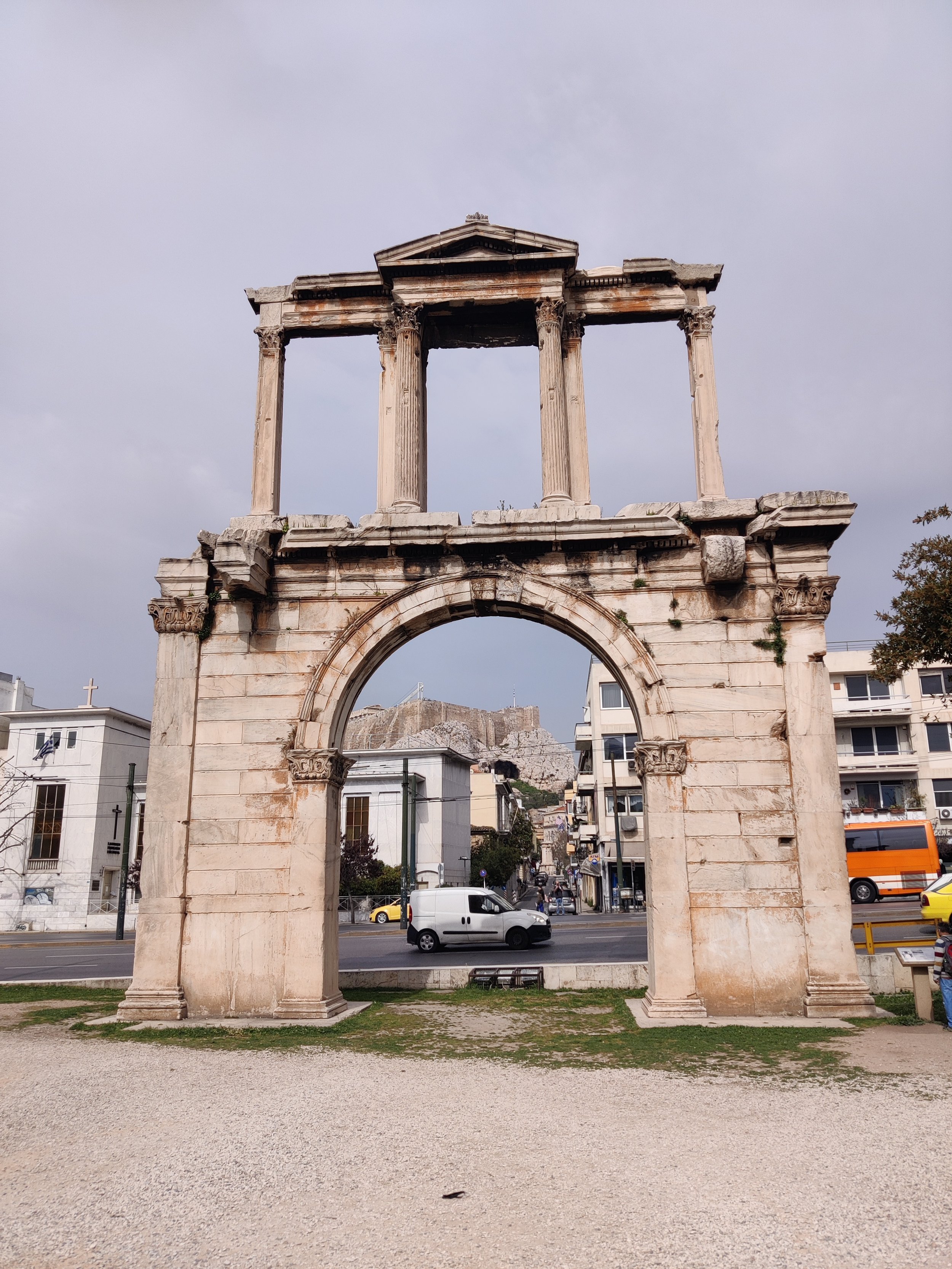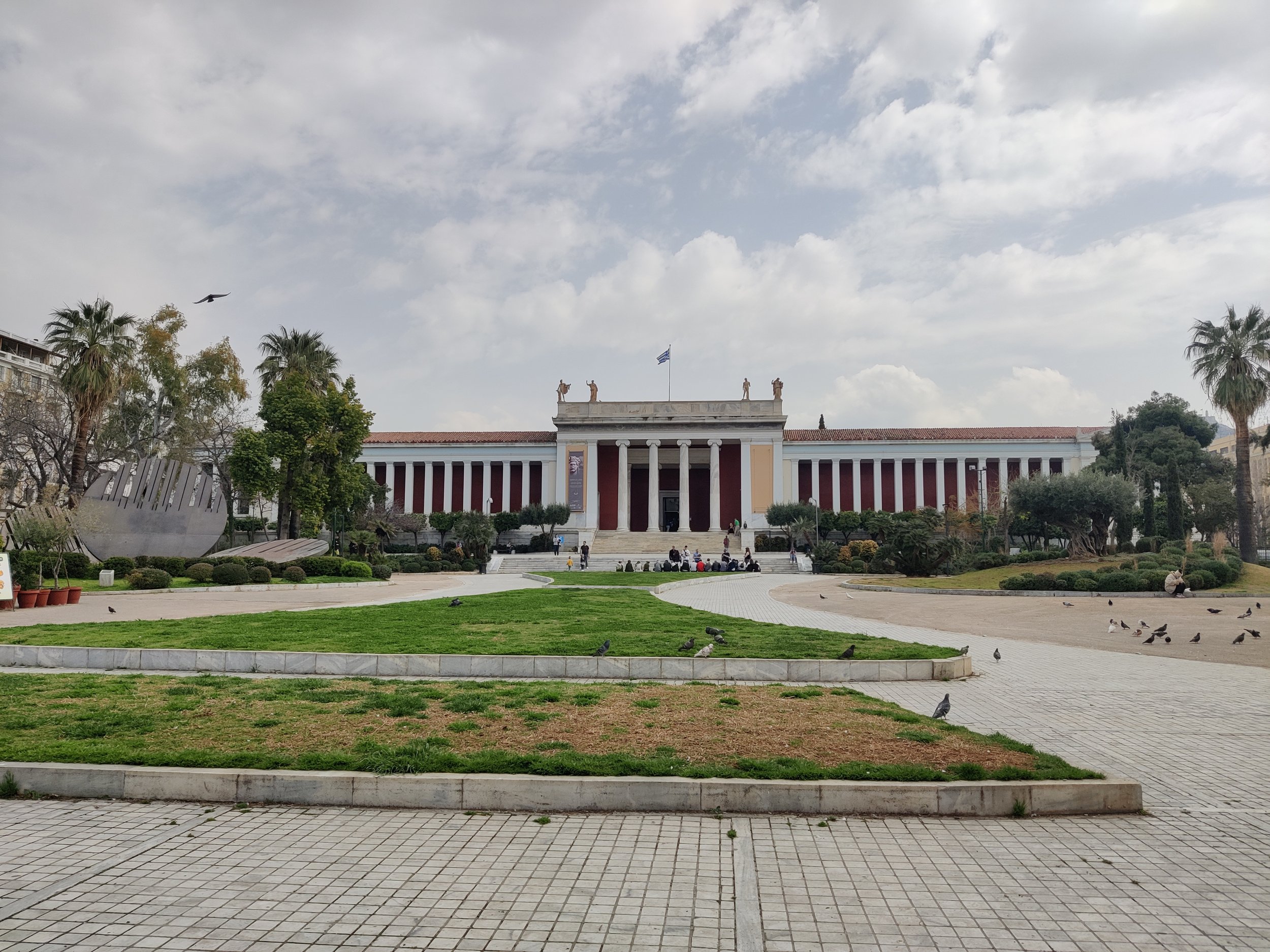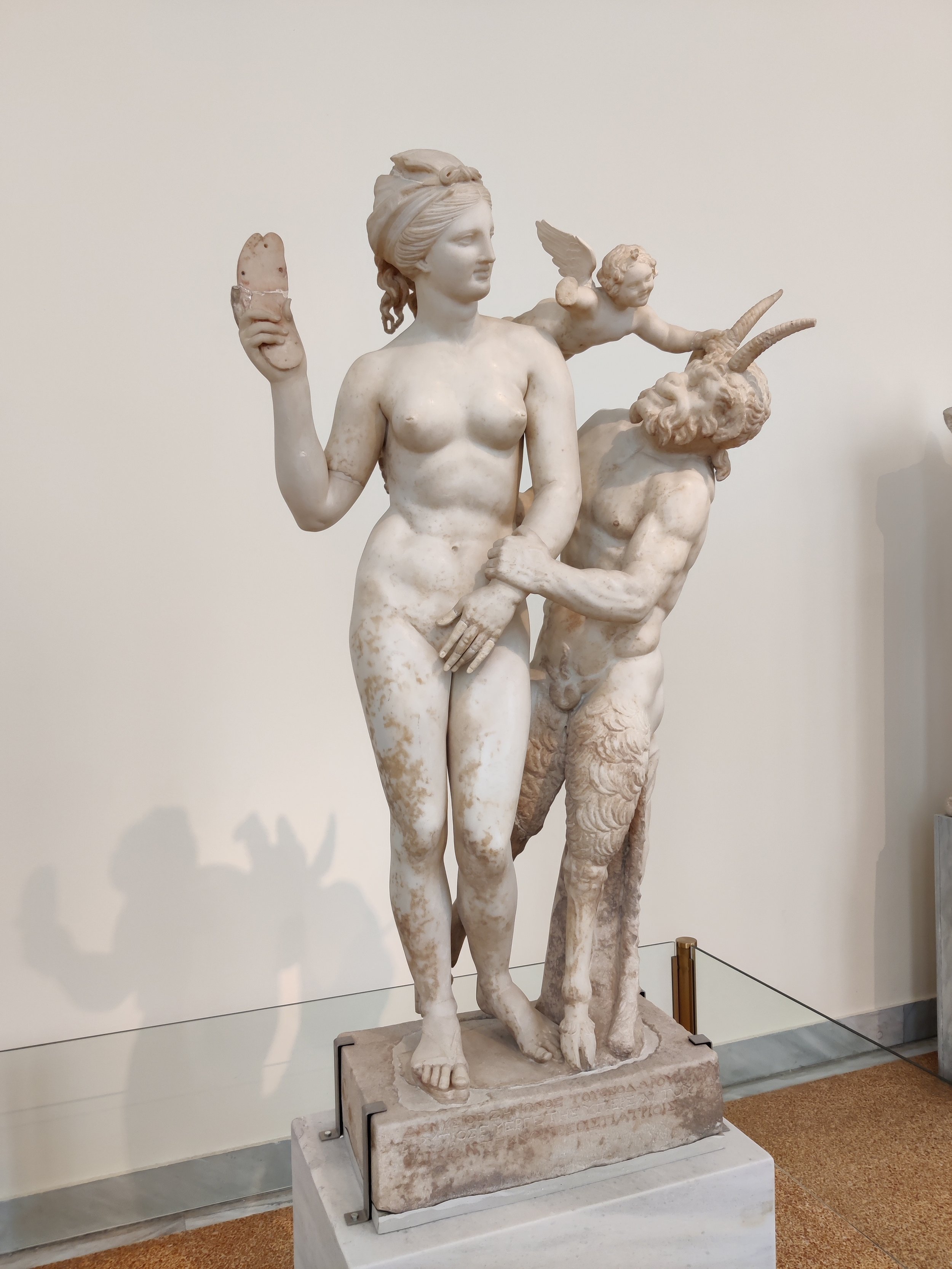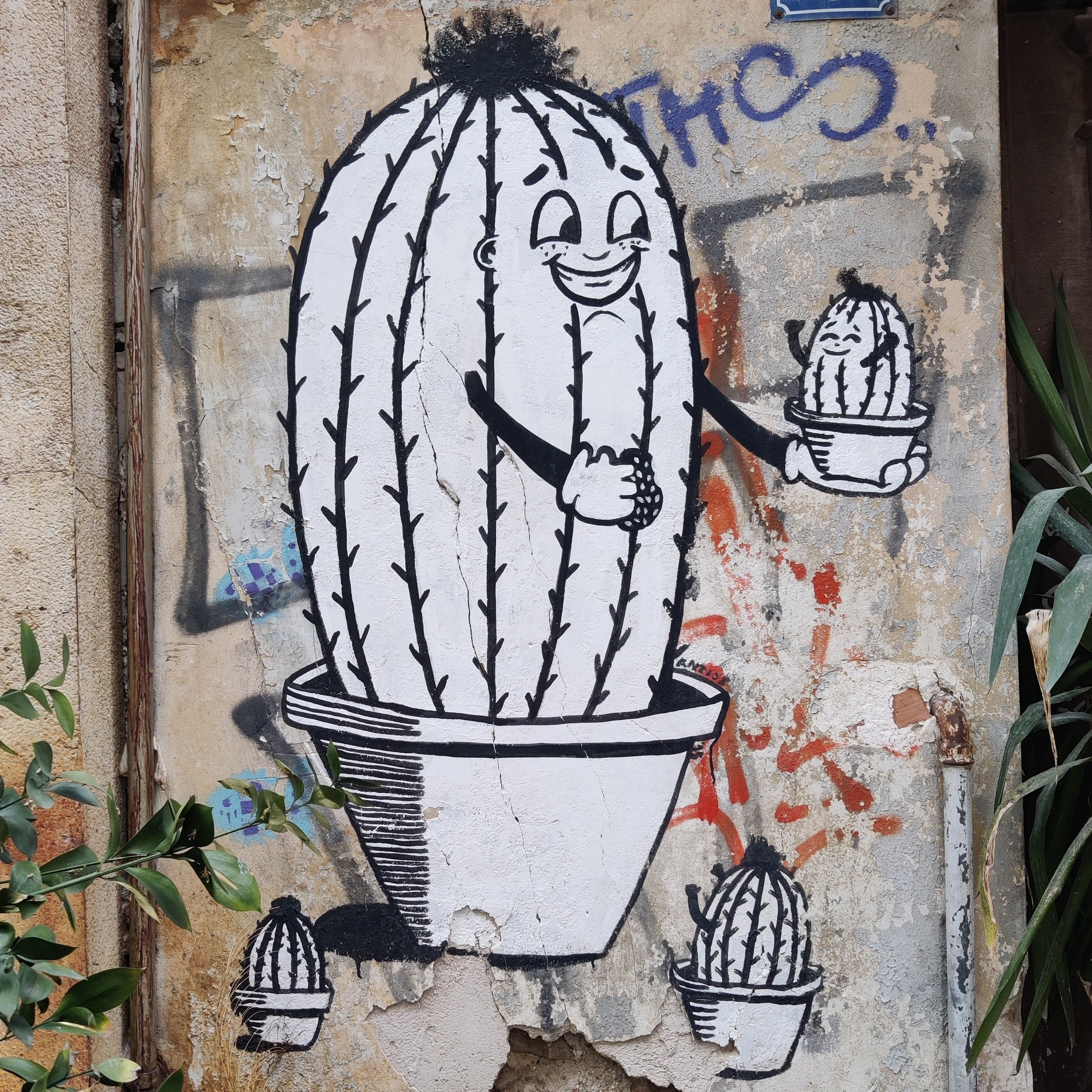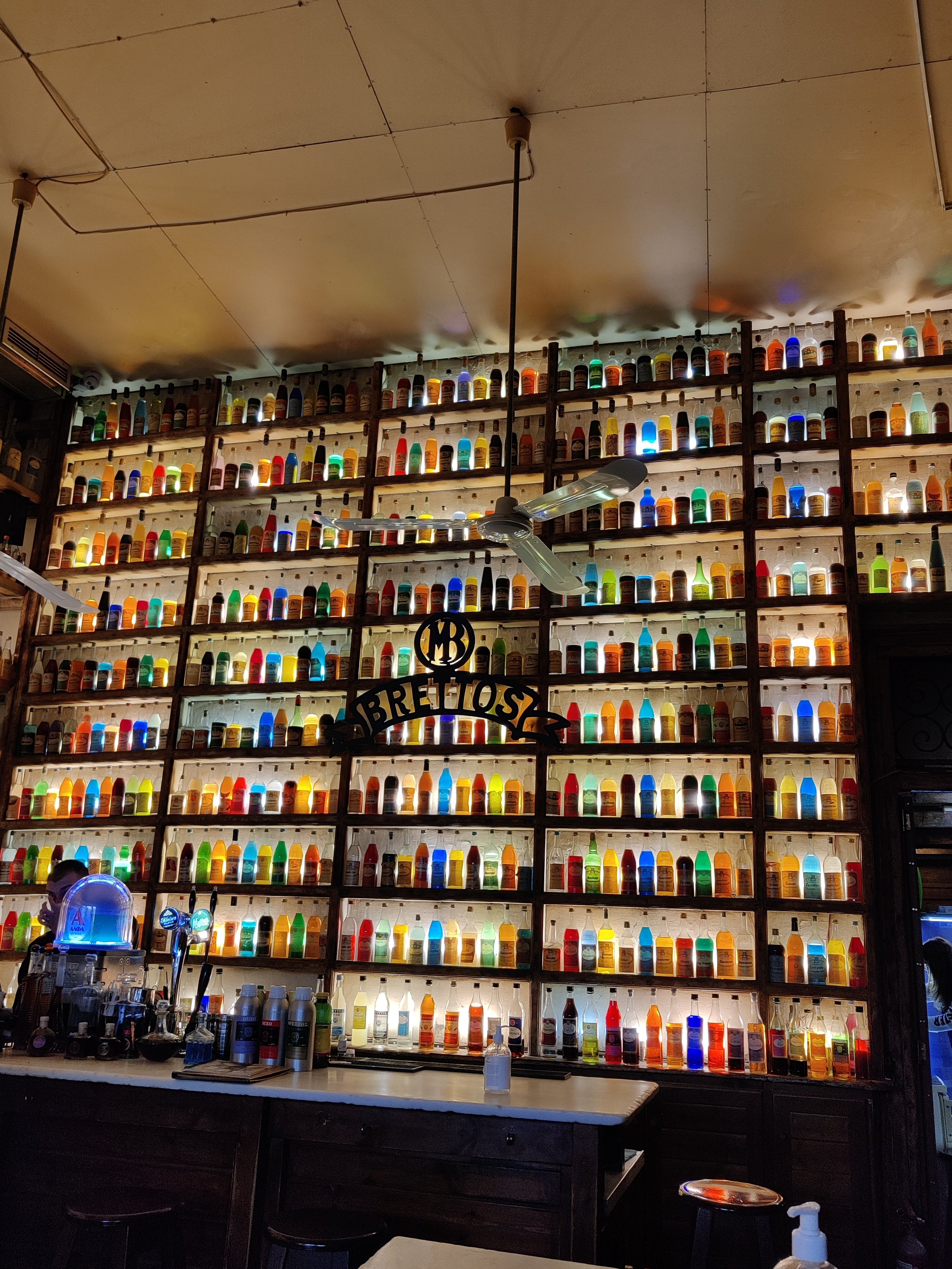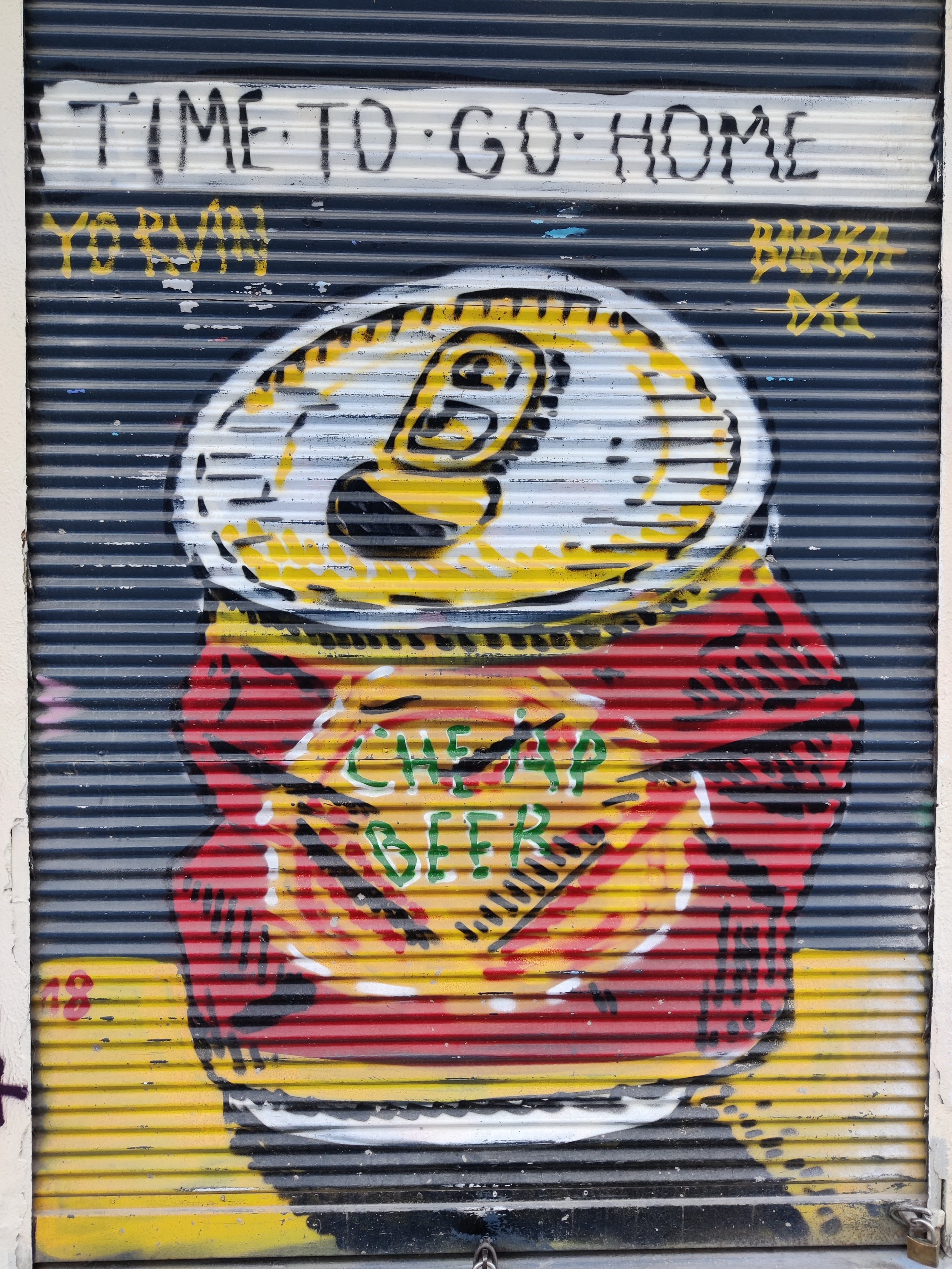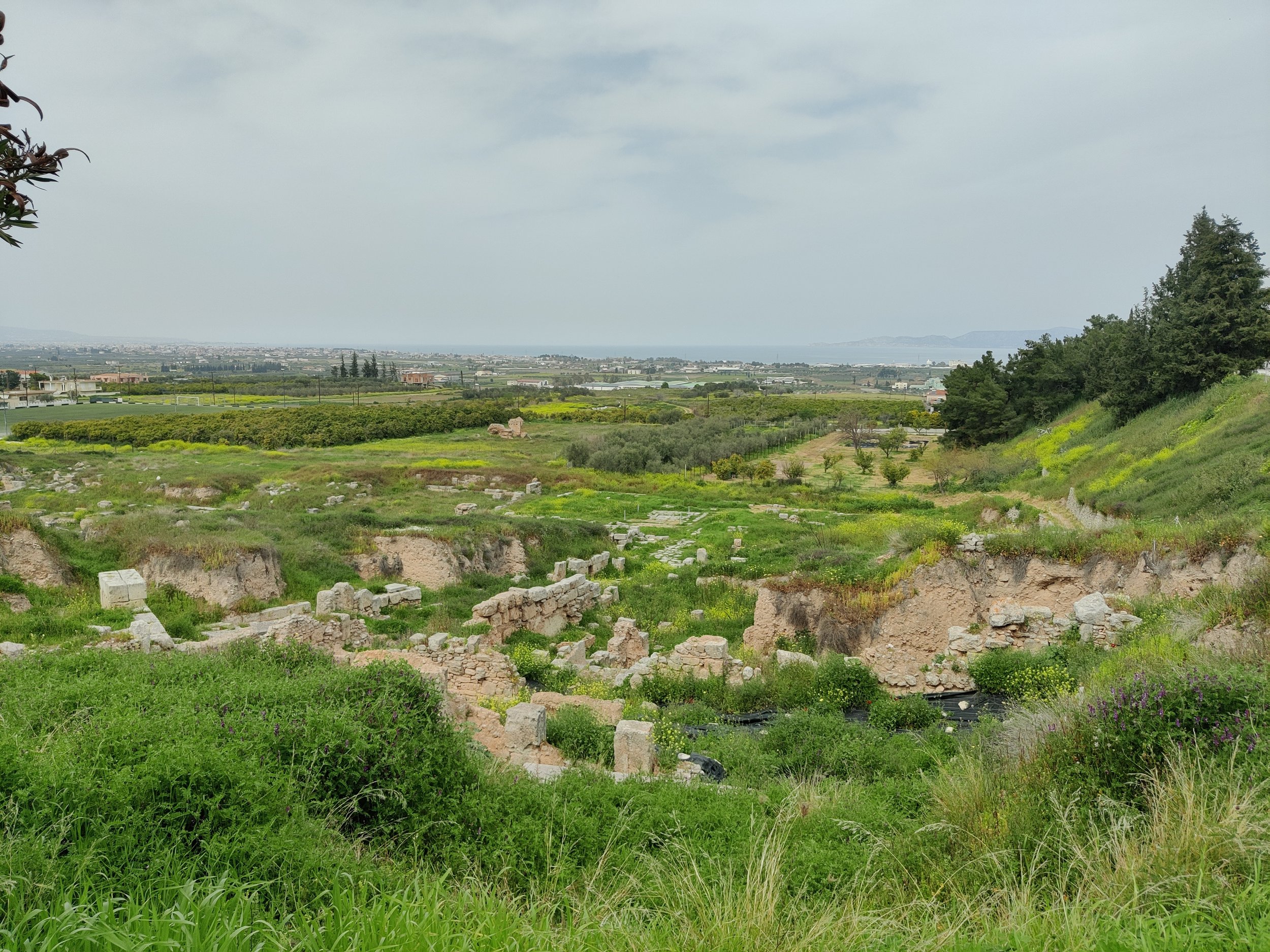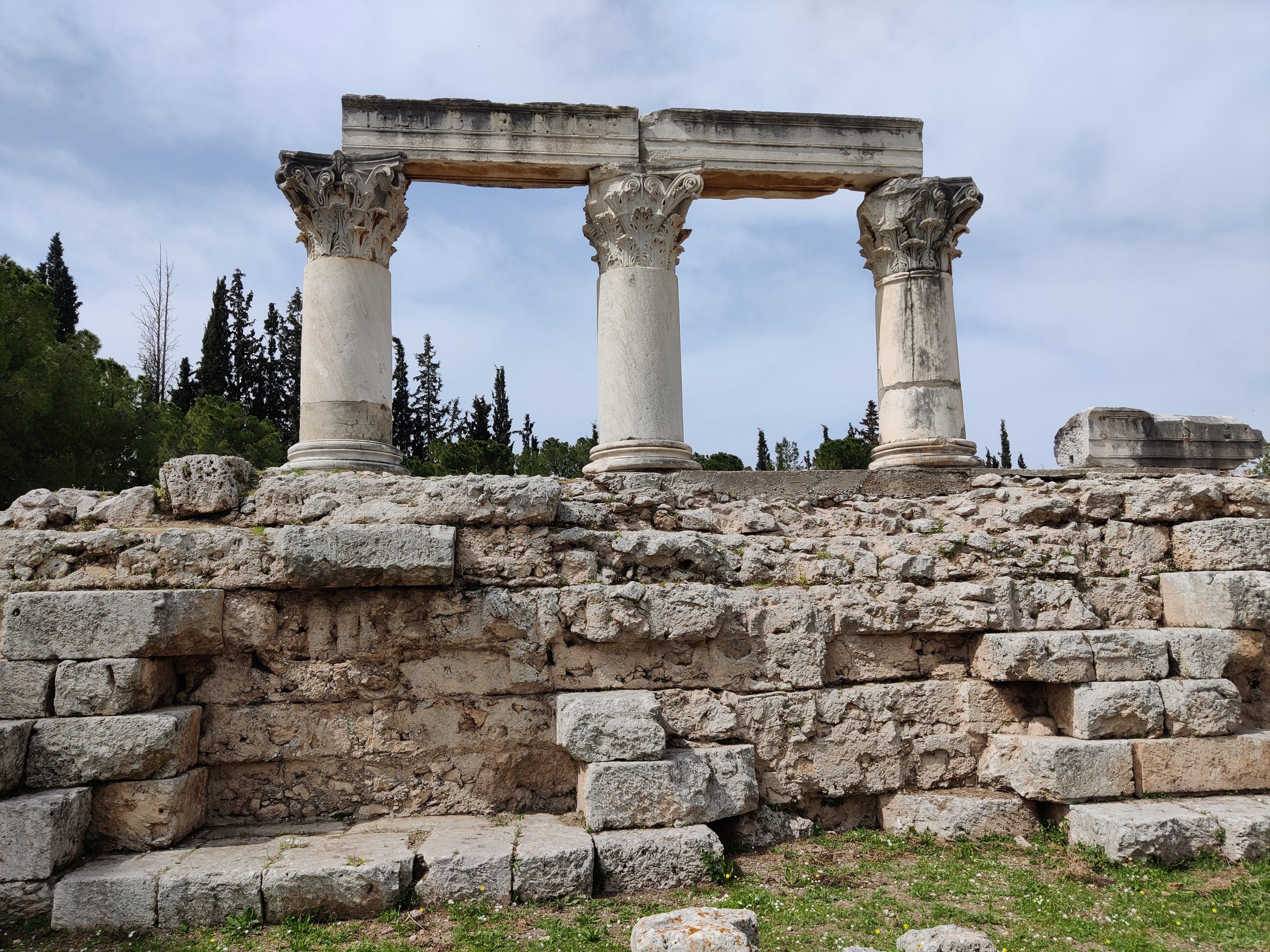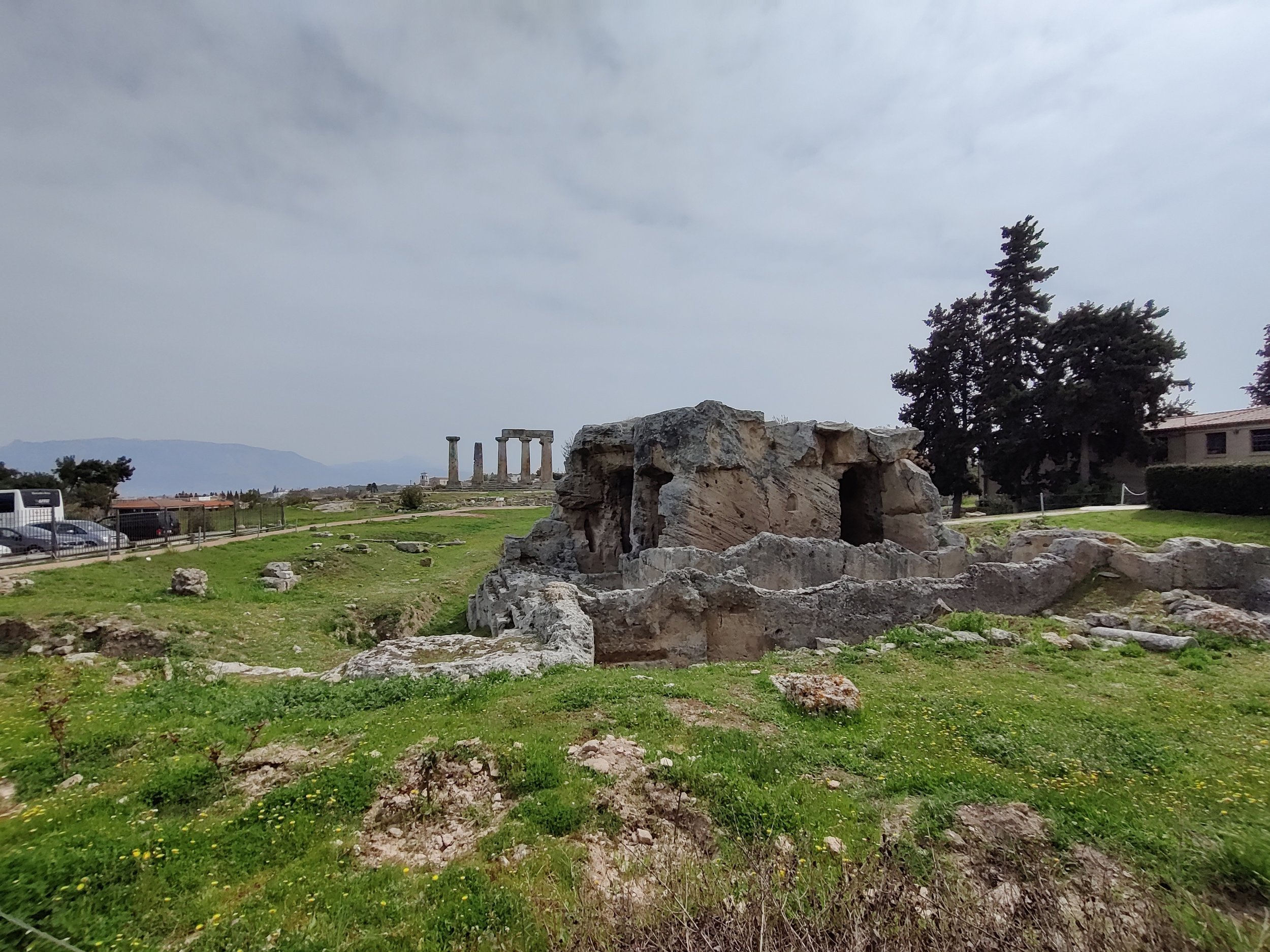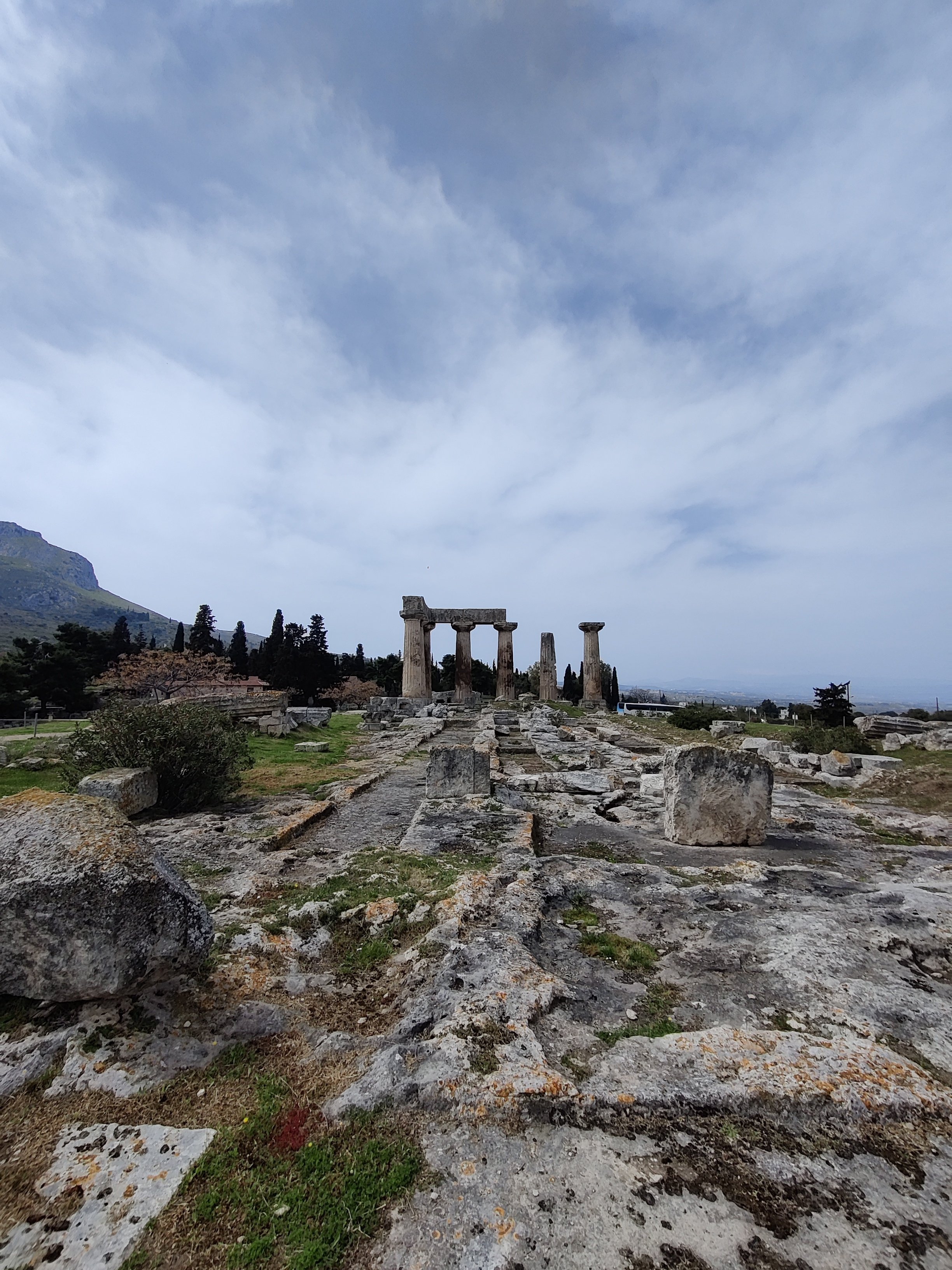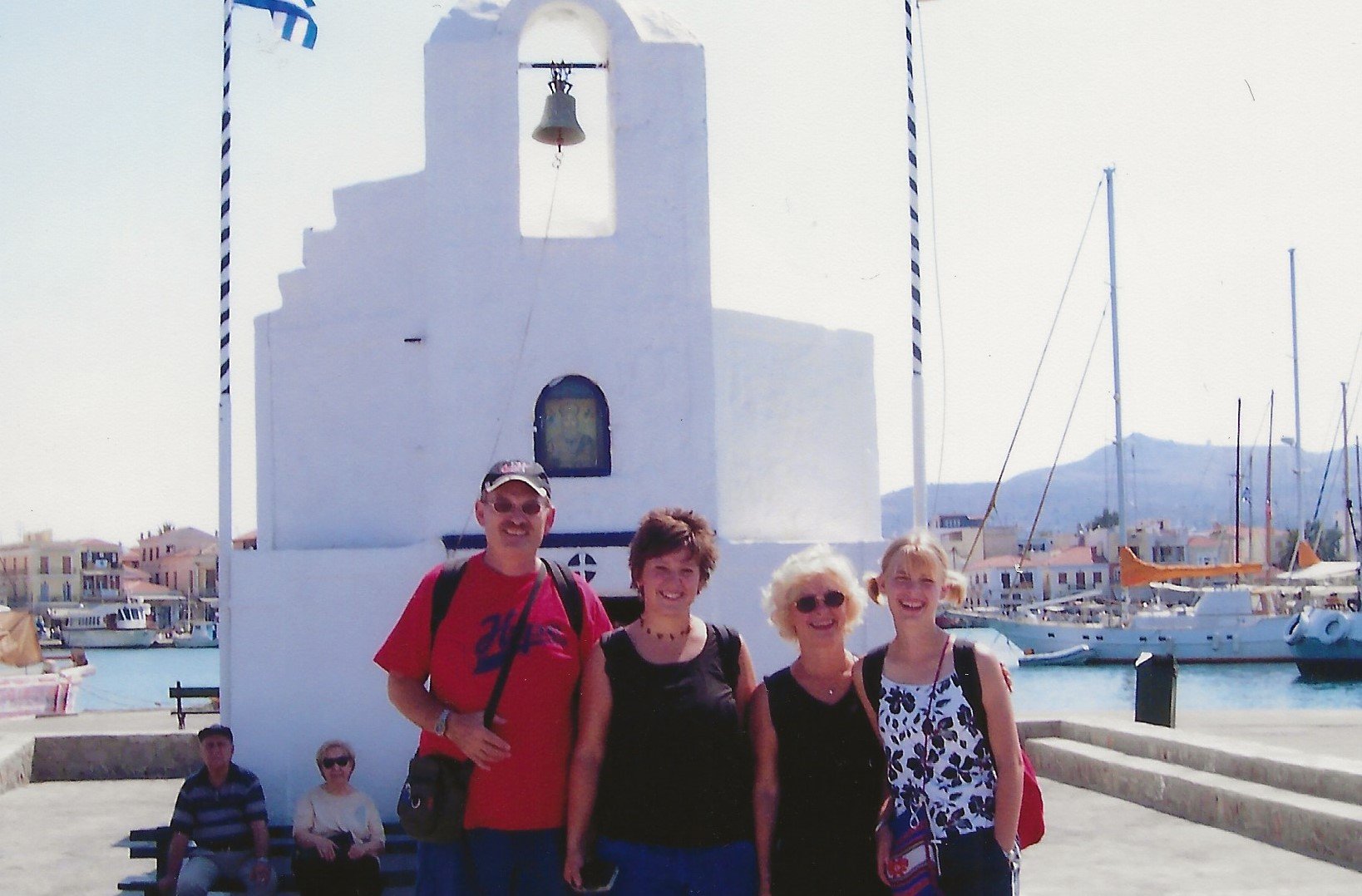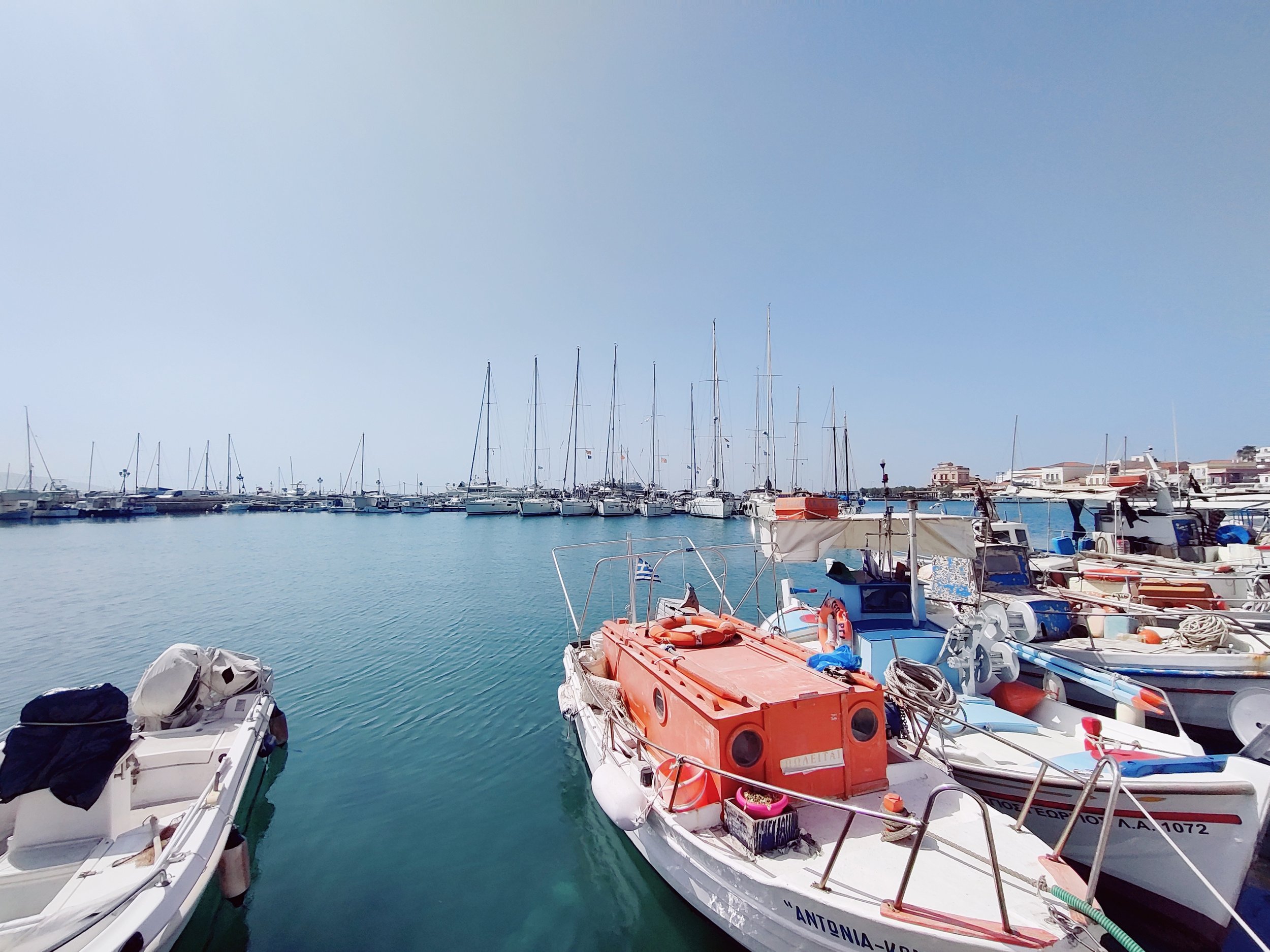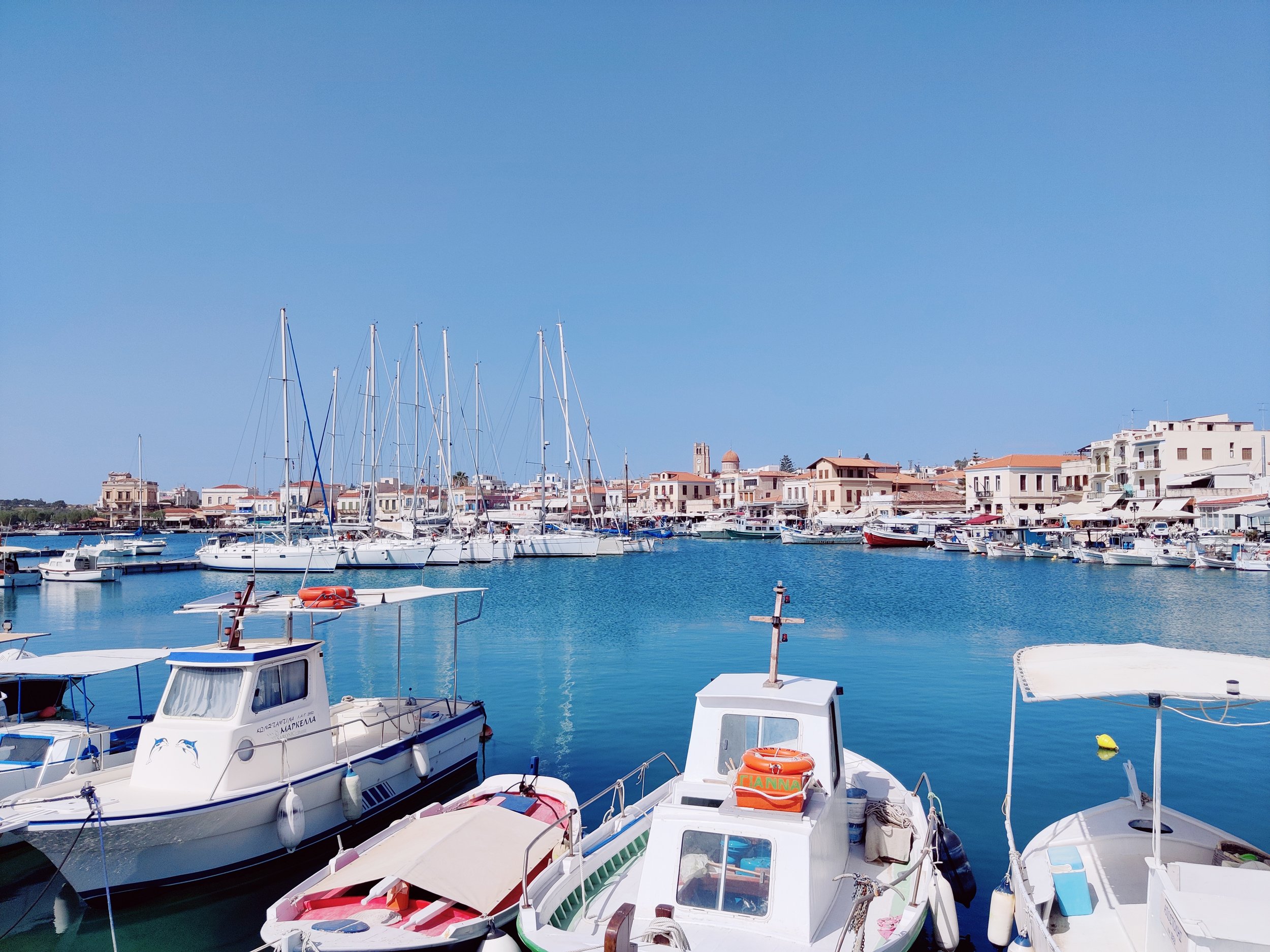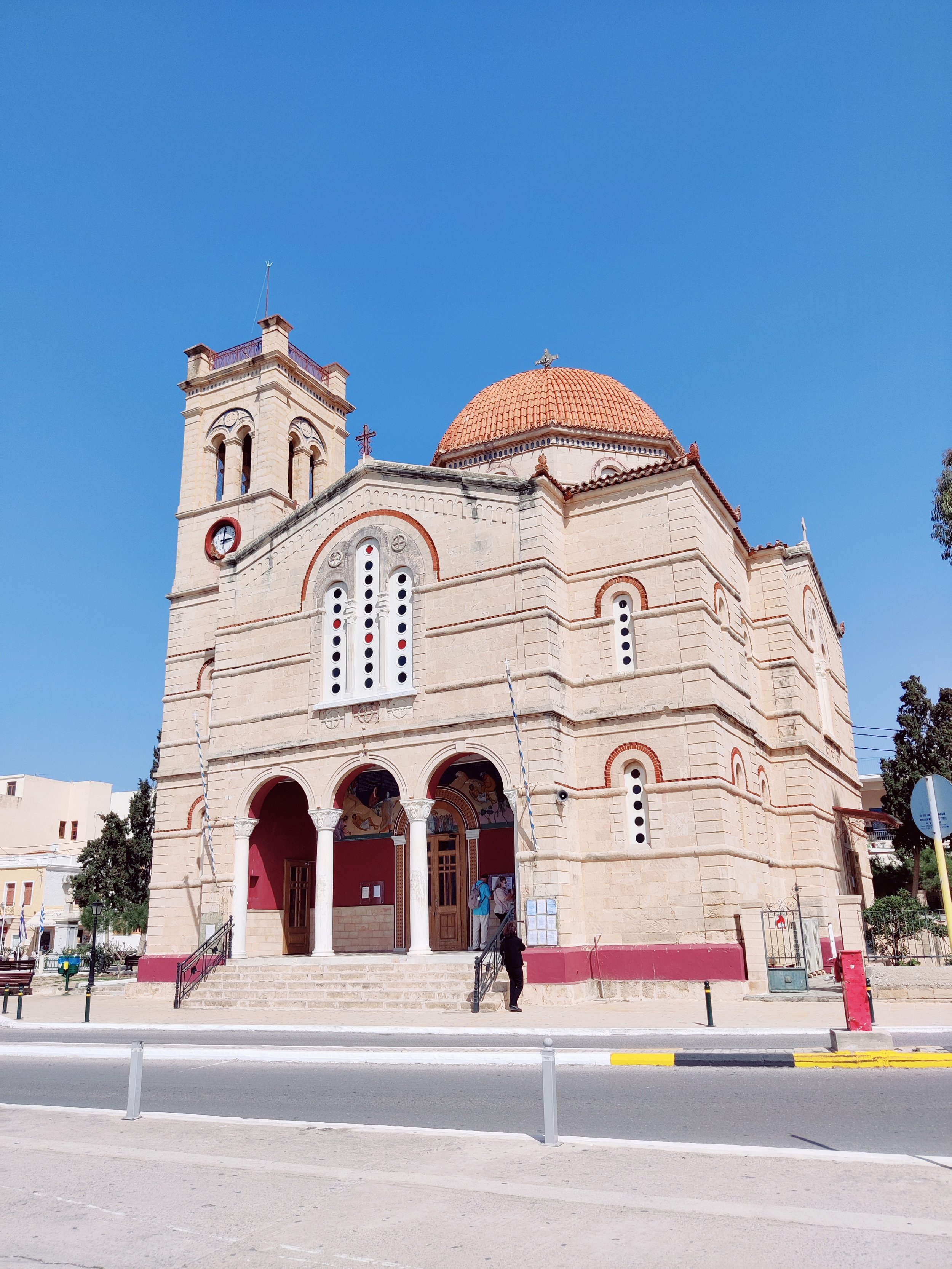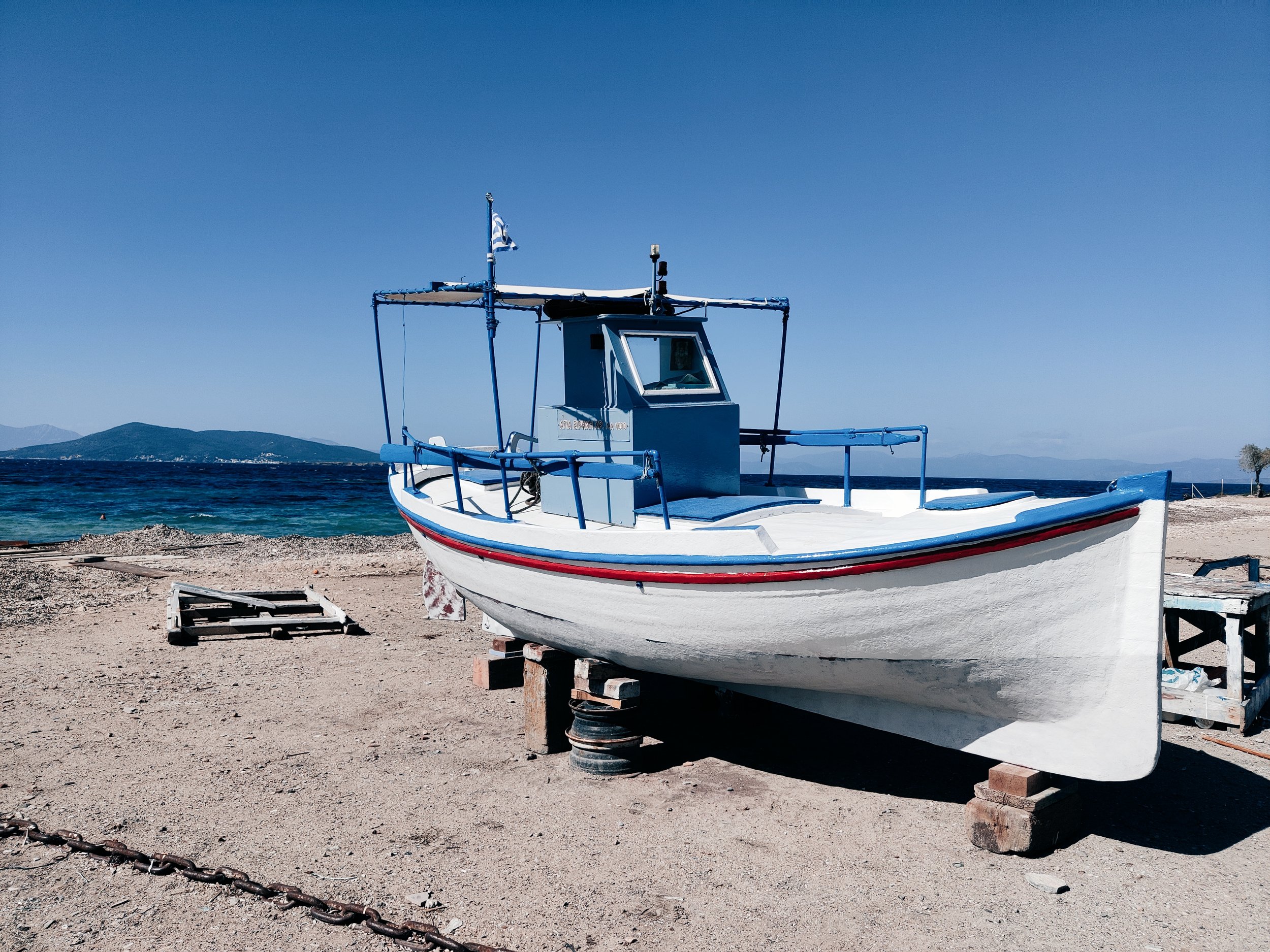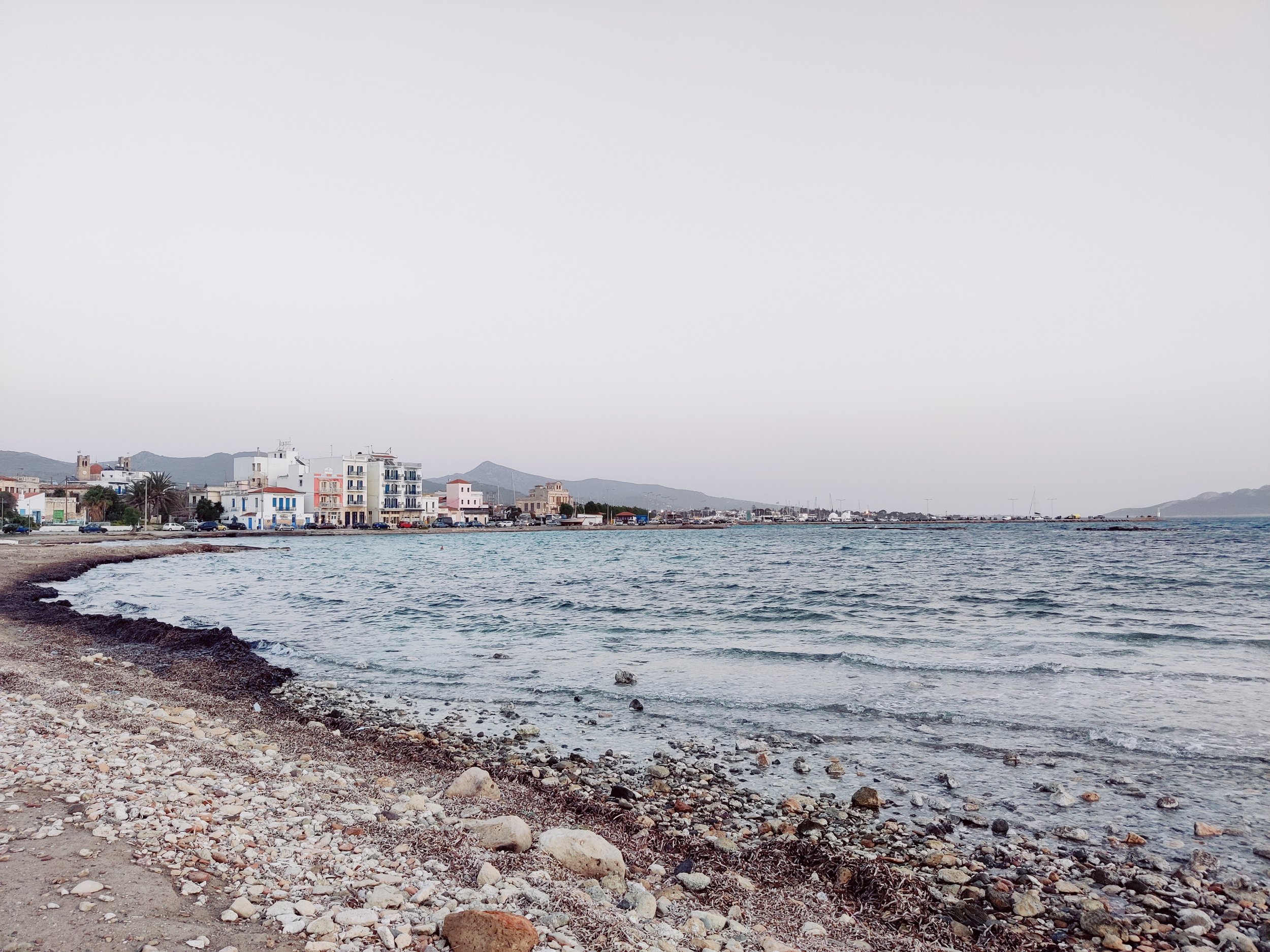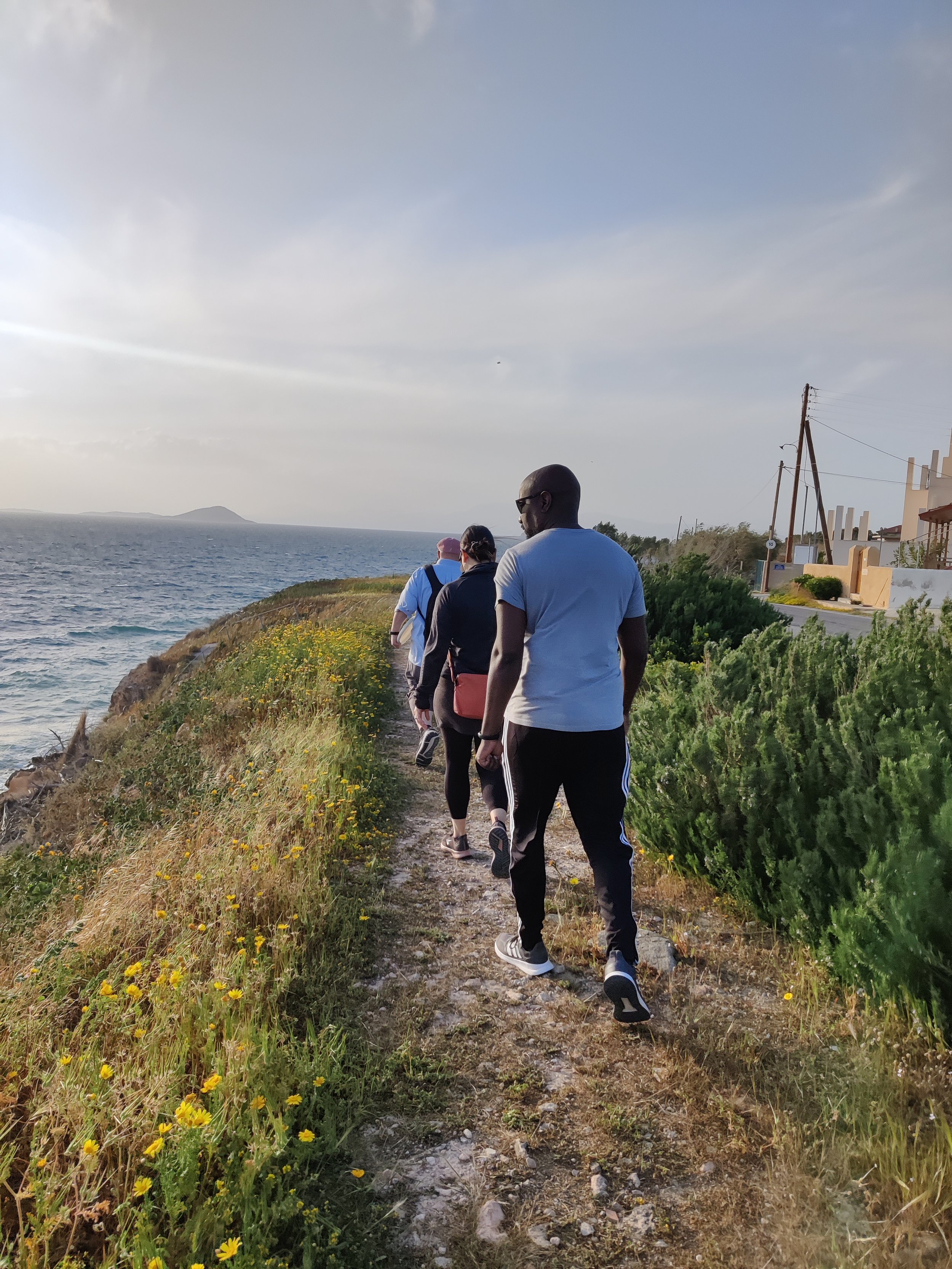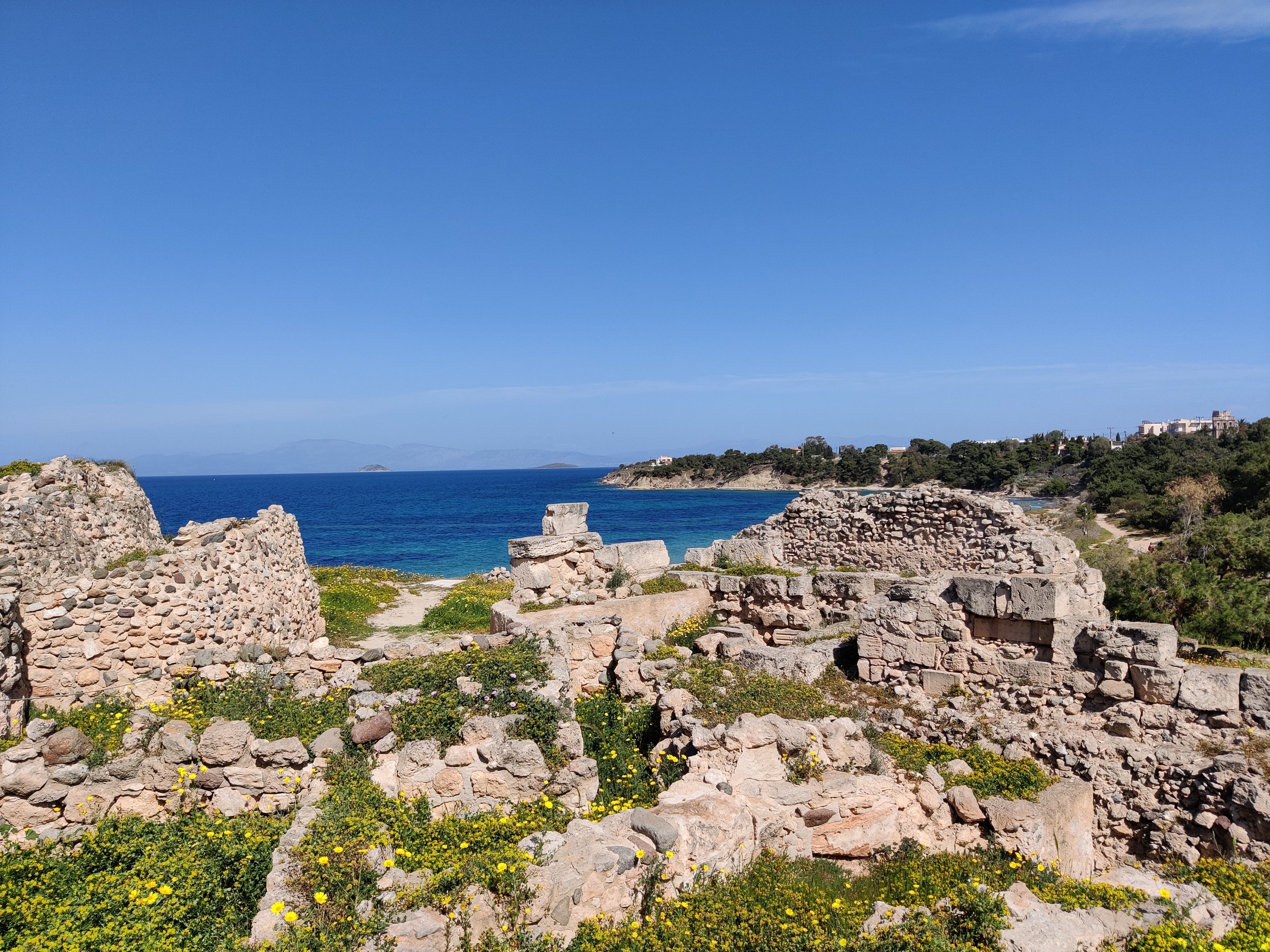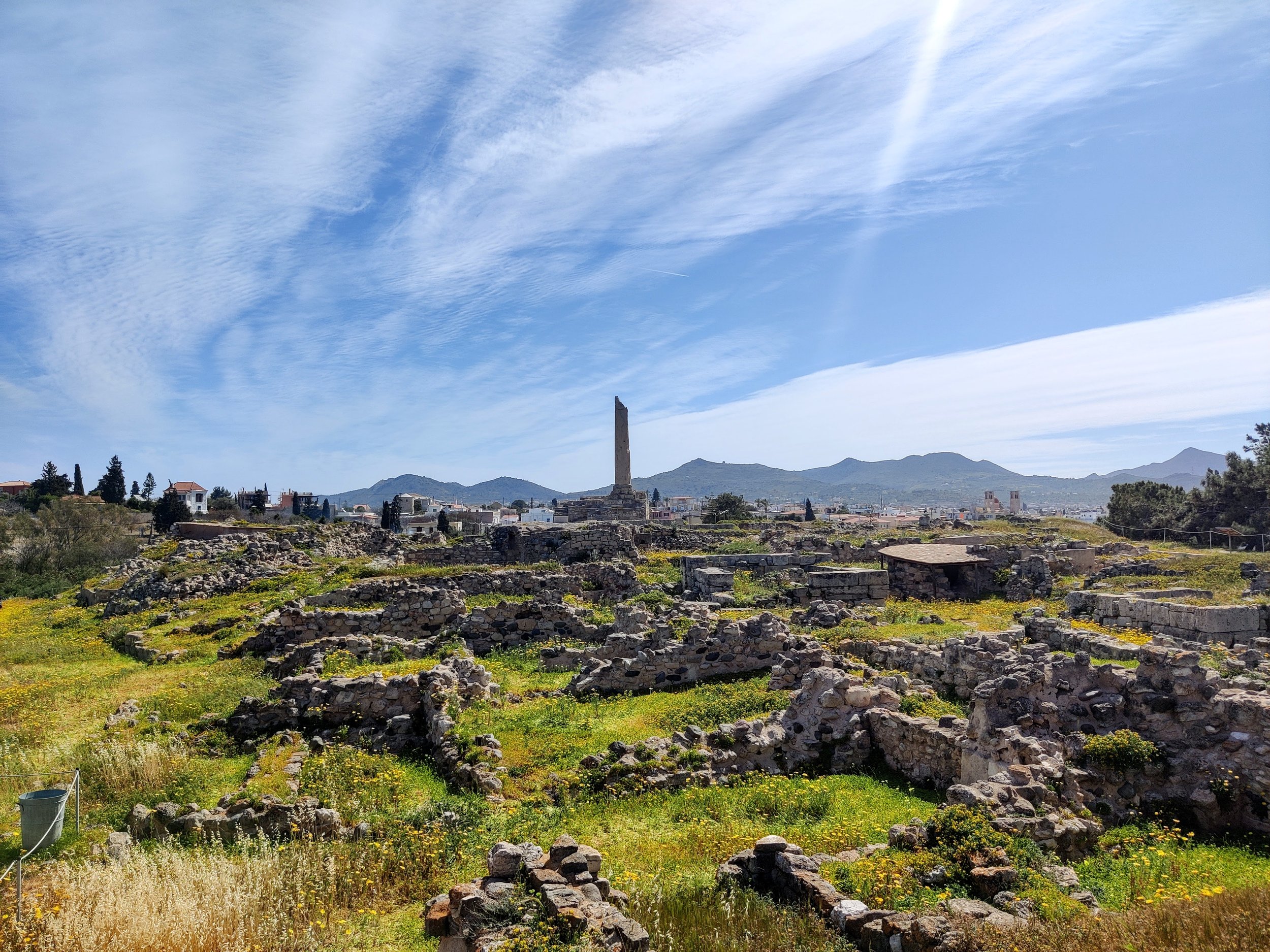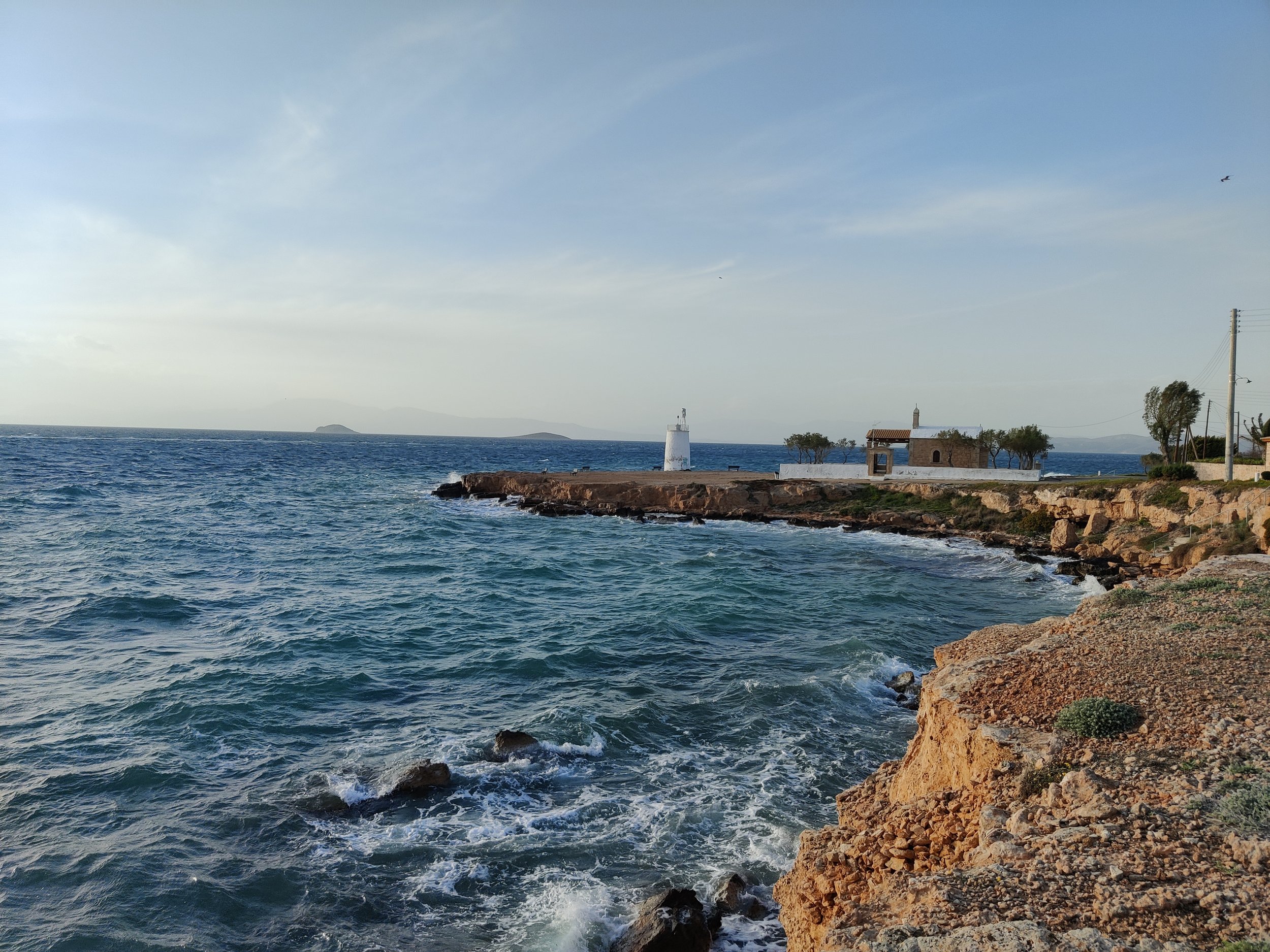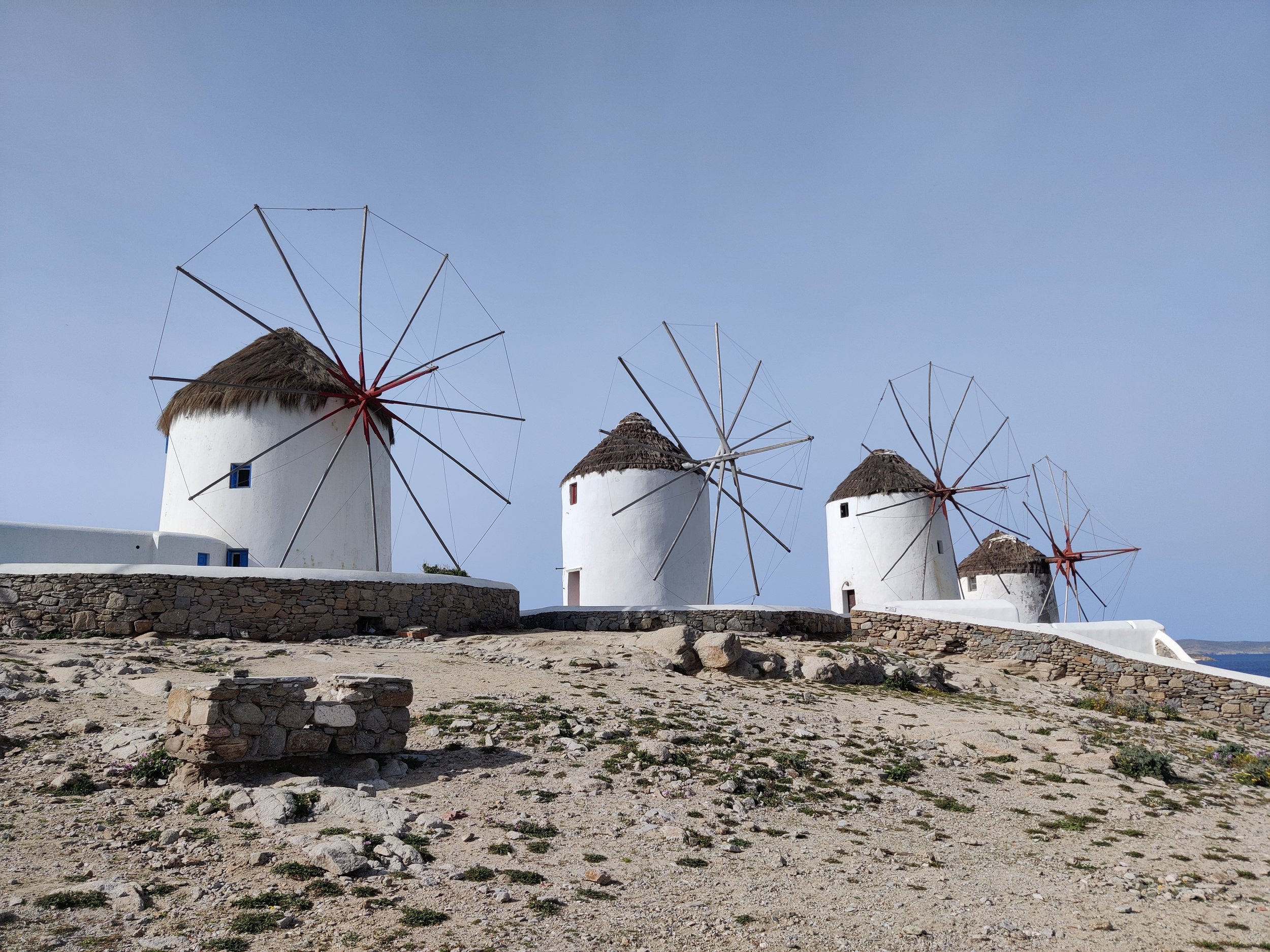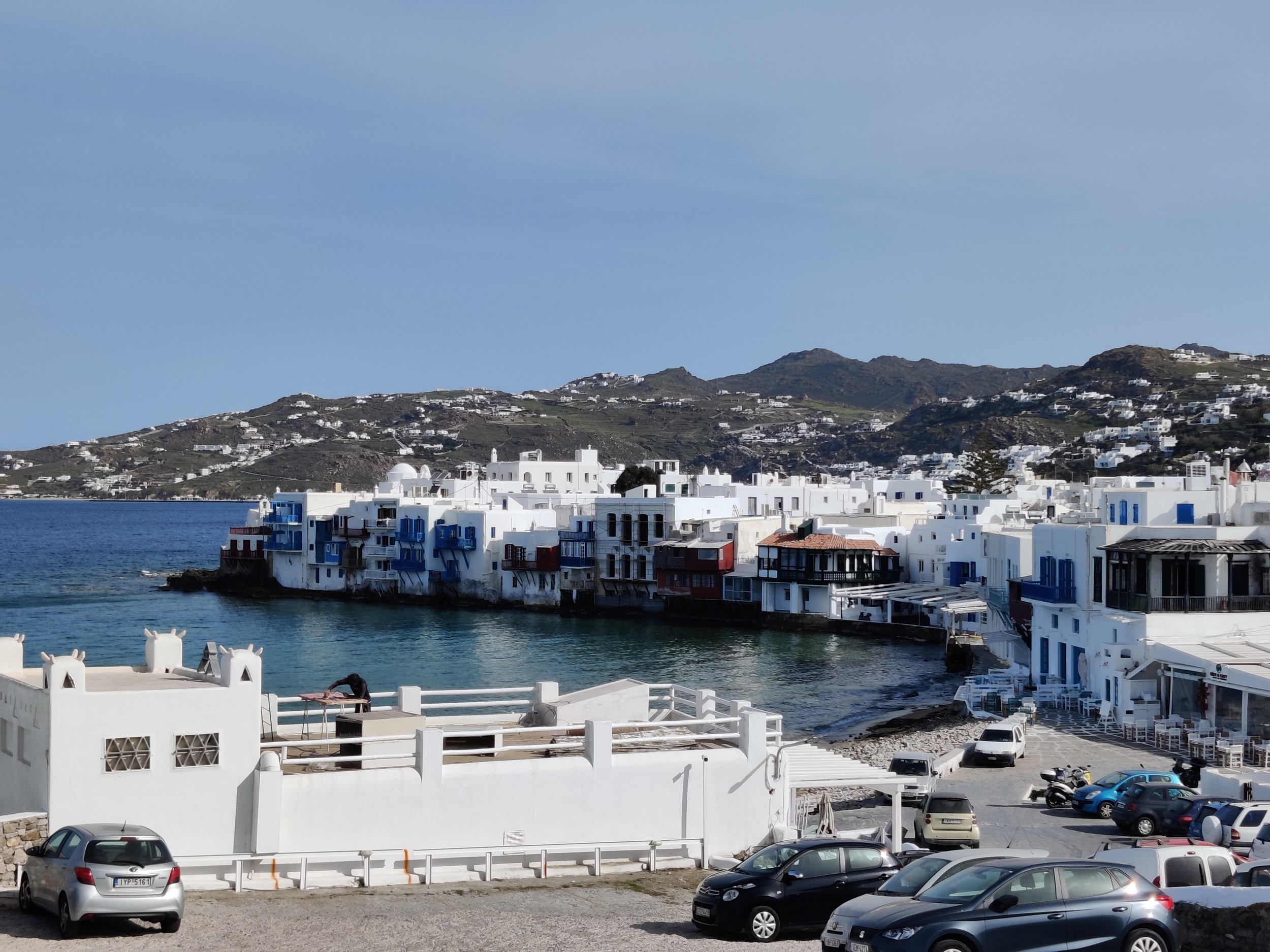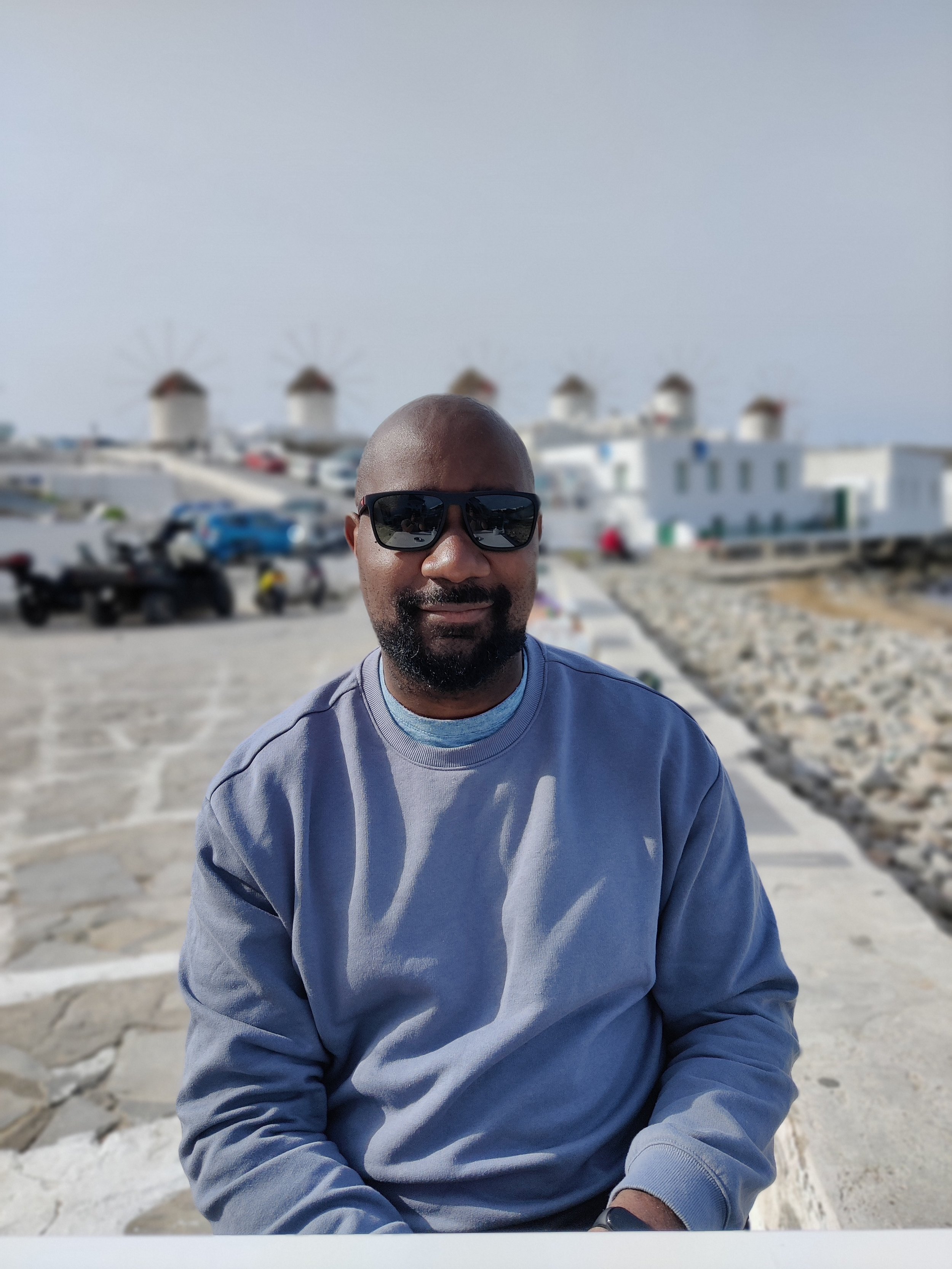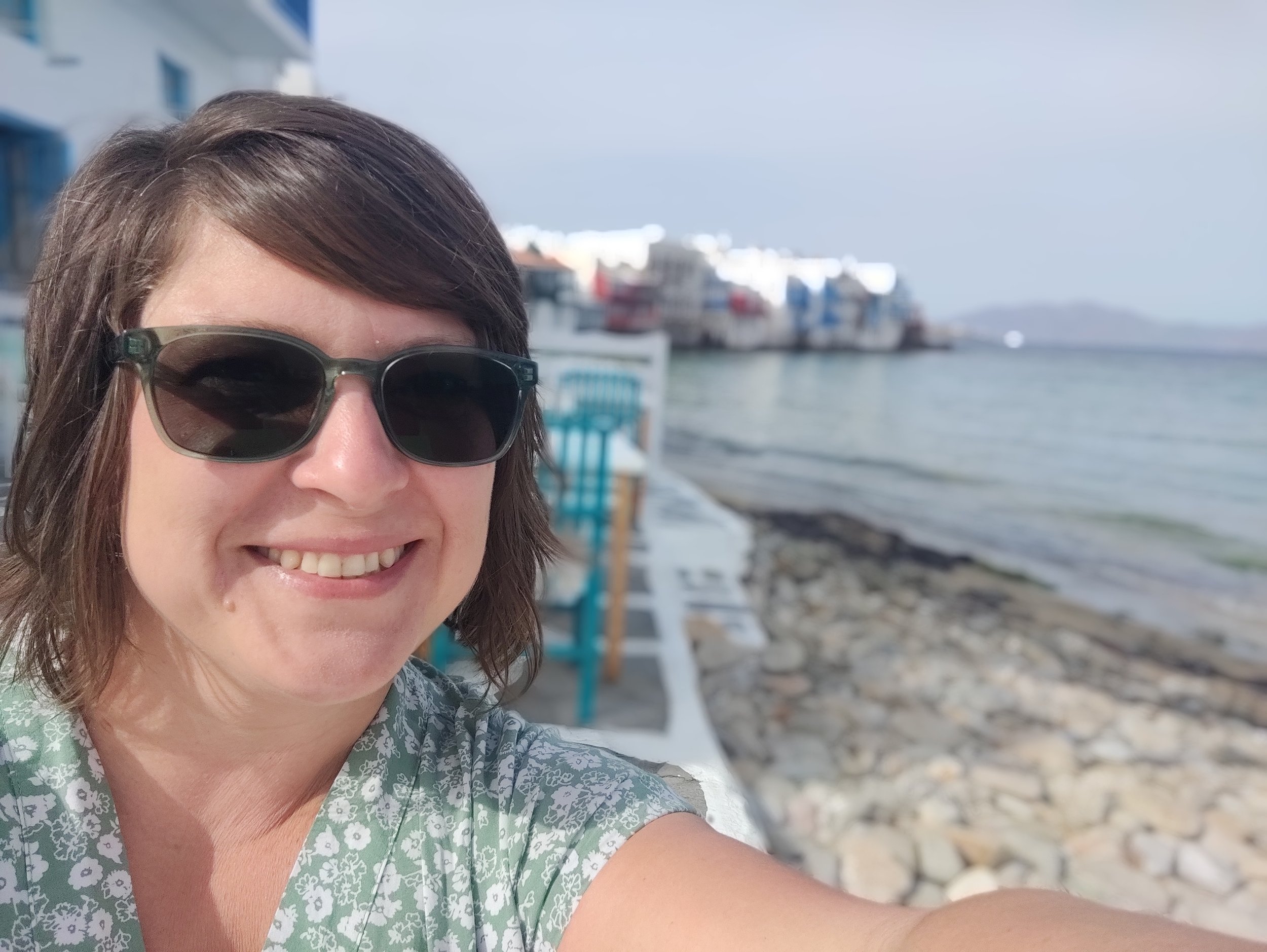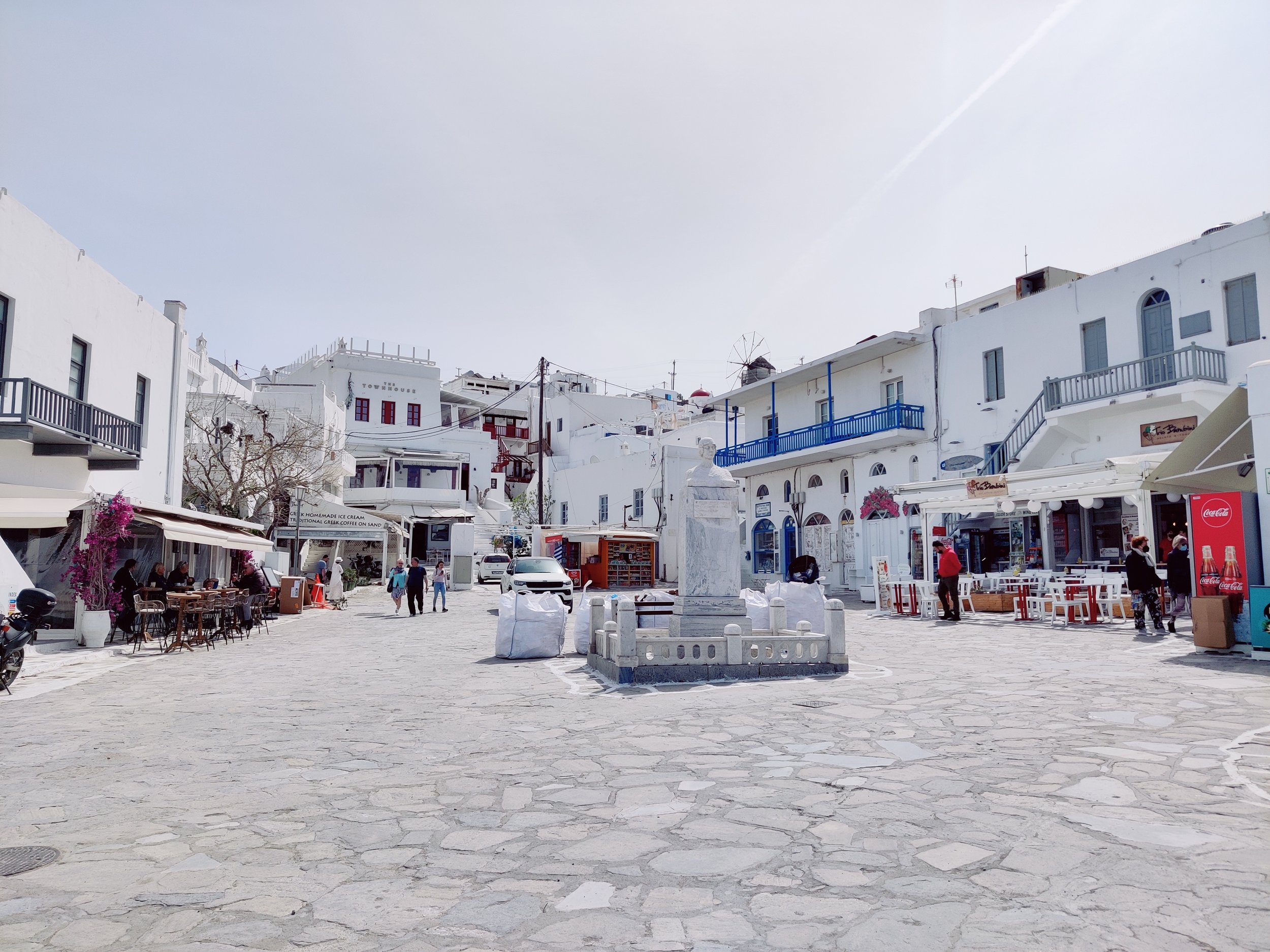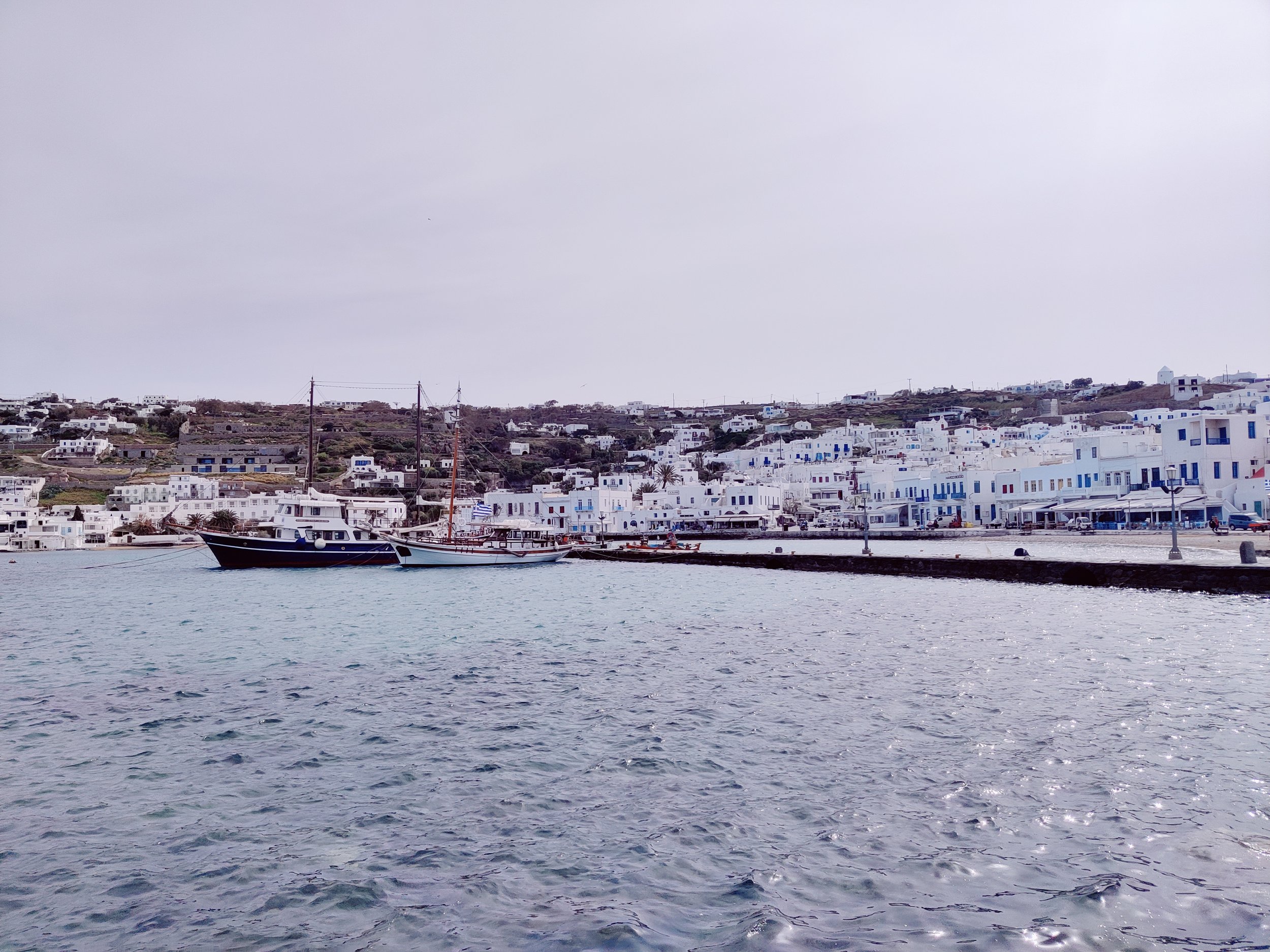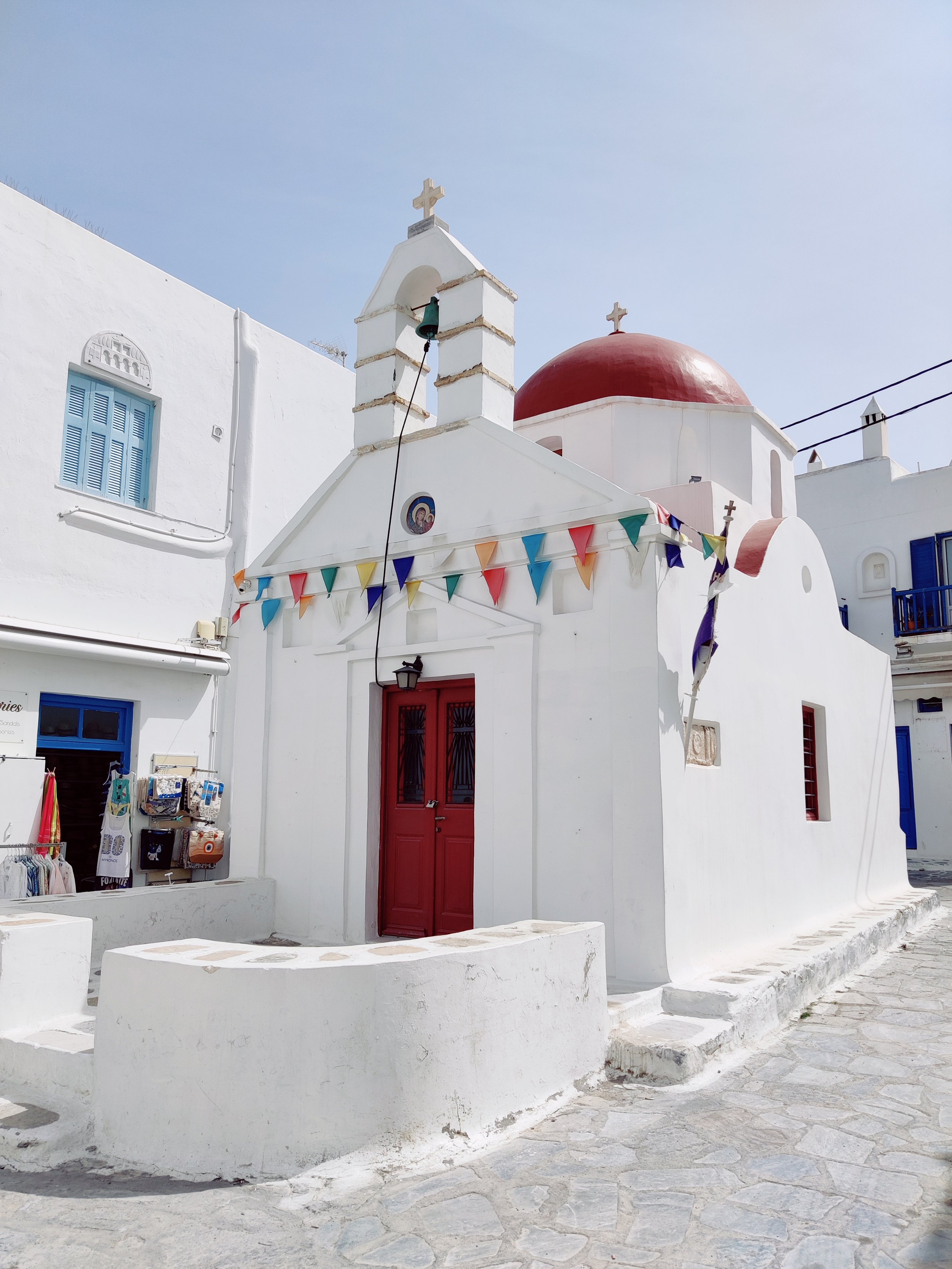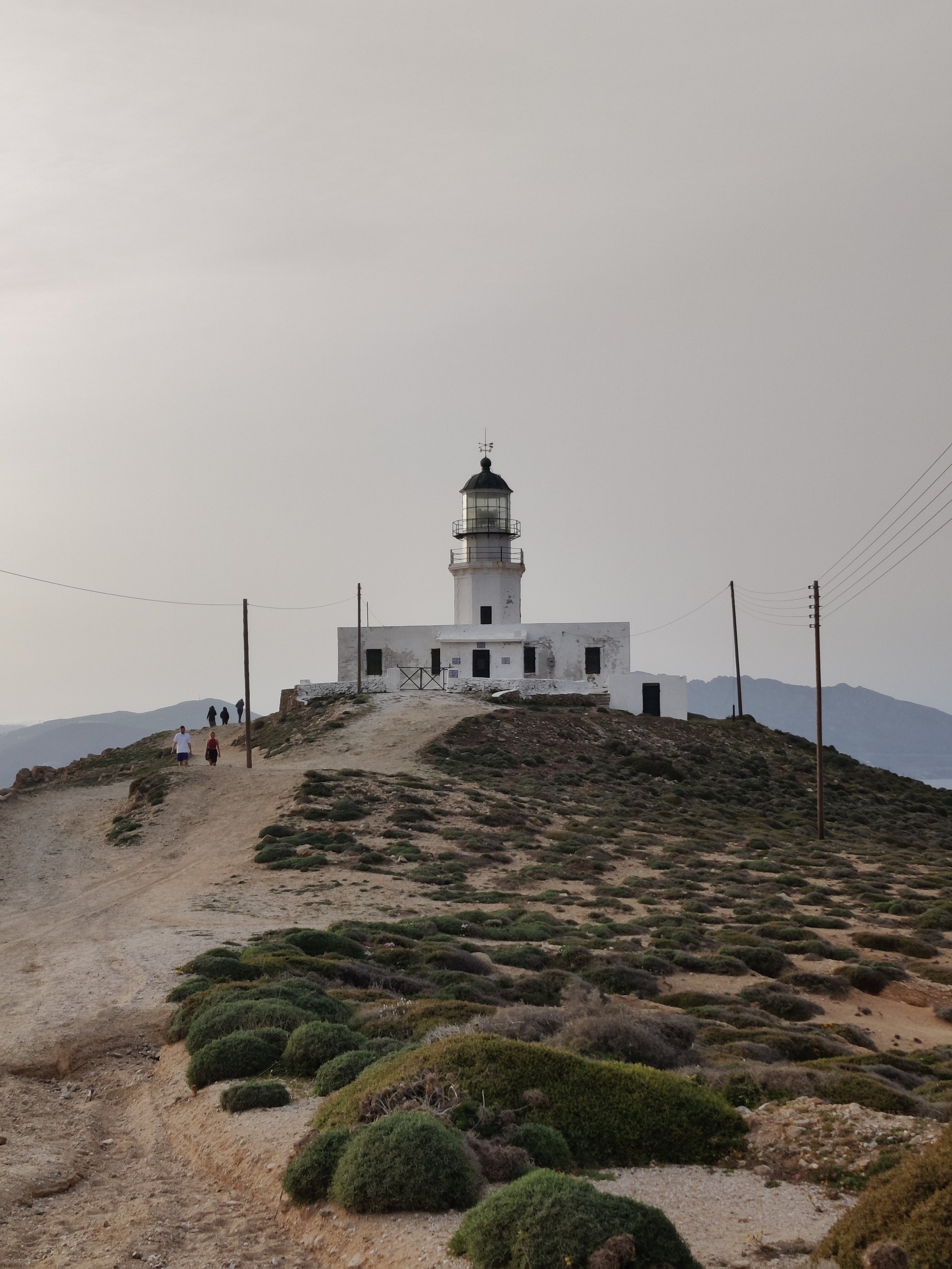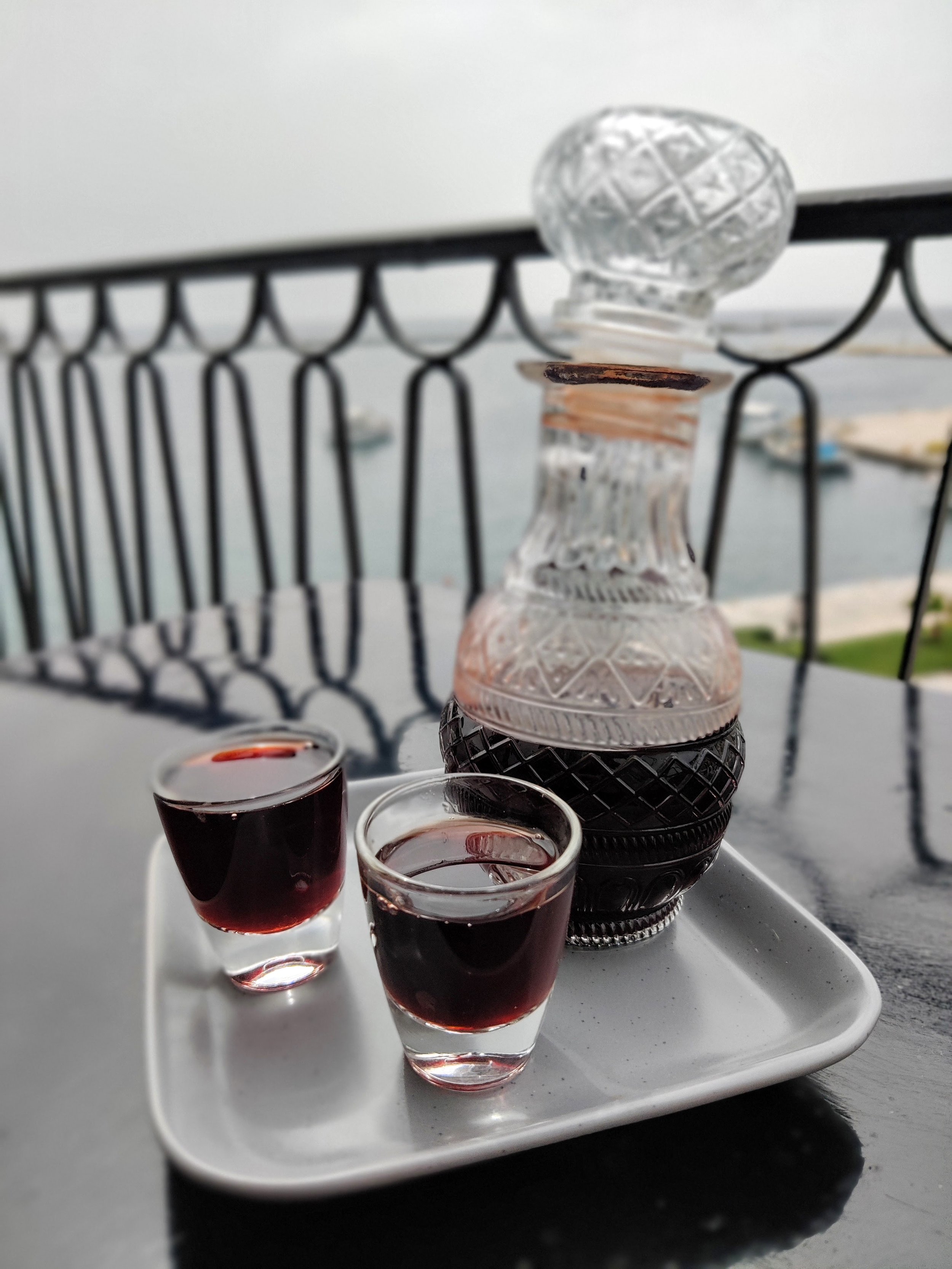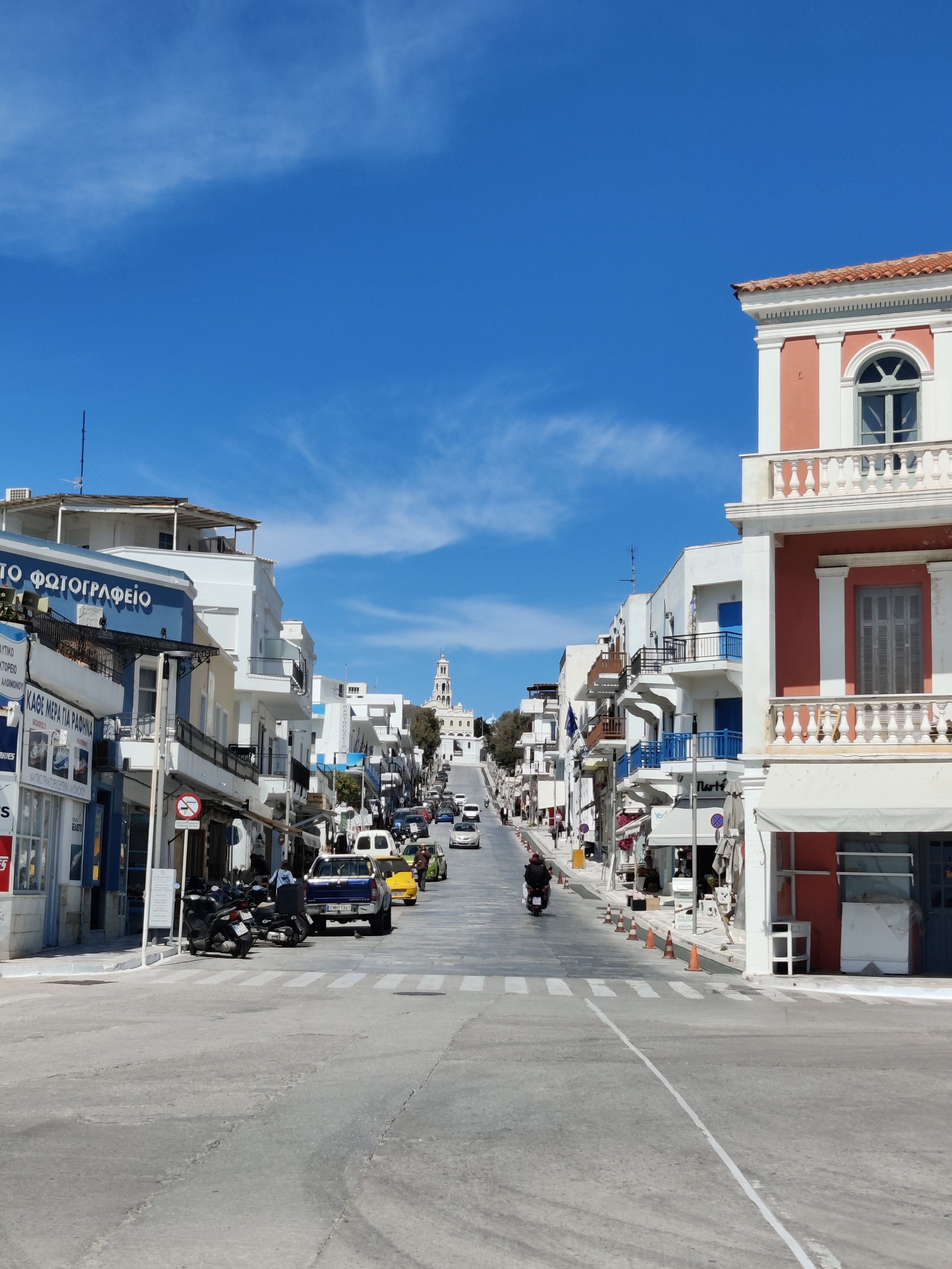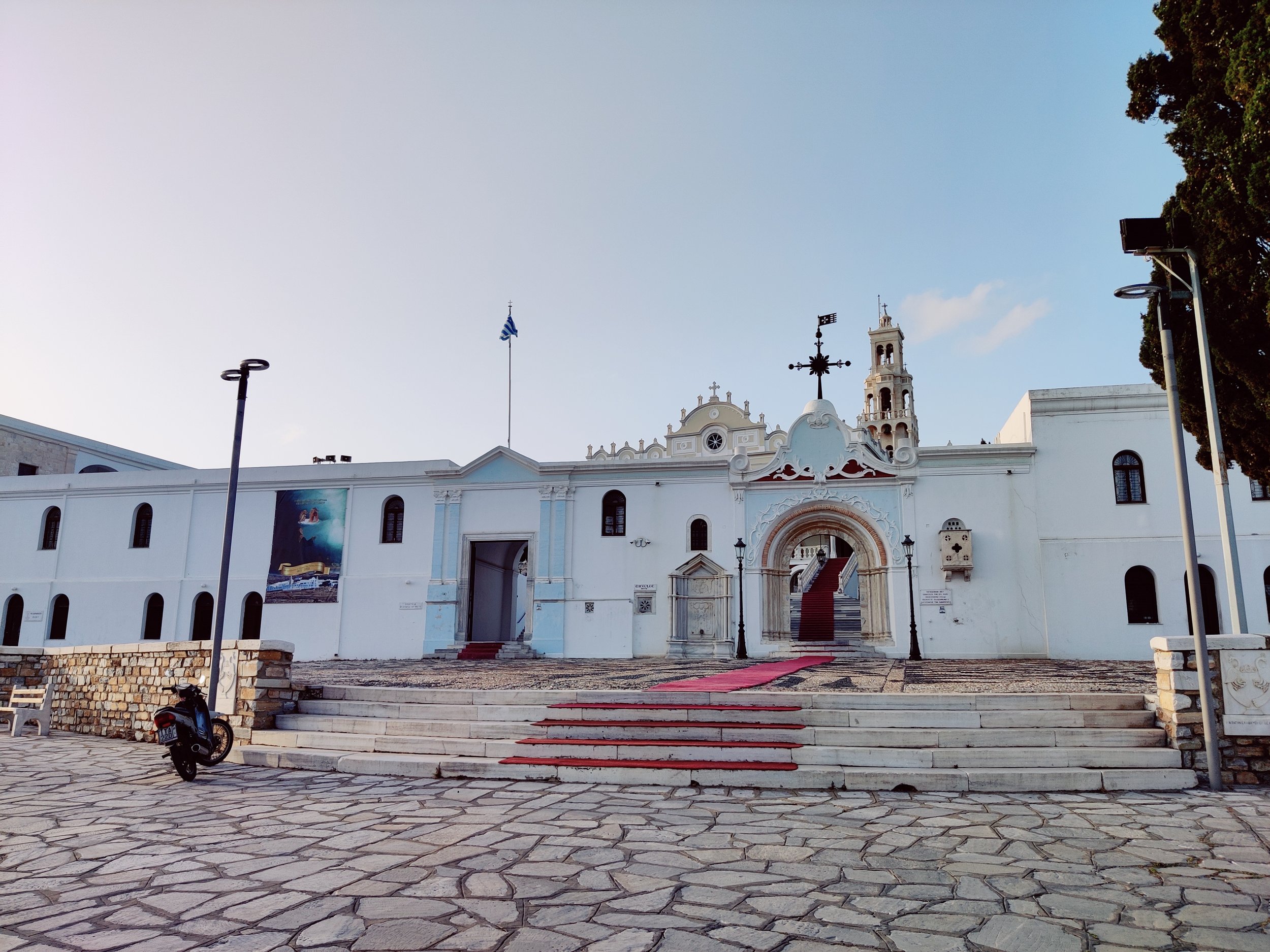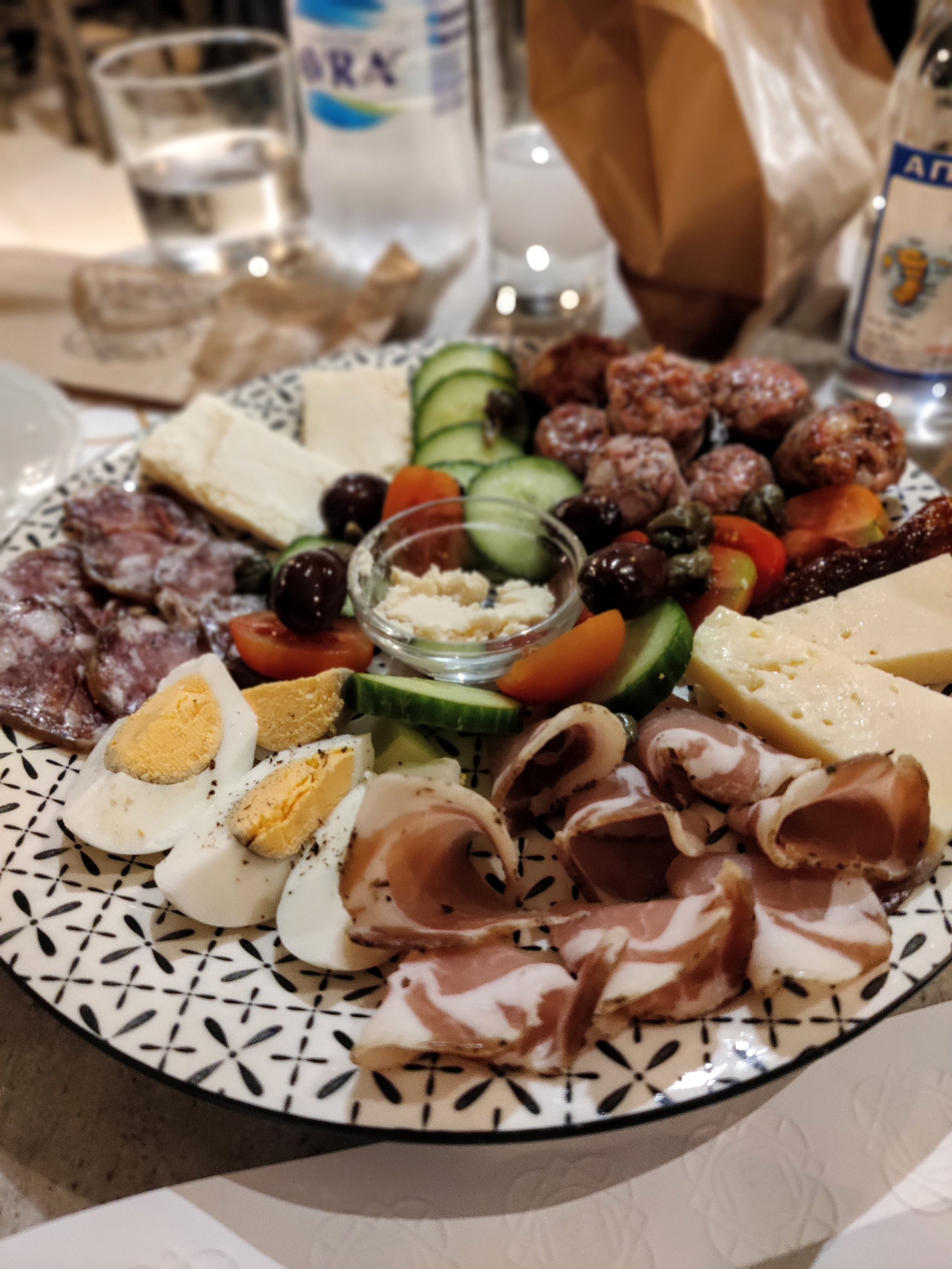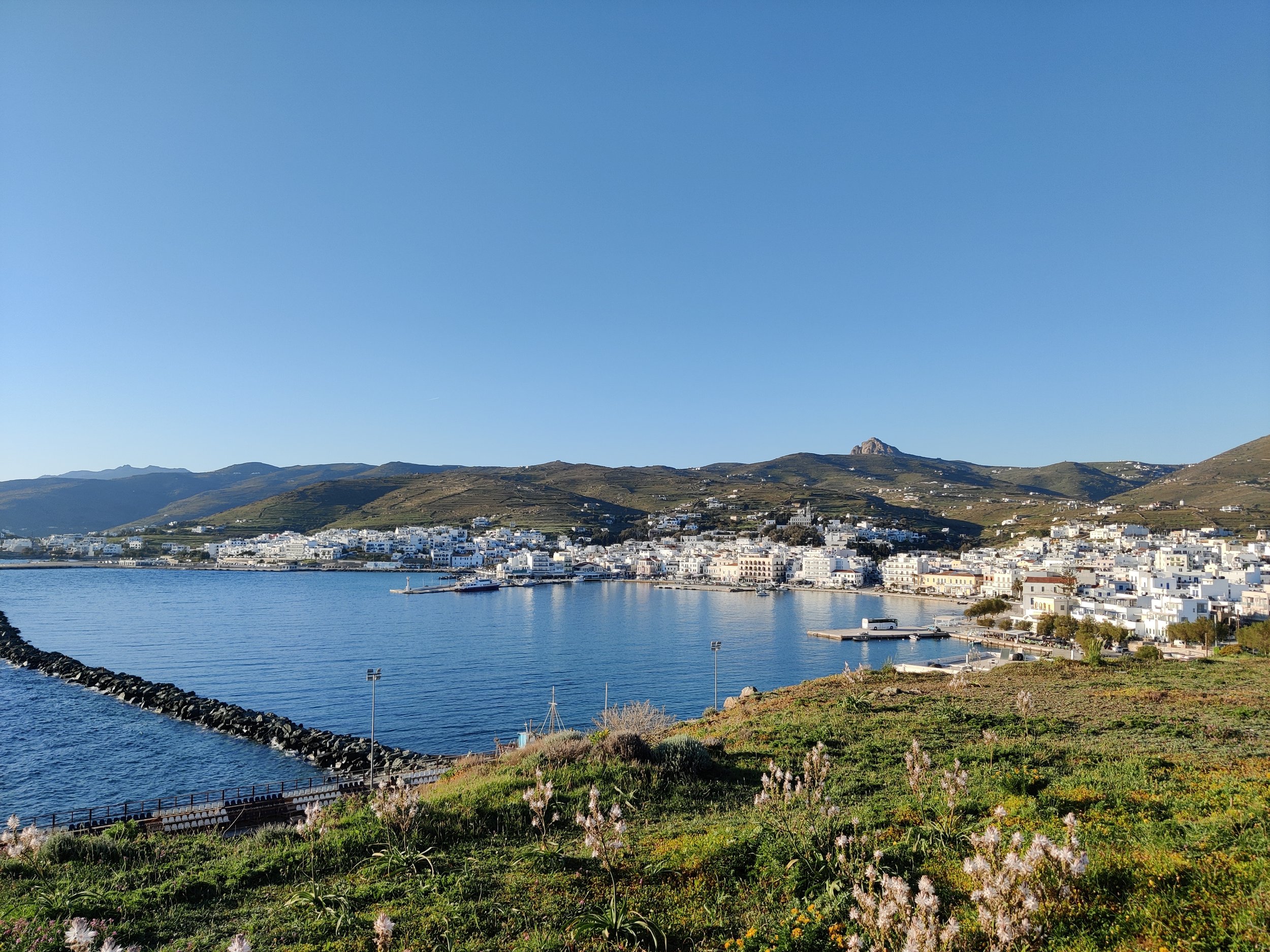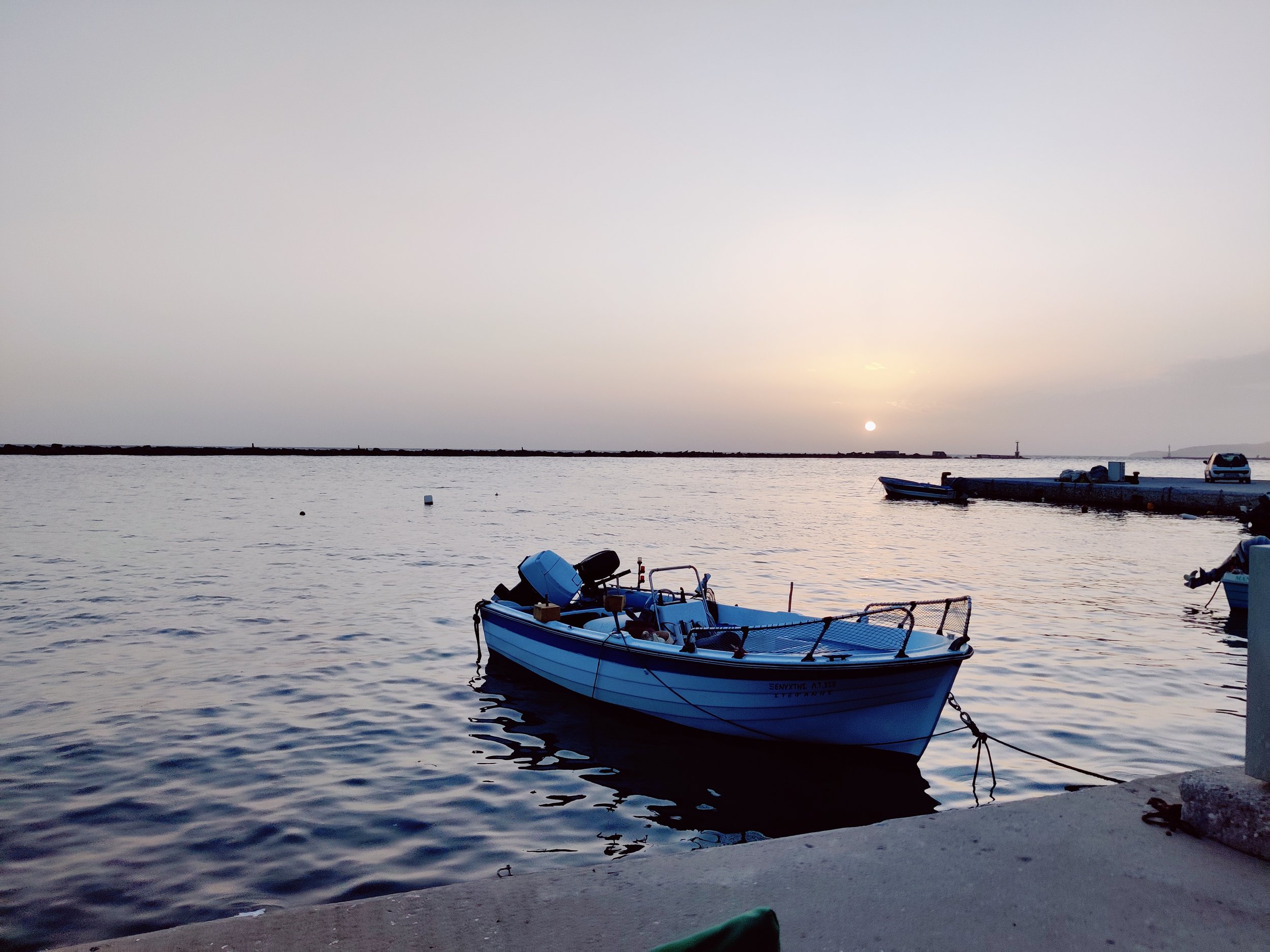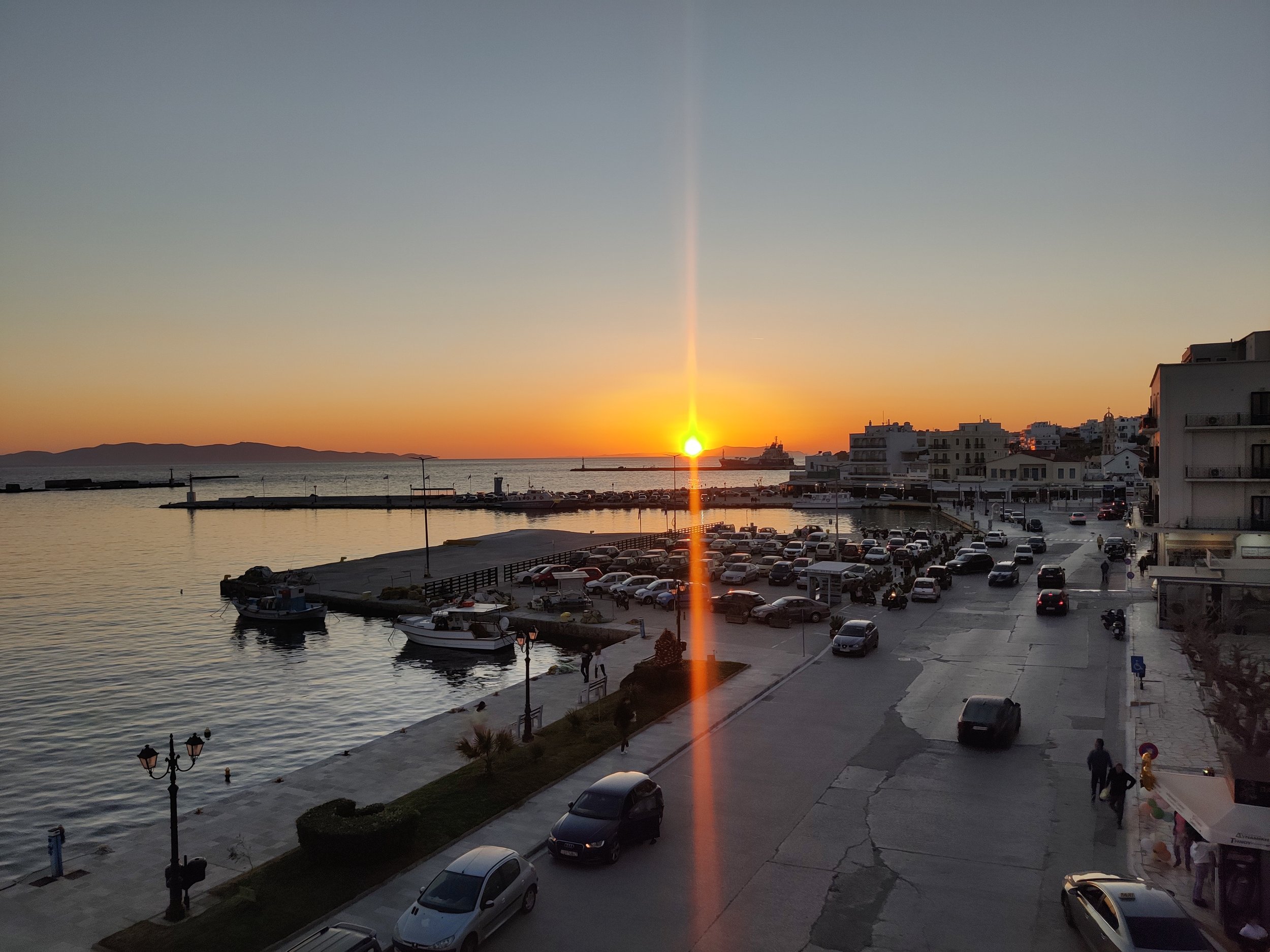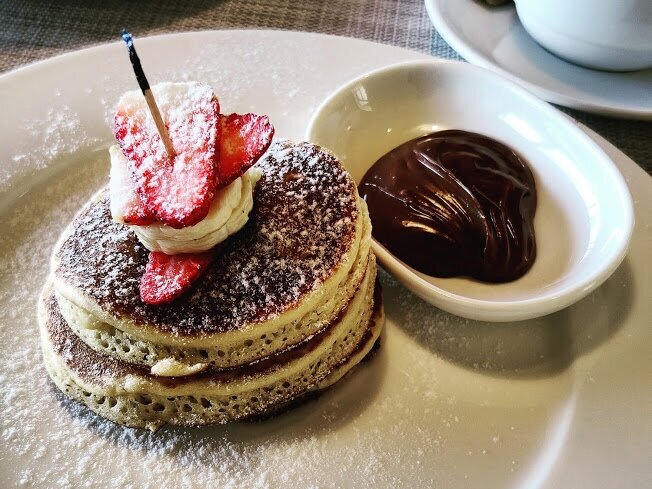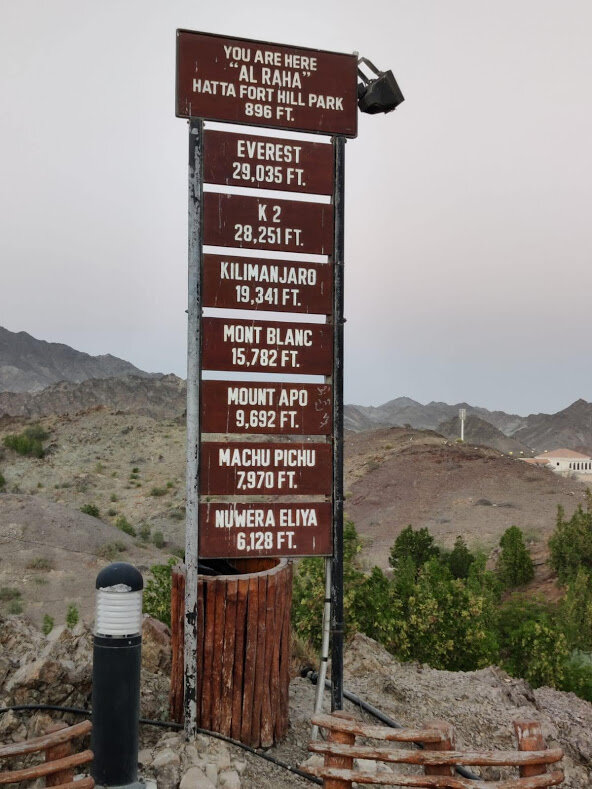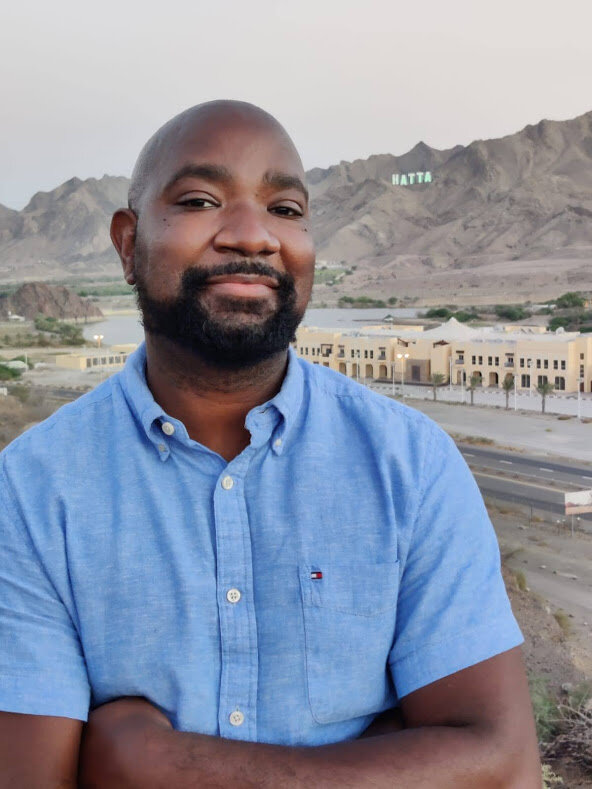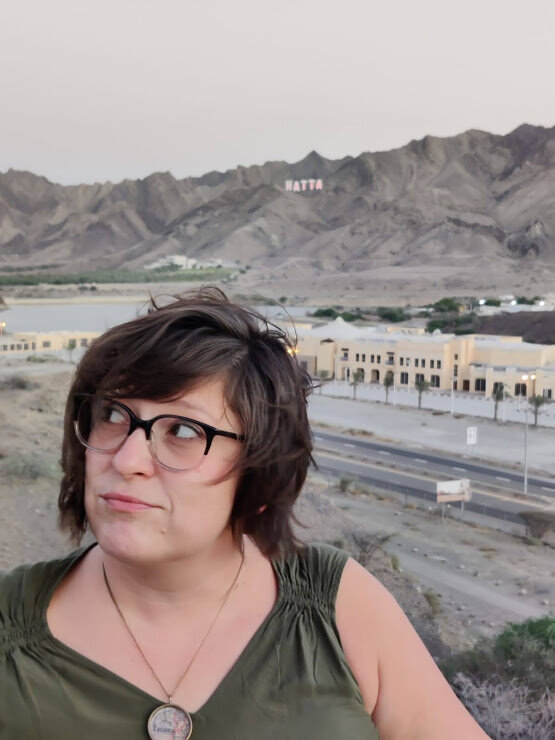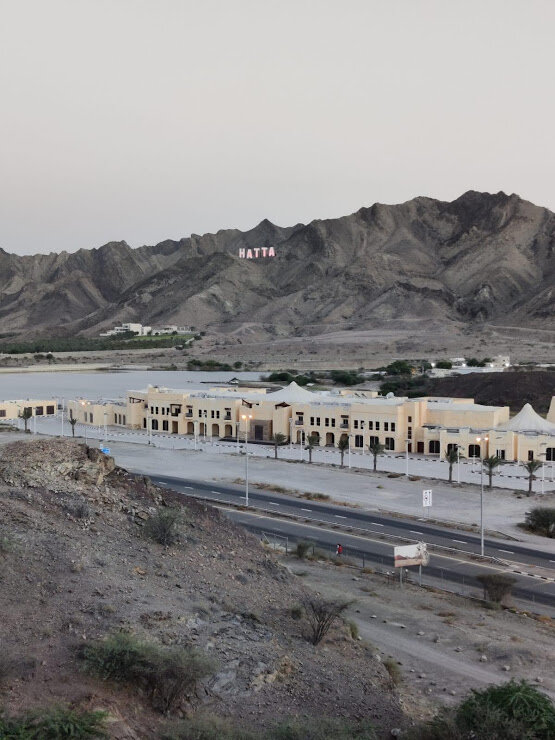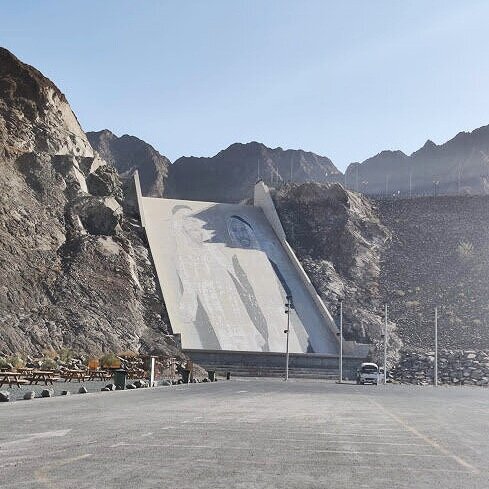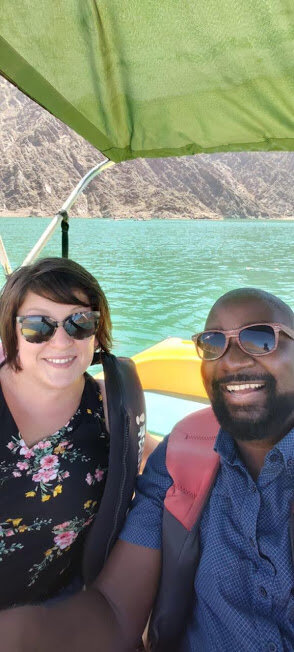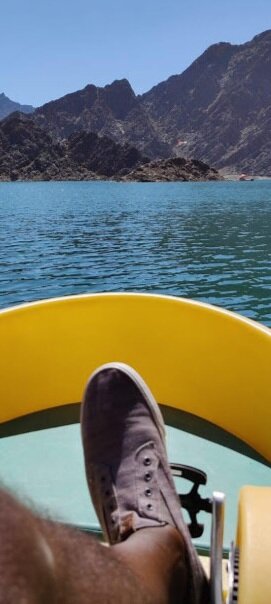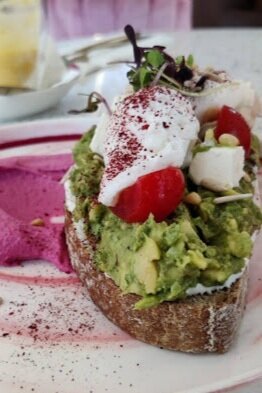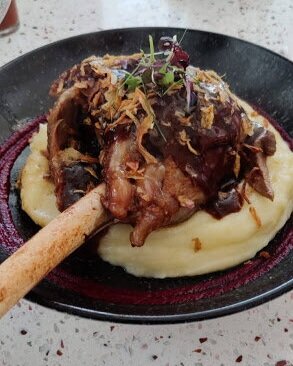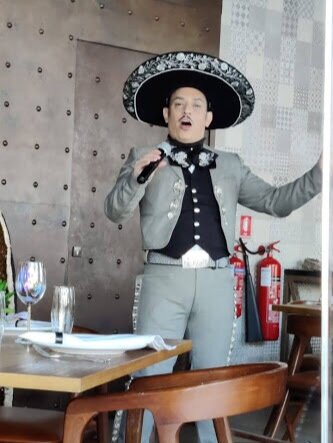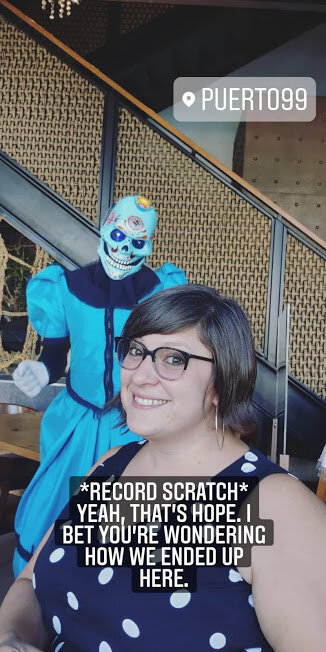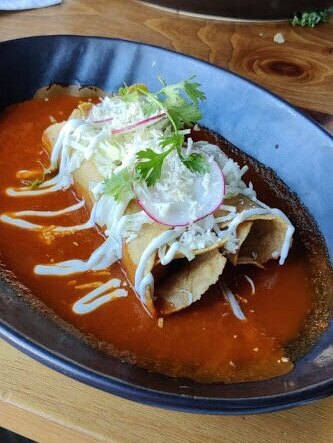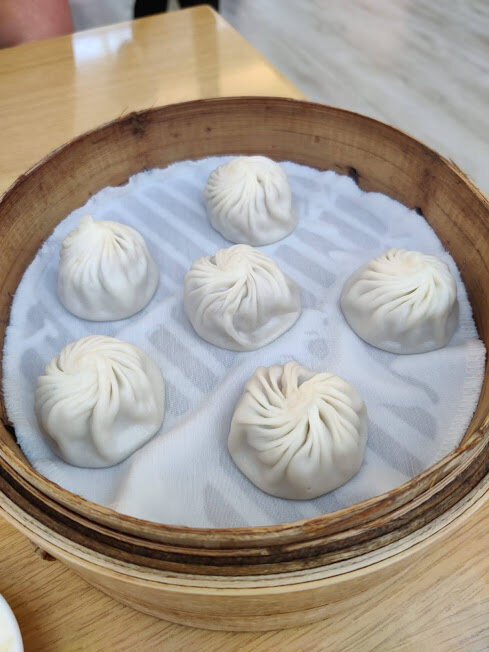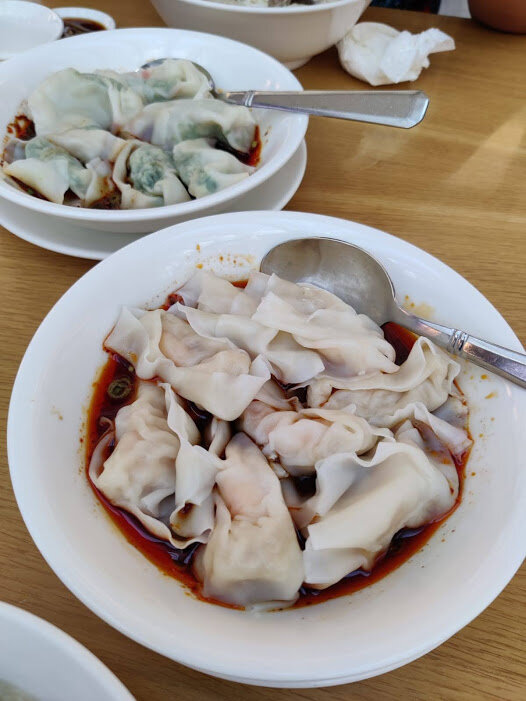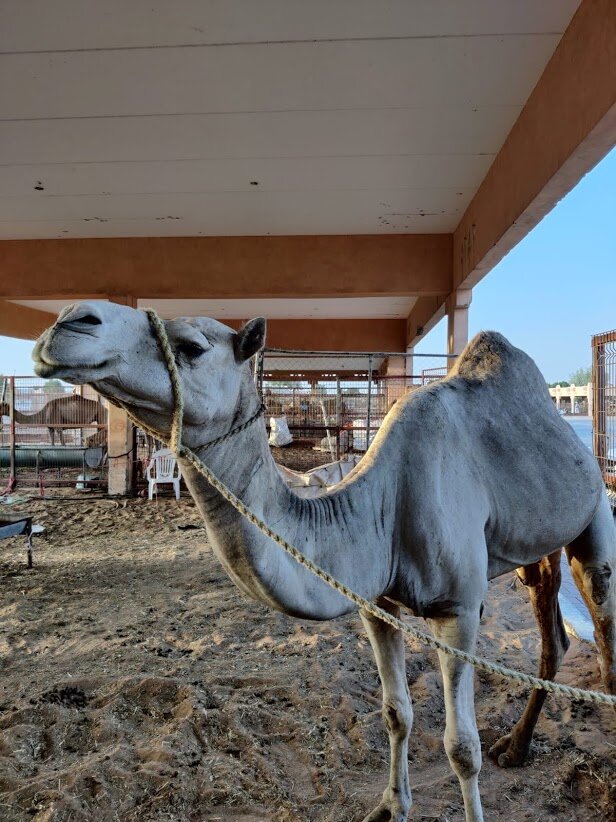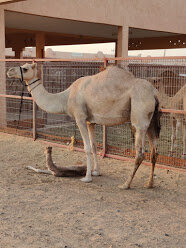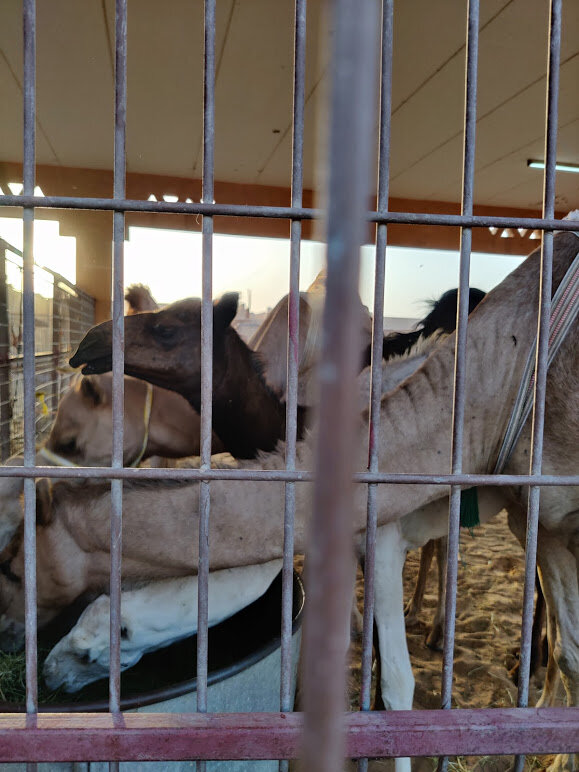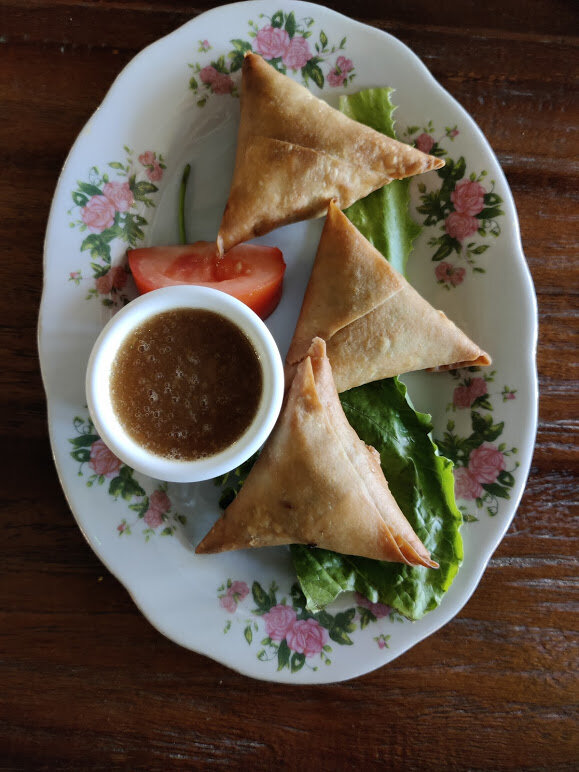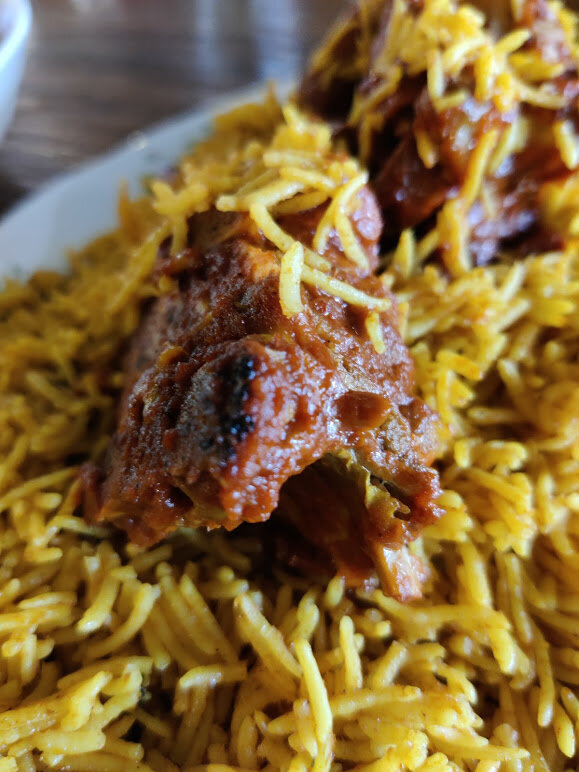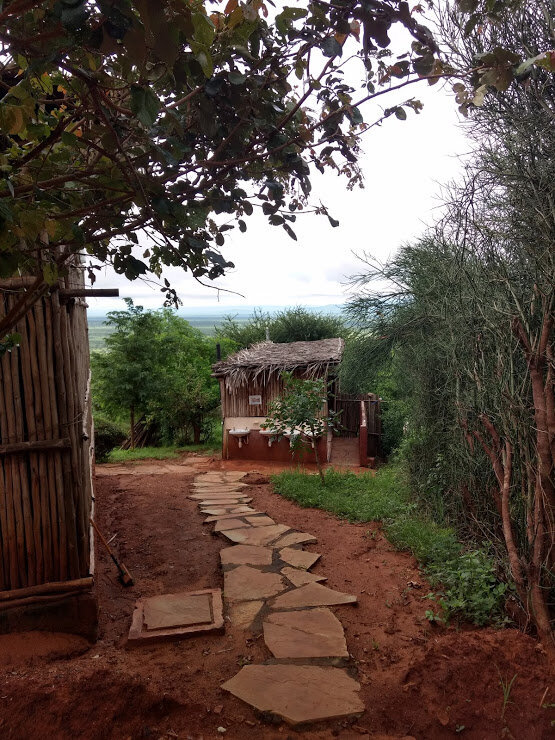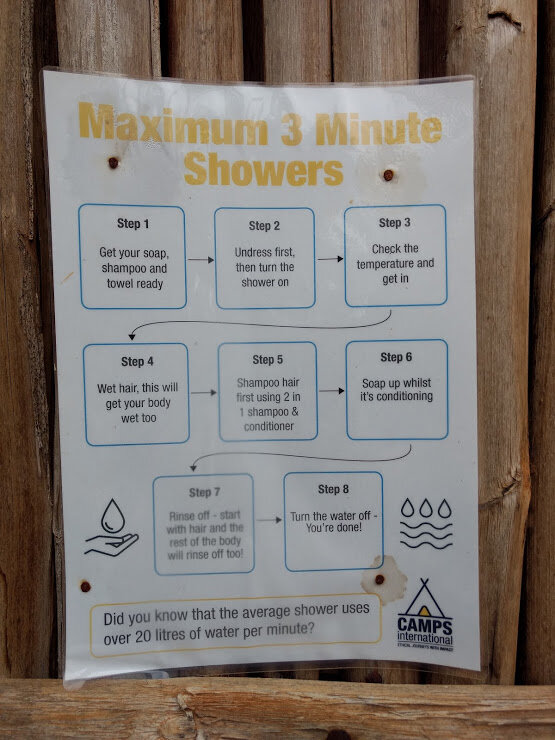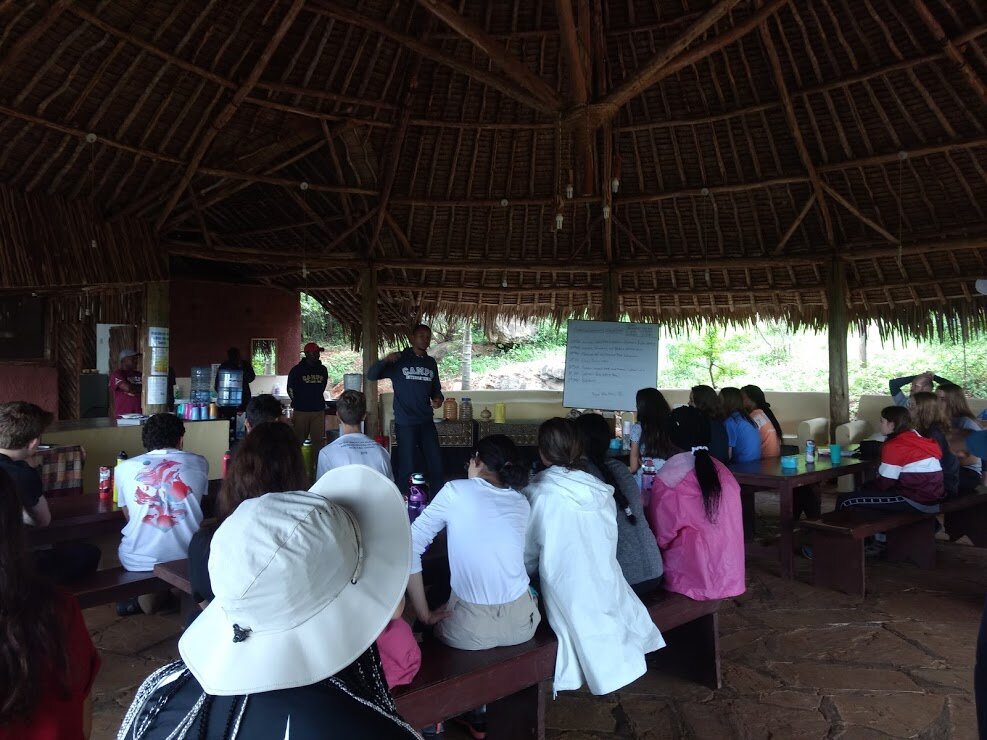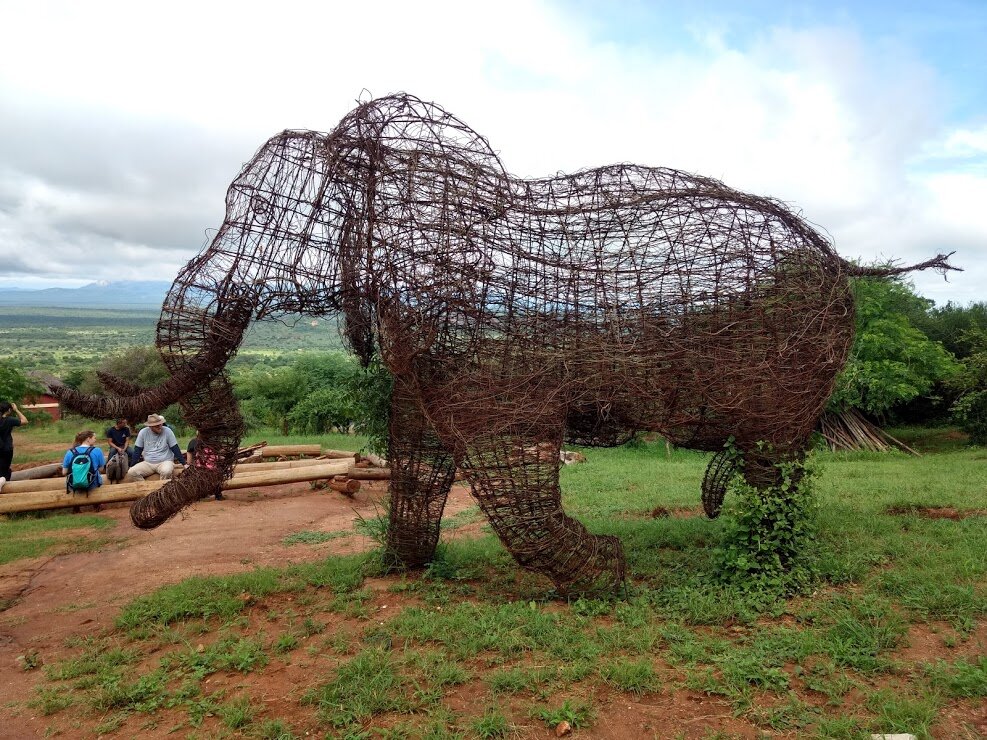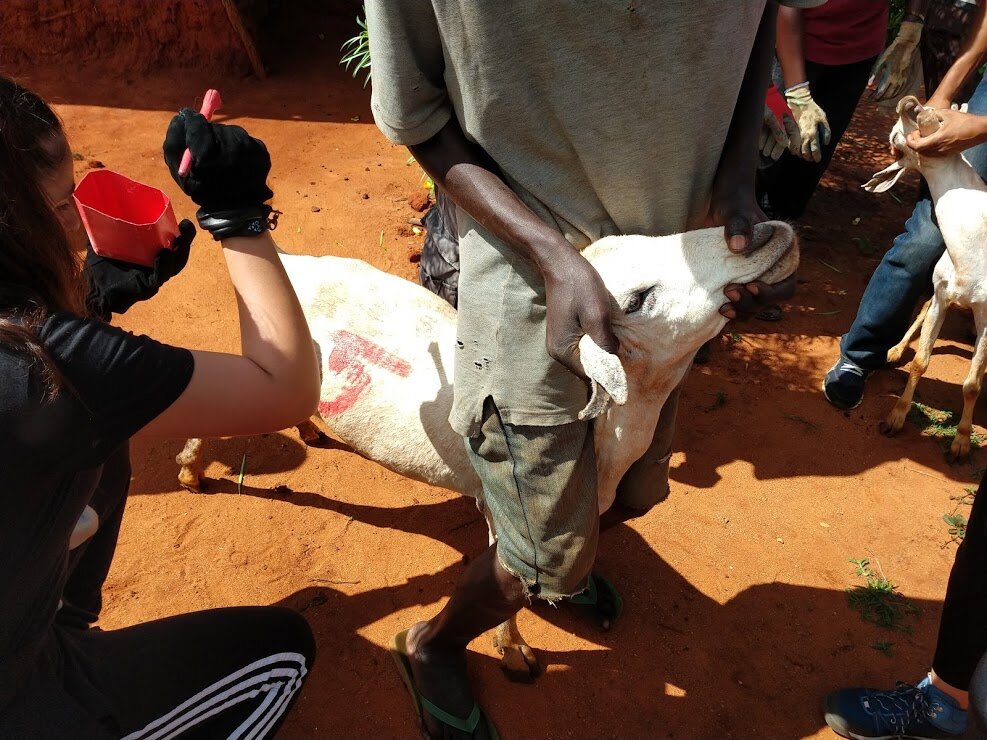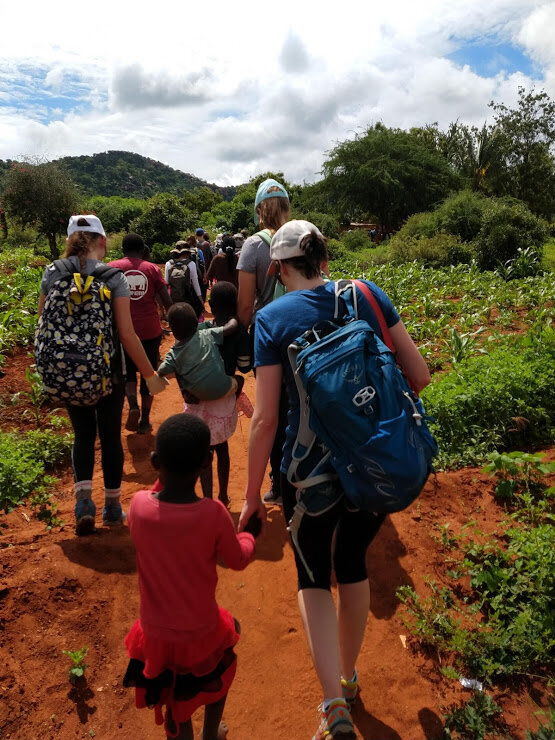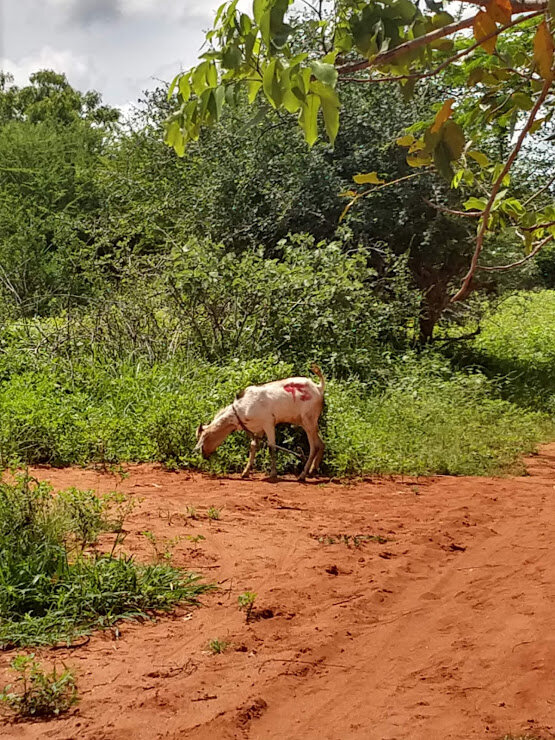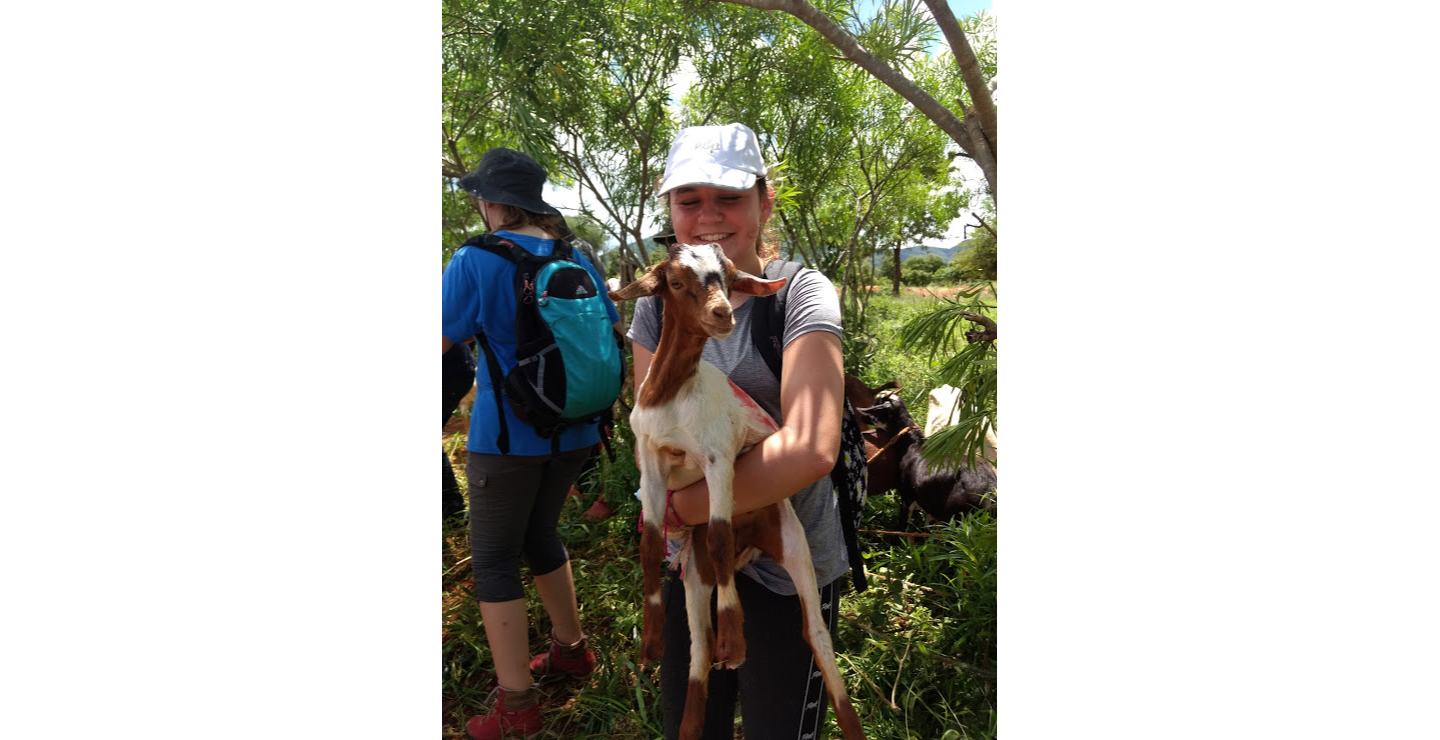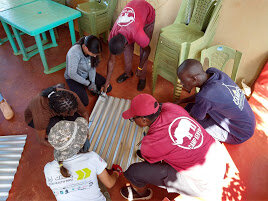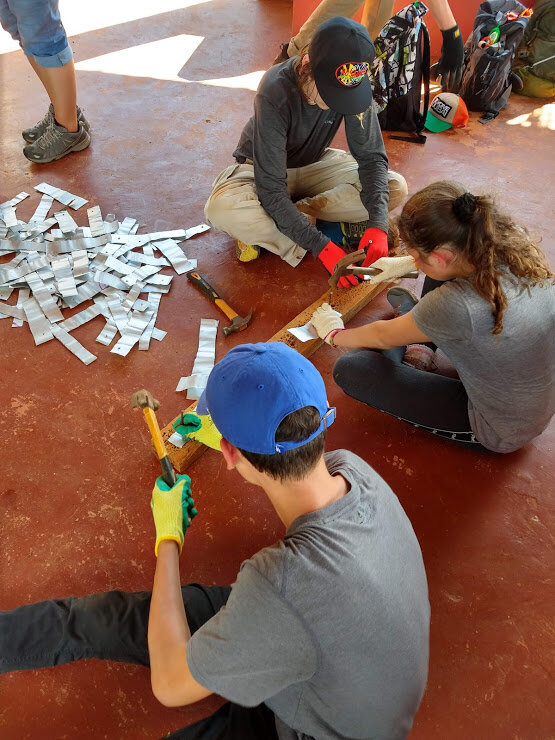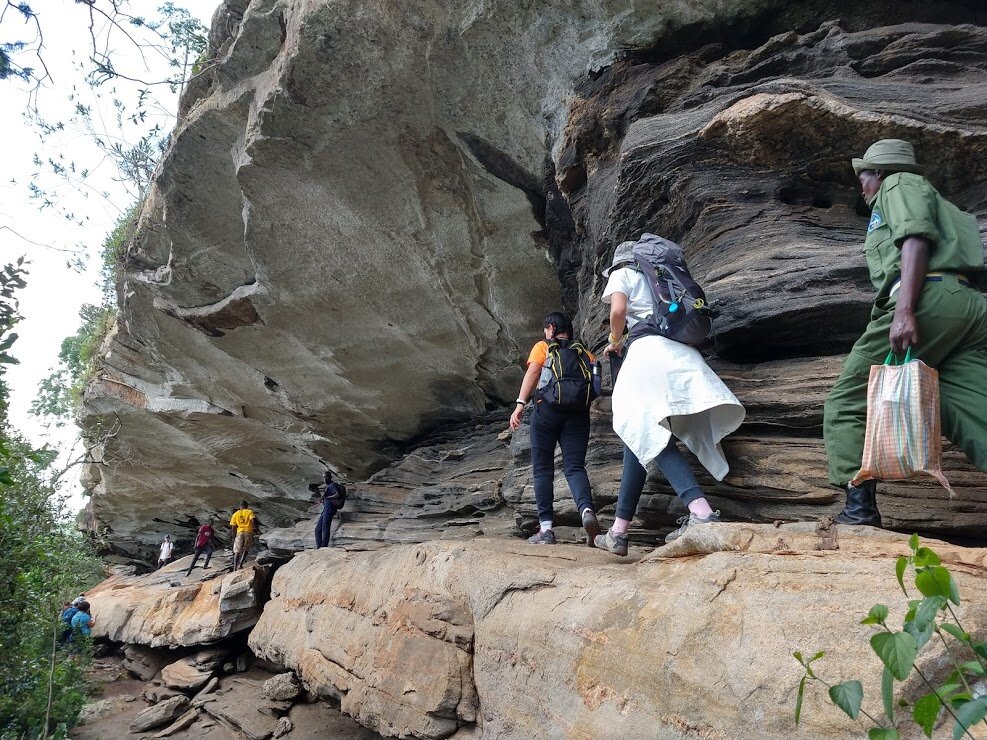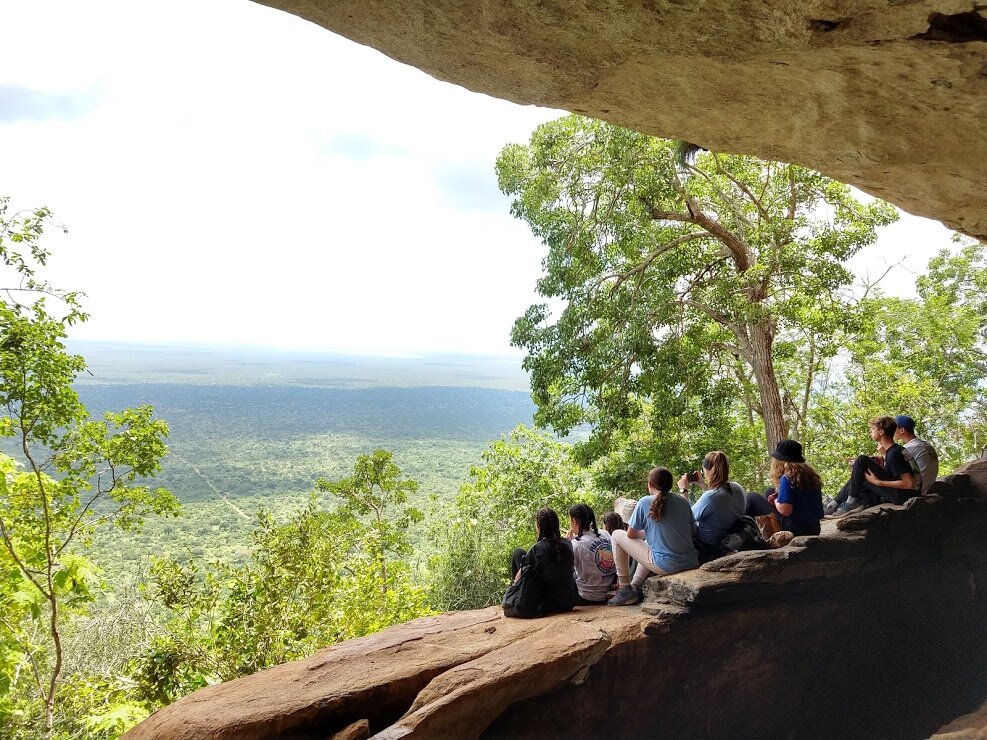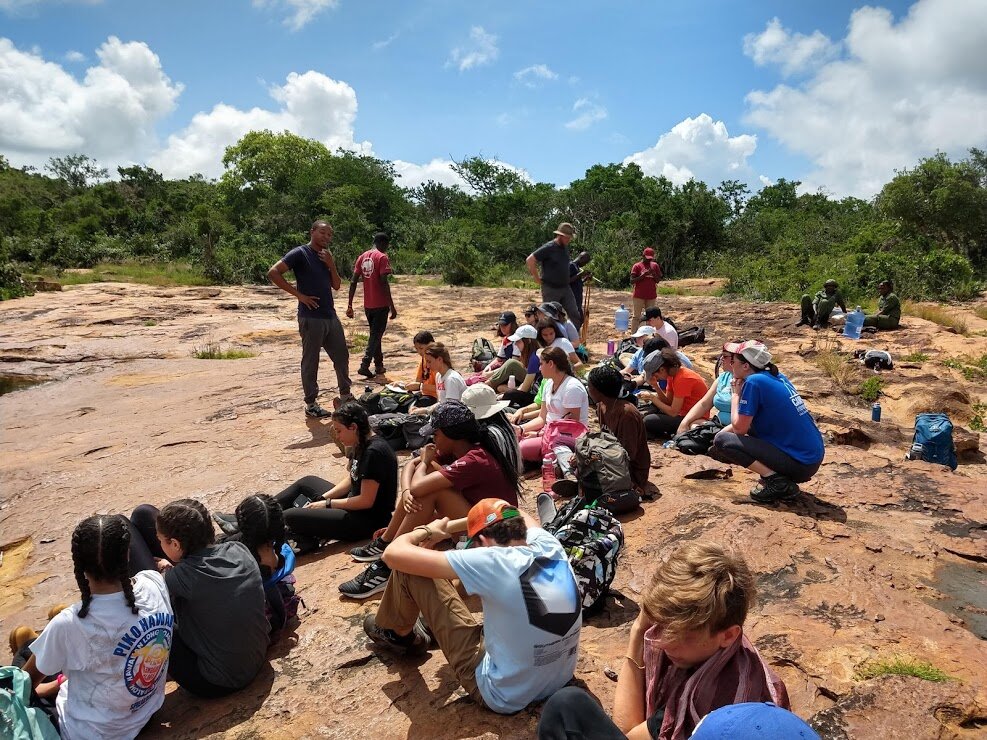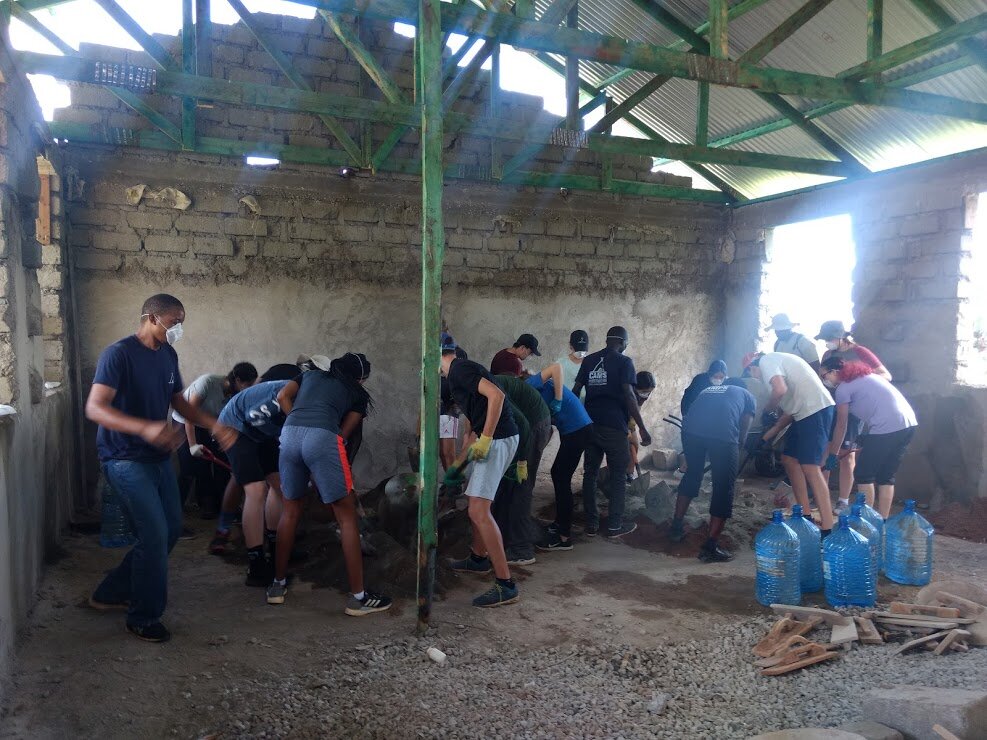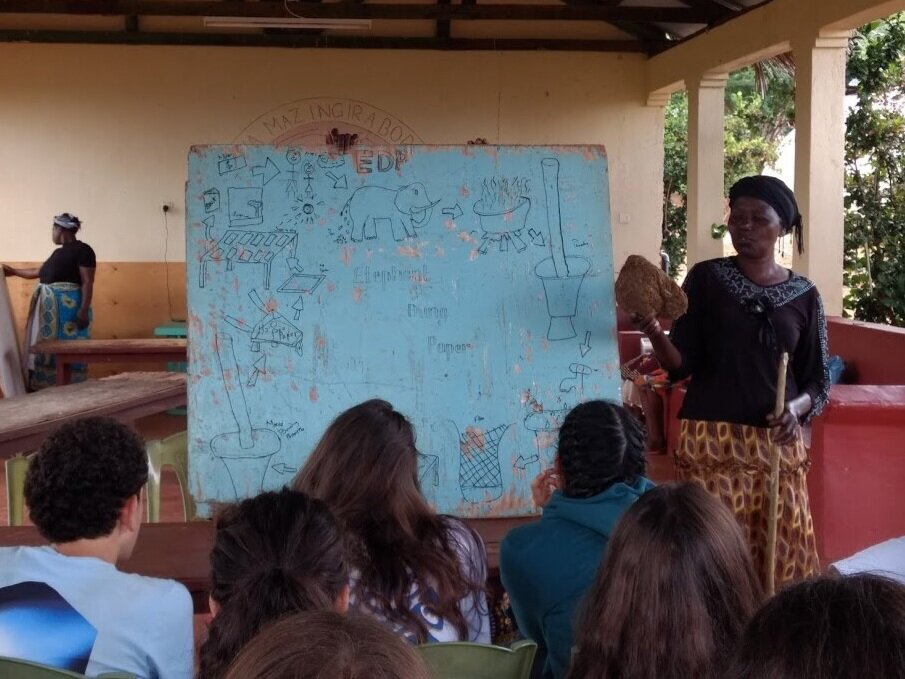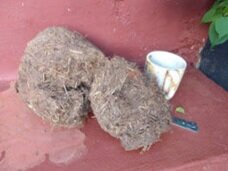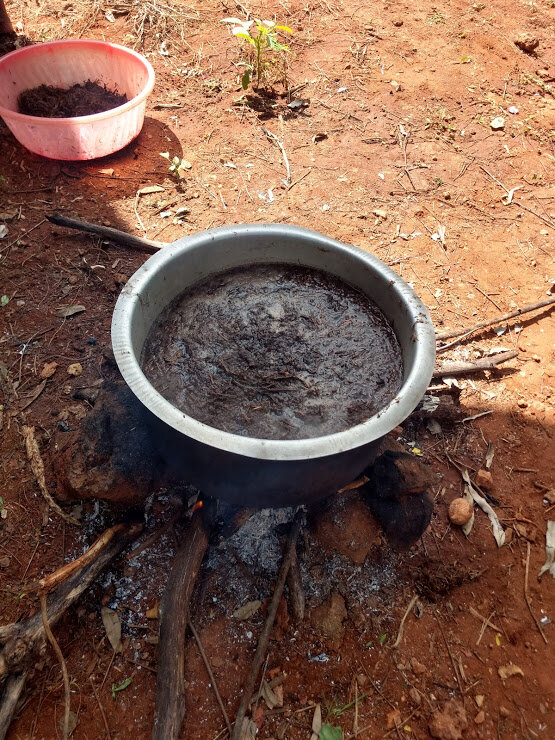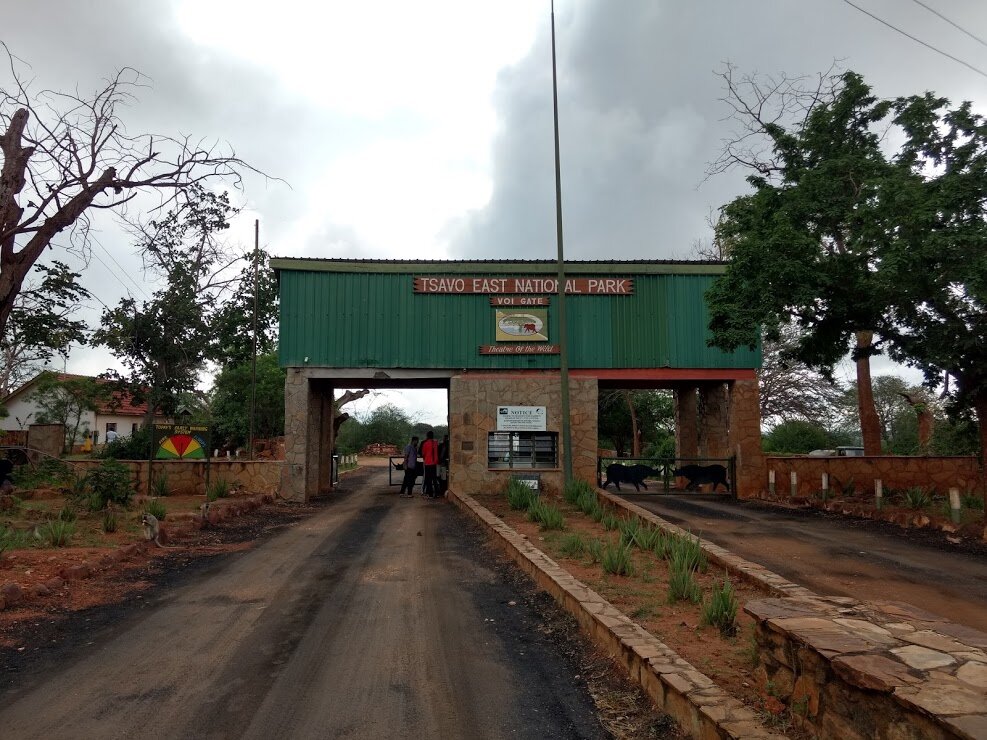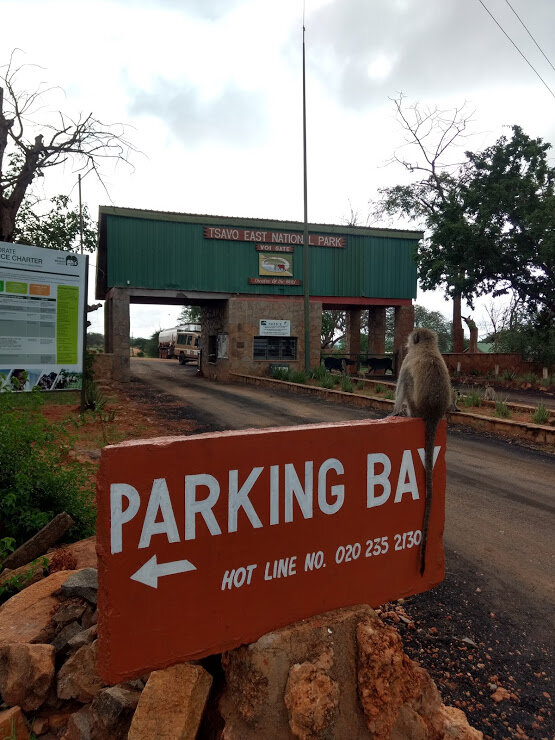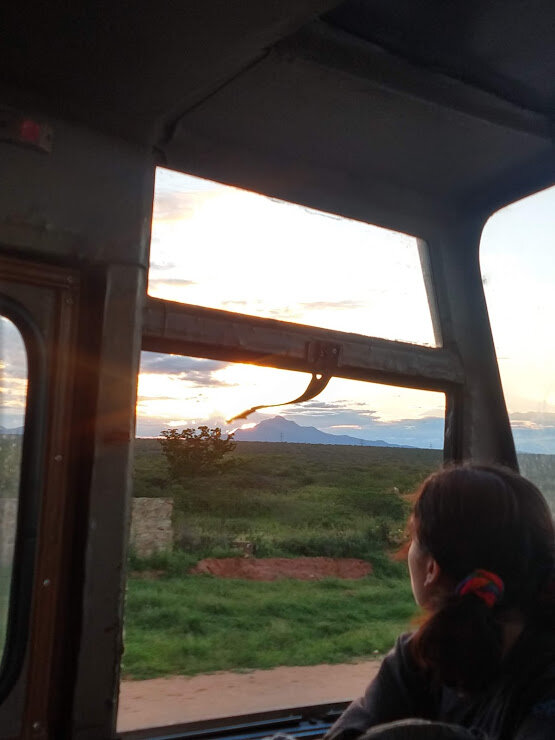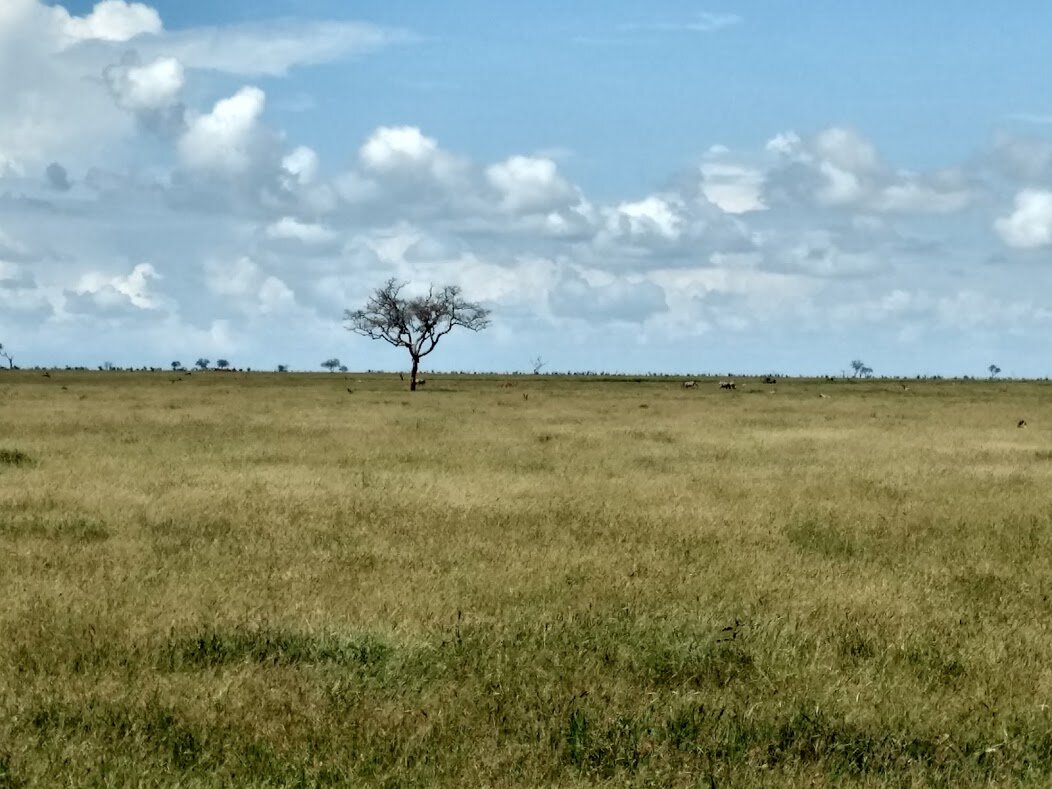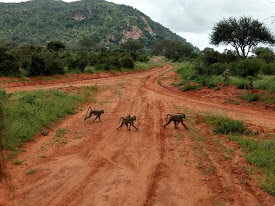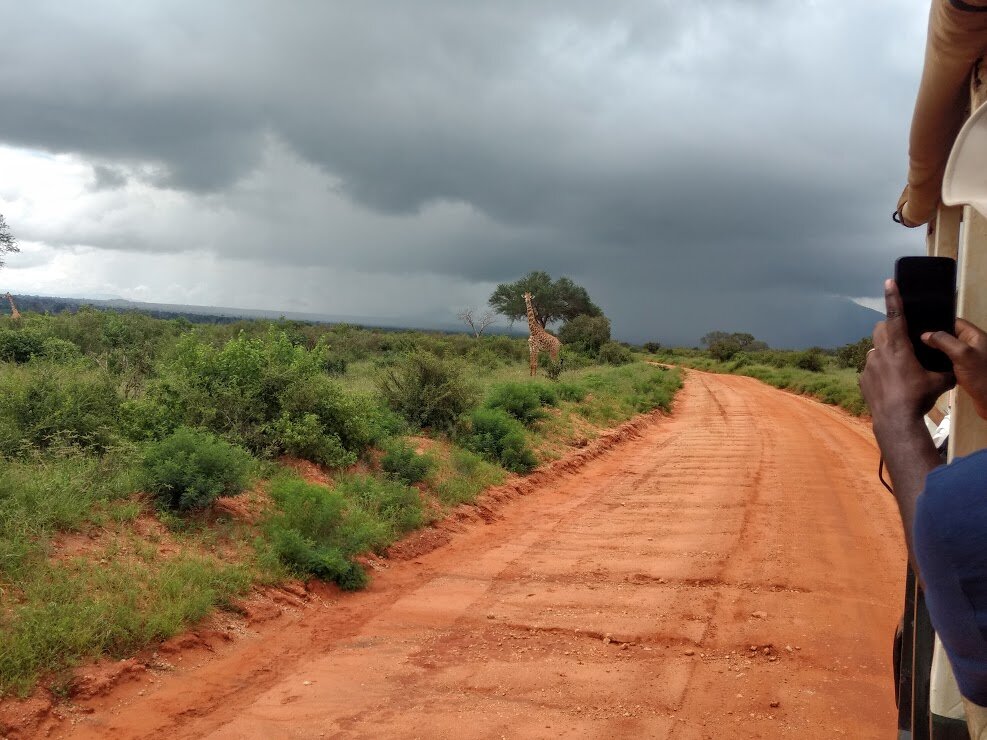Armenia: As Old As Time (Literally)
For many, the lure of travel is the promise of adventure. It is the act of collecting stories to share at dinner parties of close-calls on mountain tops, of hilarious miscommunications at a restaurant, or moments of clarity that dawn with a sunrise on a beach.
While booking a ticket to a new city or country stirs that sense of promise, there’s something sweet about knowing you are going back to a place you loved. This fall break, after flirting with other locals, we settled on a return visit to Yerevan, Armenia. Readers may recall details from our previous trip last October.
This time we settled into a familiar routine. Wake up. Donne our hoodies (after living in the desert it feels nice to be a bit chilly) and raincoats. Walk to breakfast. Meander down some side streets. Stop for coffee. Meander some more. Head back to the hotel for a nap. Hit the streets again for dinner and street food. The best part about revisiting a city you’ve experienced previously, is that you don’t feel any pressure to hurry up and “see all the sights” because you already have.
In the spirit of “if it ain’t broke, don’t fix it” we booked again at the wonderful Phoenix Boutique Hotel, one block from a corner store, one block from the 24/7 Shawarma & Chicken joint, and 3 blocks from the best wine bar in the city, In Vino.
We popped by our favorite tour company One Way Tours, and selected a half-day trip “Garni, Geghard, Arch of Charents, and Symphony of Stones.” Although it poured rain most of the day, and the view of Mount Ararat was obscured by low clouds, we were not detoured and frankly, we enjoyed the respite from the (post-summer yet still not pleasant temps in Abu Dhabi.
Twenty-something Hope and Nate would've told you “if you've seen one monastery, you've seen em all.” In our 40s the historical weight of a 2nd century place of worship is beyond description. At one point, we thought someone was piping in choral tunes (and thought ,”boy, that's cheesy”), but as we turned the corner we saw the four person chorale. In. Real. Life.
At another point, our guide nonchalantly noted that much of the church was built by carving out solid basalt rock. Yes, you read that correctly.










If that wasn’t enough, the story of Garni Temple is equally epic. A nod to pre-Christian Armenia and designed in that Hellenistic style we often associate with the Parthenon, this pagan temple has seen some things. At one point, Christians decided to build a multi-story church–bigger and better than this temple. However, when a massive earthquake hit, only one of the structures really survived and the locals stole the construction stones from the church.





To close out the tour, we ended at the Symphony of Stones. Despite the pouring rain (we’re Washingtonians), we walked down a huge ravine ensconced by basalt columns. It was like walking inside a giant pipe organ.
Shortly after this, we dipped into a family restaurant, where 70 year olds were making Lavash. Arguably a cross between pita and a tortilla, this ancient bread is traditionally made in literally 900 degree below ground ovens. This woman has been making bread since she was SEVENTEEN. Her hands are like cinder blocks.
One surprise of this trip was the number of dogs we saw. That’s right. Armenian street dogs. Here’s a photomontage for all you dog lovers out there.
One evening, we woke up a little later than usual from our nap and decided to try out a restaurant we’d passed by a few times by Martiros Saryan Park . We walked gingerly down the stairs, past a cloud of smoking old men who nodded and continued reminiscing about the old days. Immediately greeted by a giant stuffed bear (see picture), the sound of piano music, and an intoxicating aroma, we knew we’d found our spot for the night. Tables were filled with plates brimming with meats, dumplings, salads, and lots and lots of lavash. Beyond the menus, there wasn’t much going on in English, but that didn’t deter us from ordering Georgian garlic chicken, beef soup, and a few other delectable dishes.
One new thing we did this year was dig into soups. You read that correctly, soups. “No one ever got fat eating soup” Nate declared one evening. So we decided to test his theory and are now working our way through recipes from The Armenian Kitchen.
On the way home we were joking about coming back next fall break. Yerevan is a special place.
